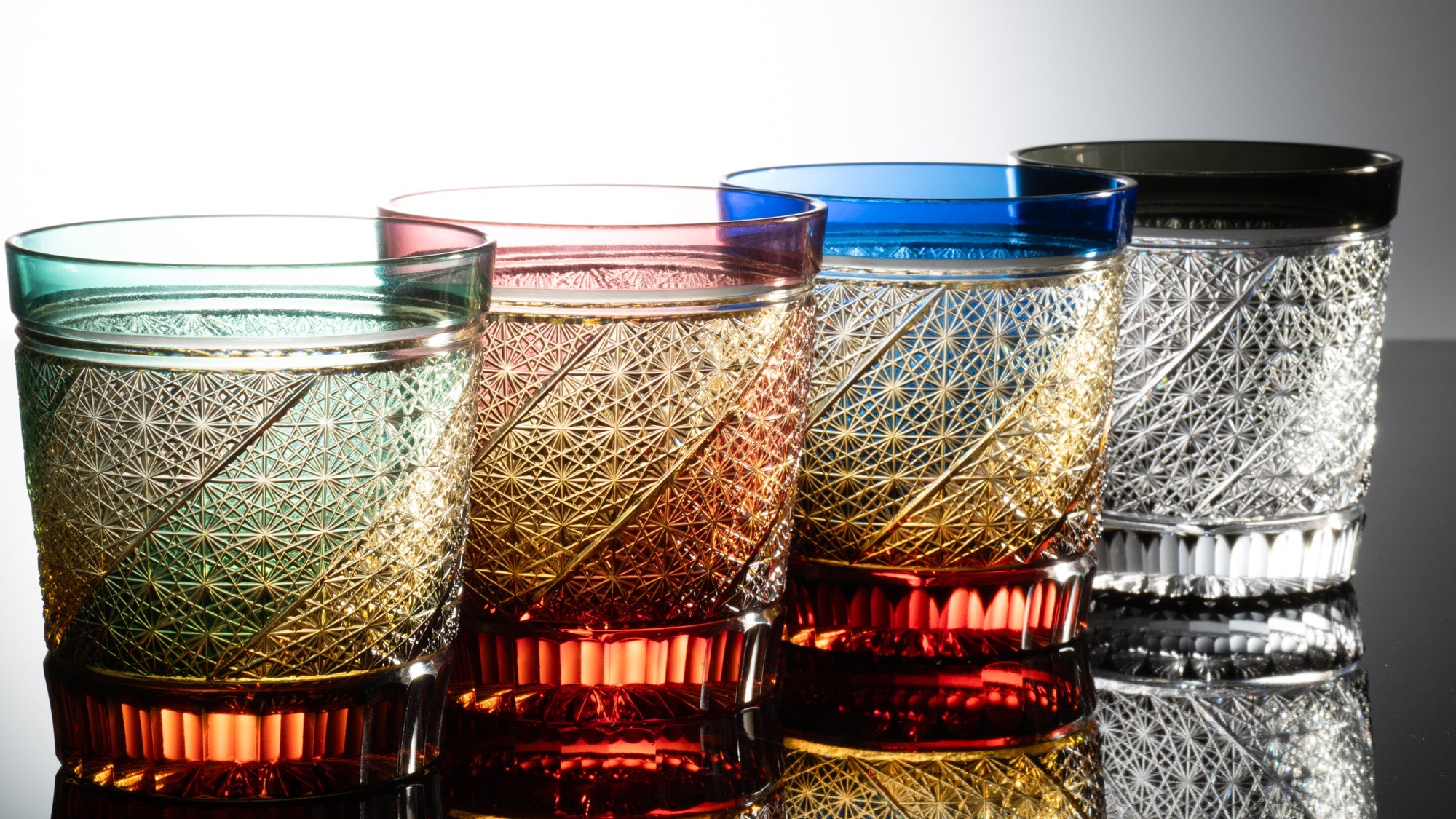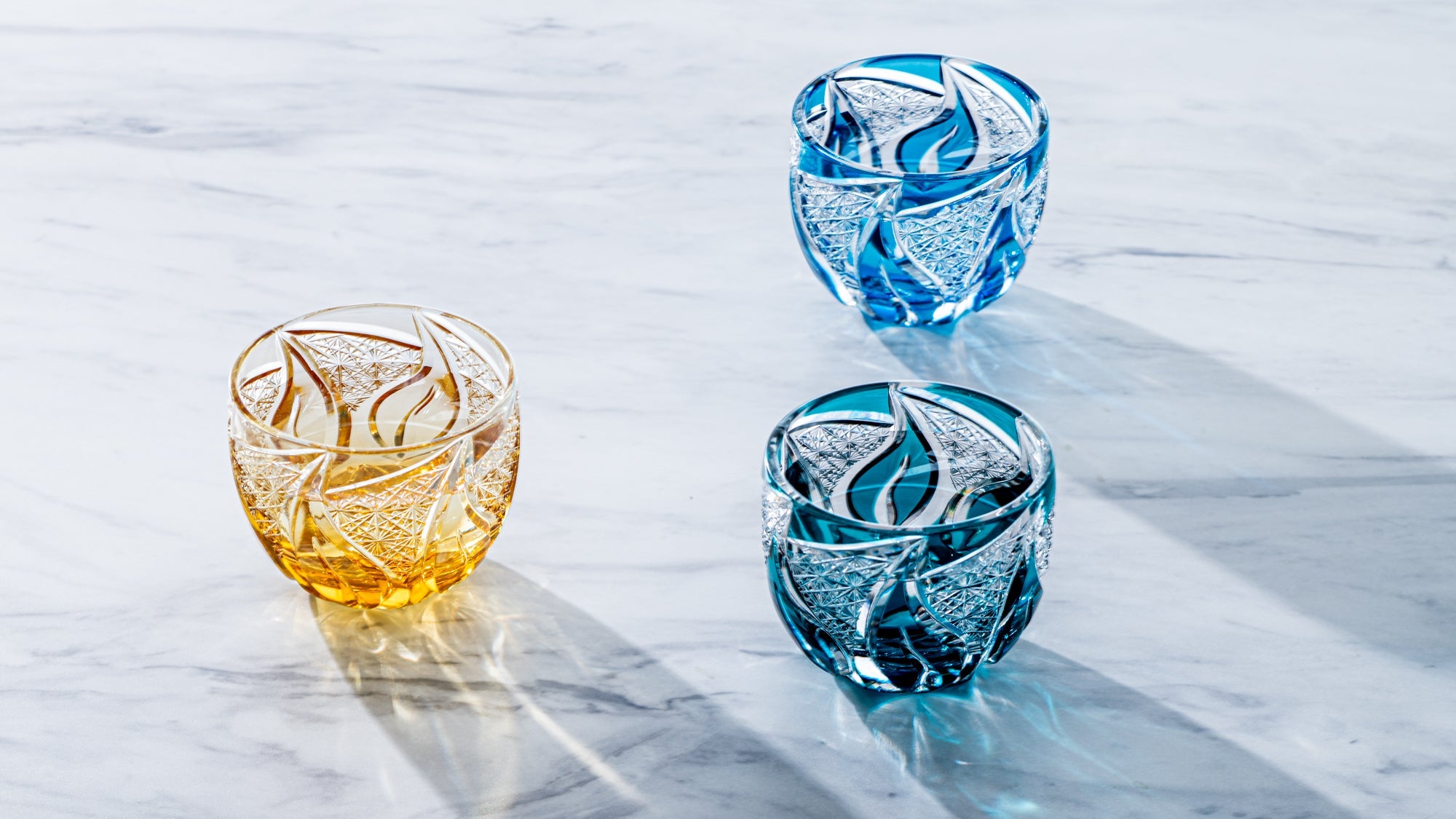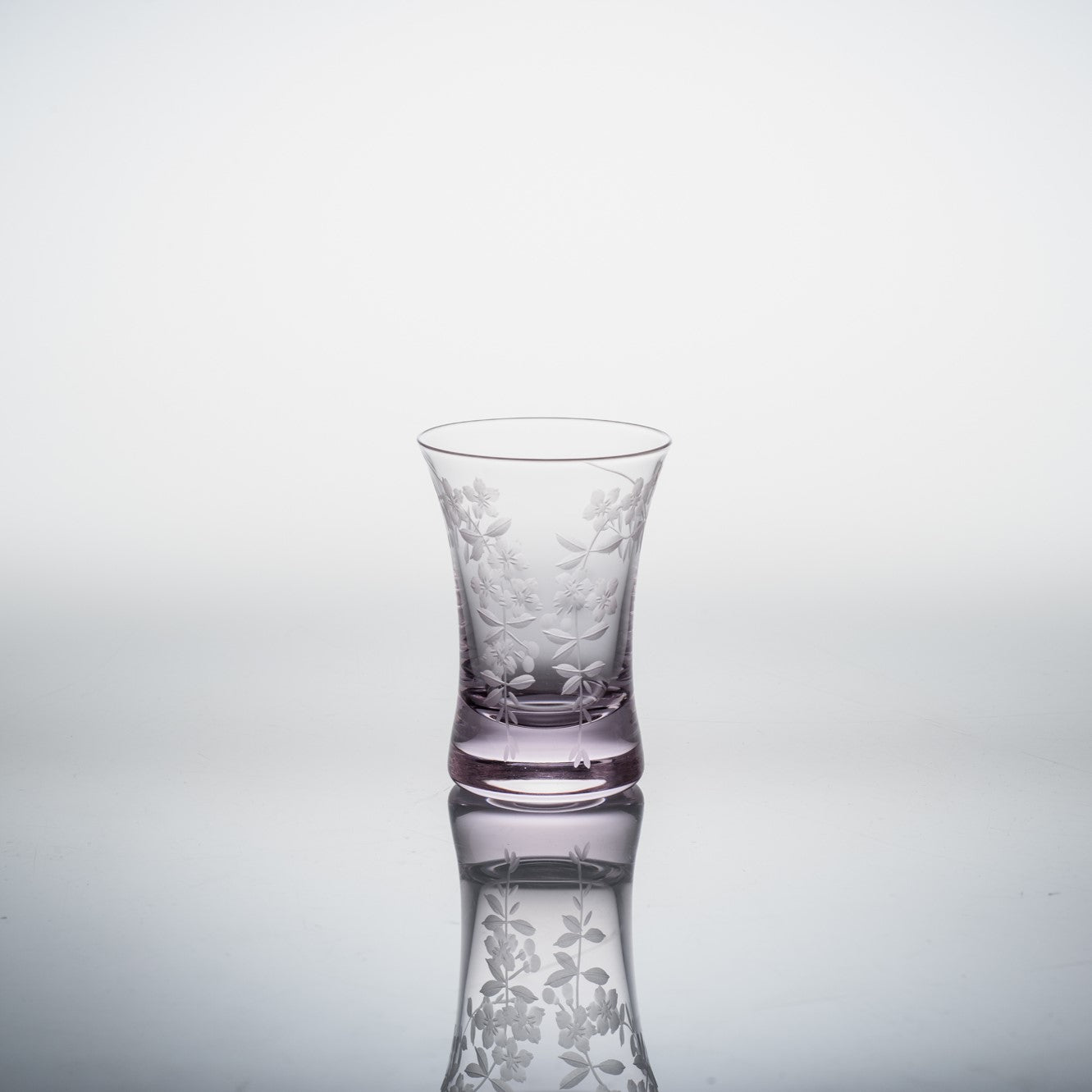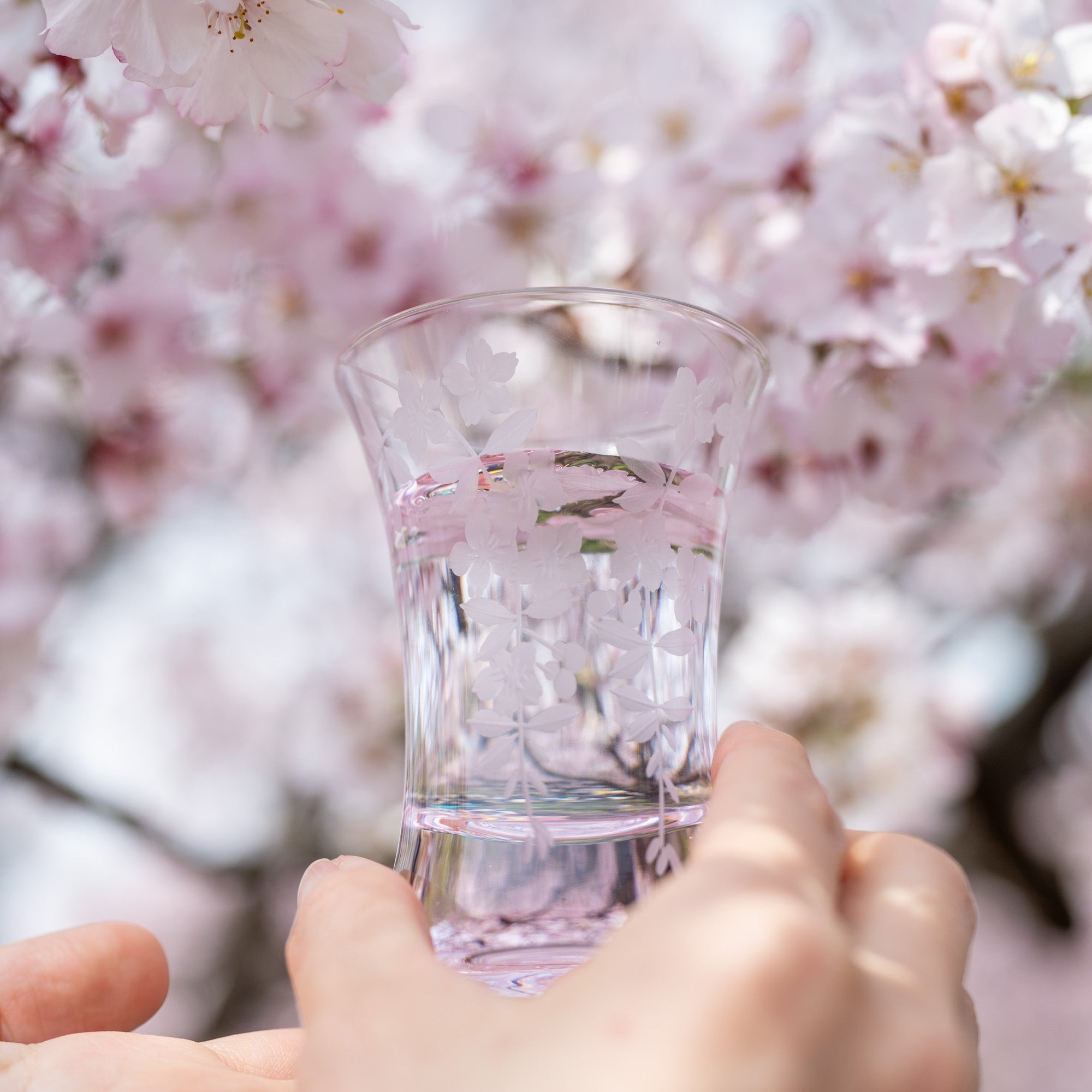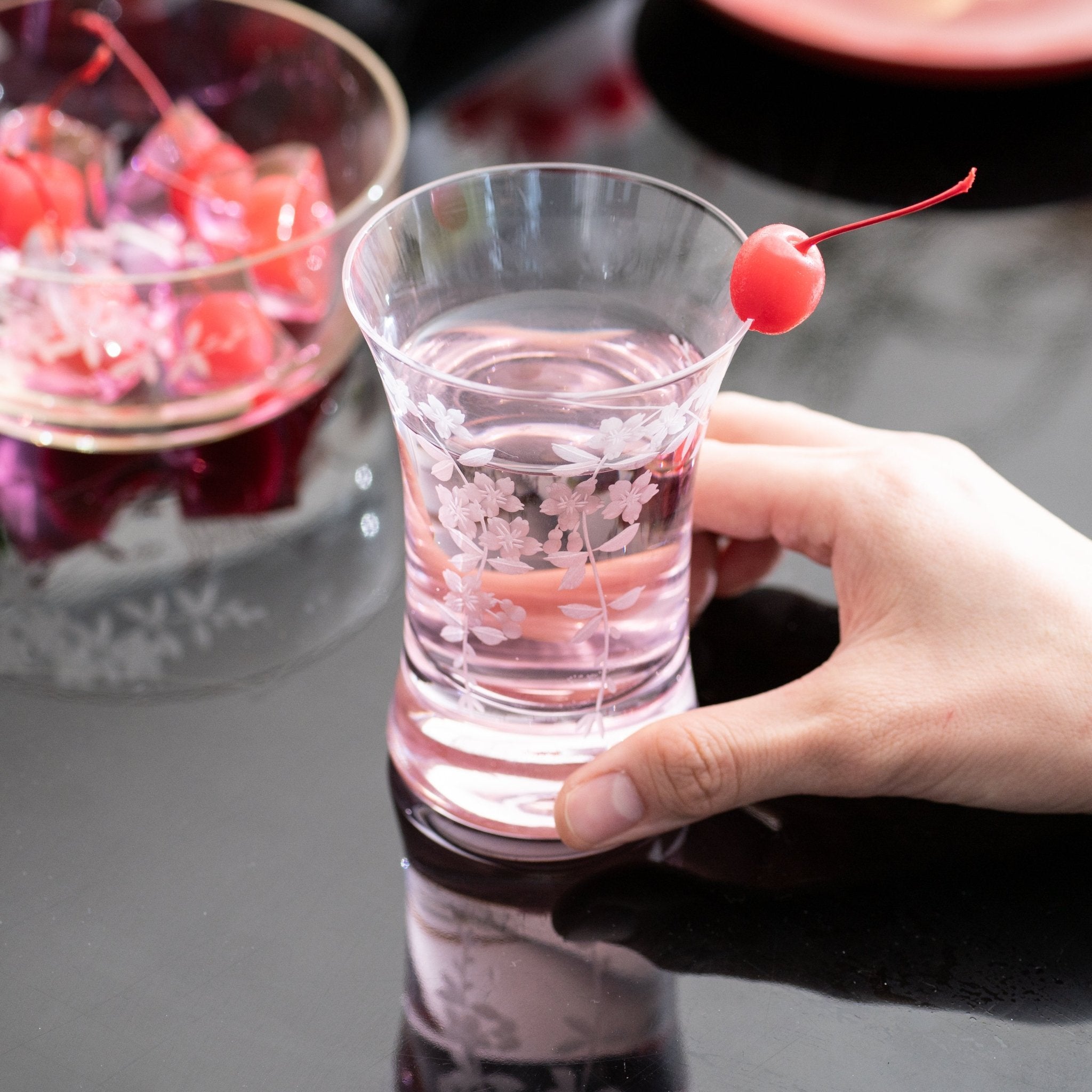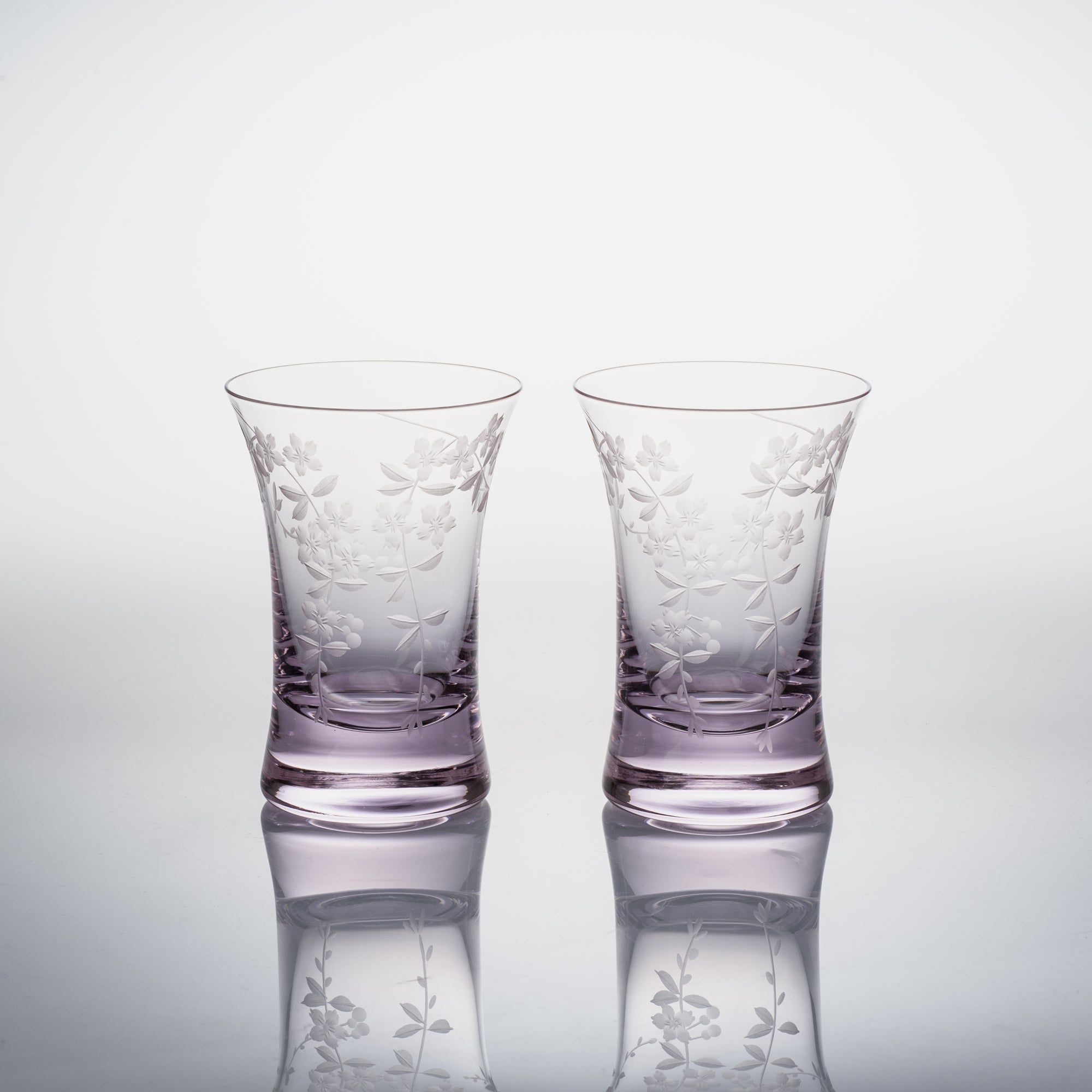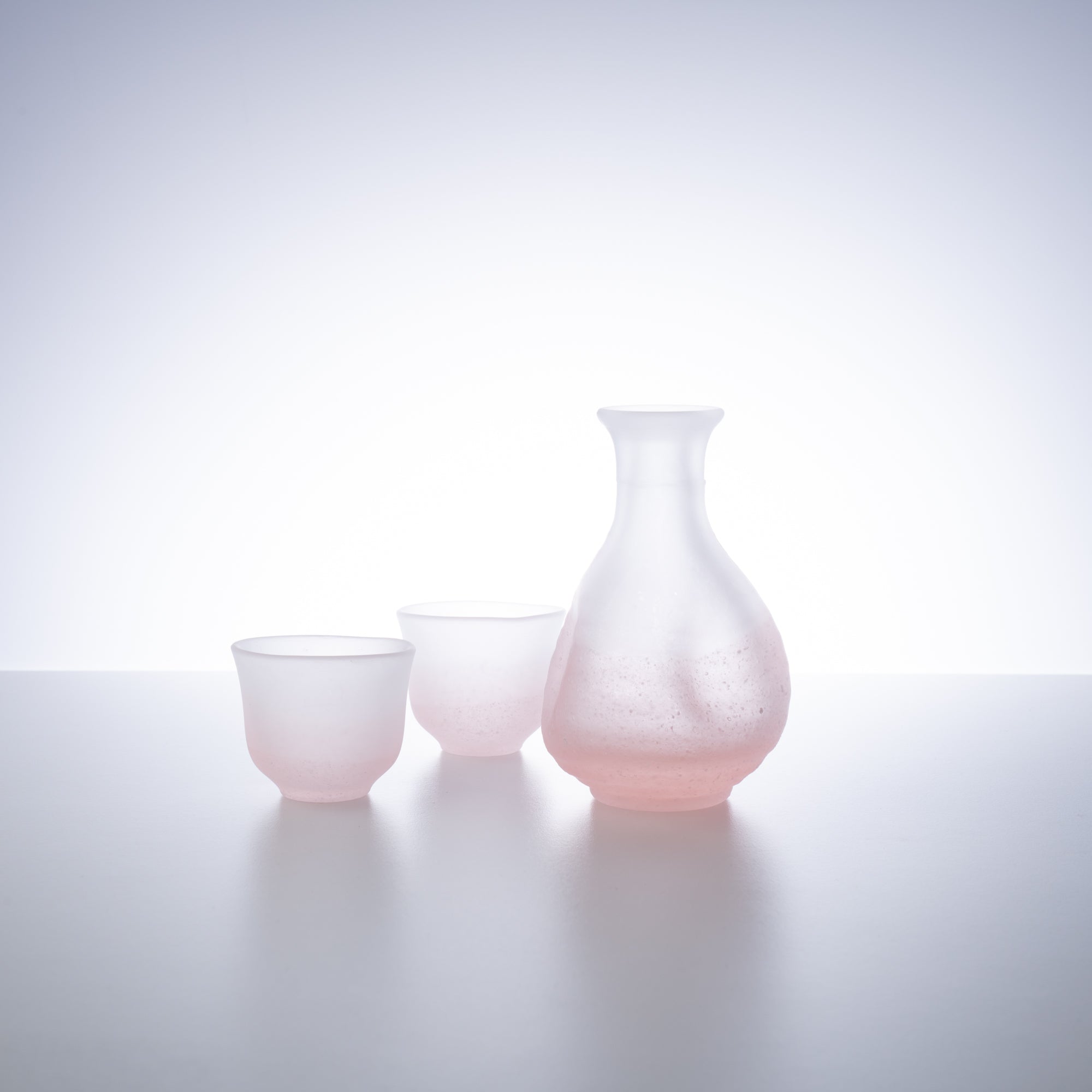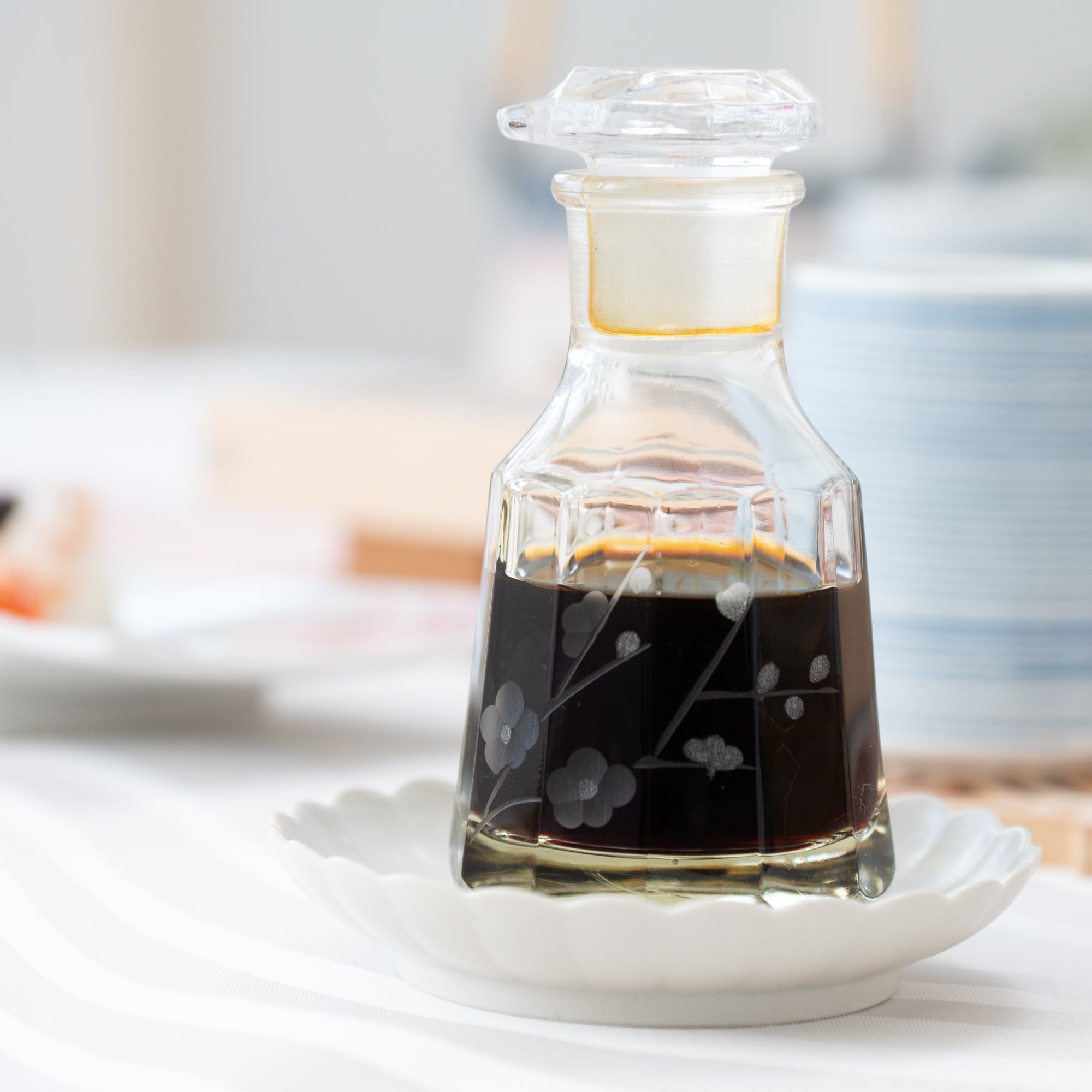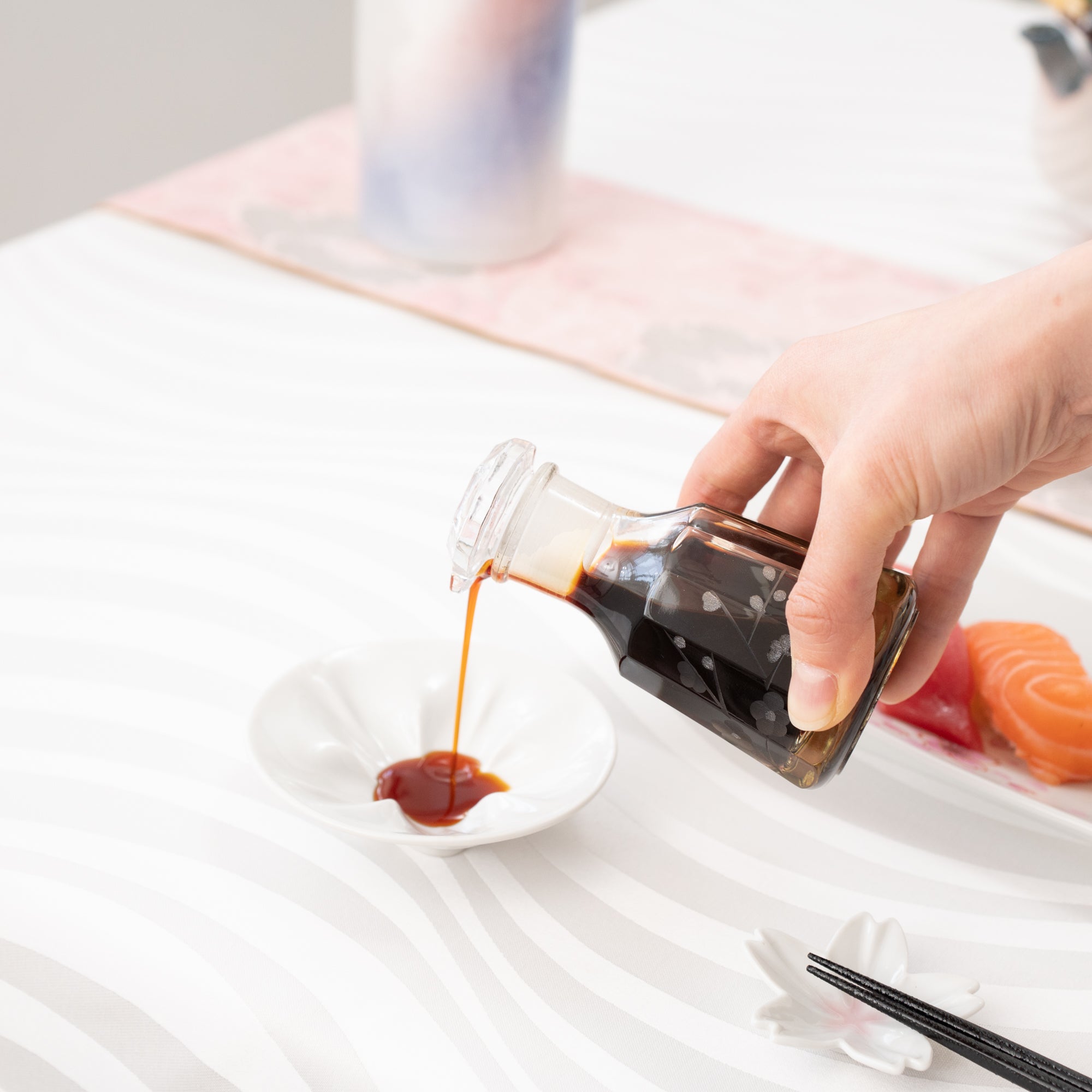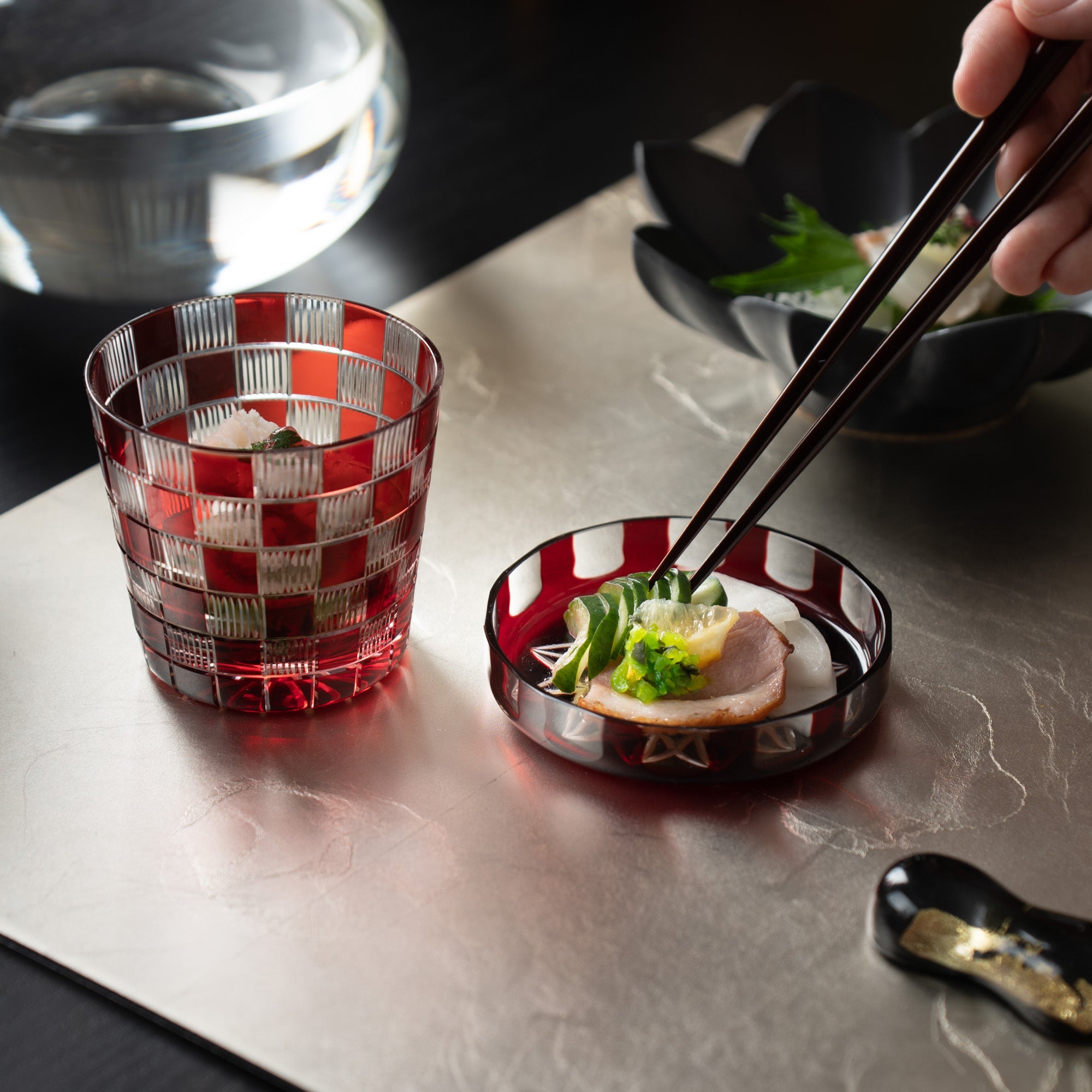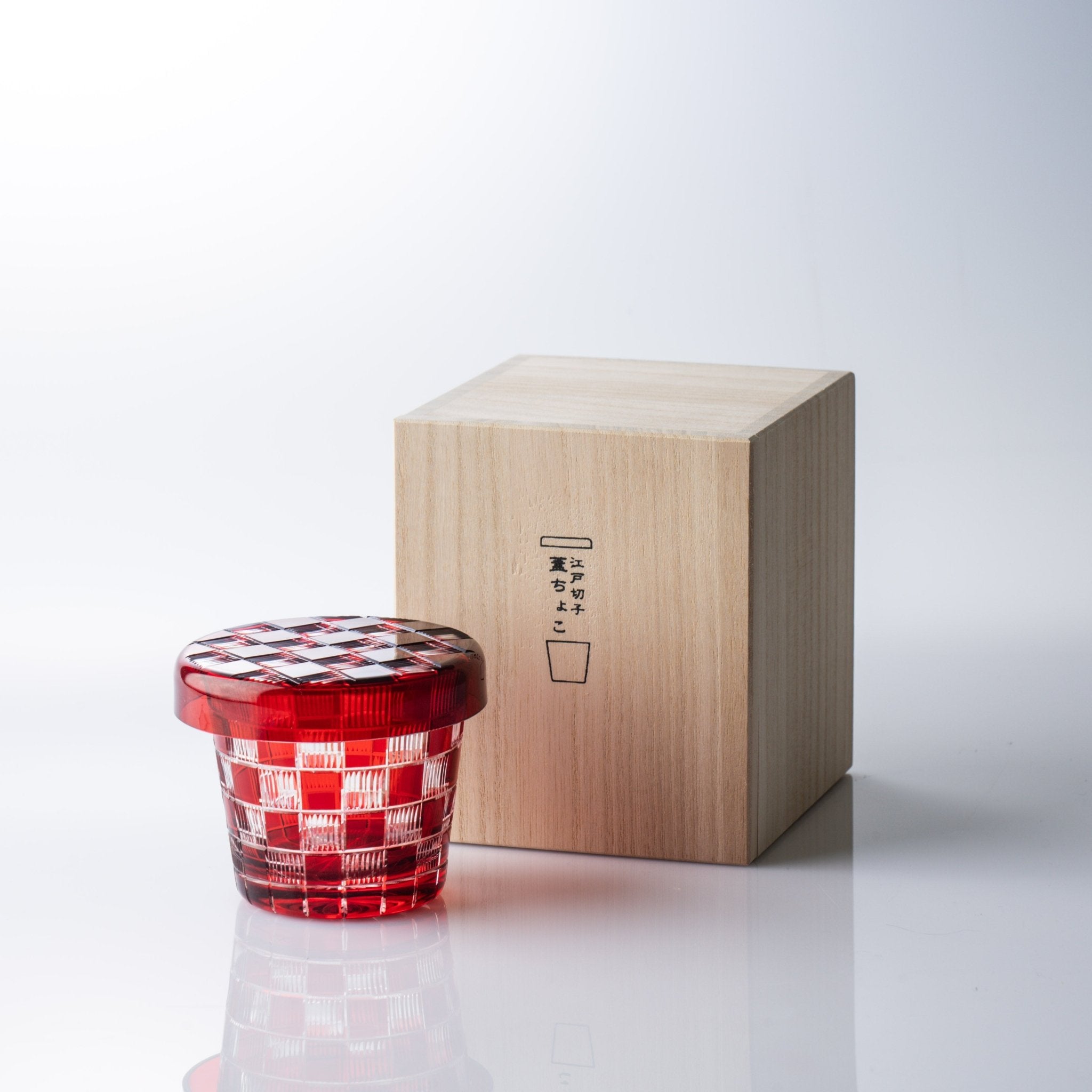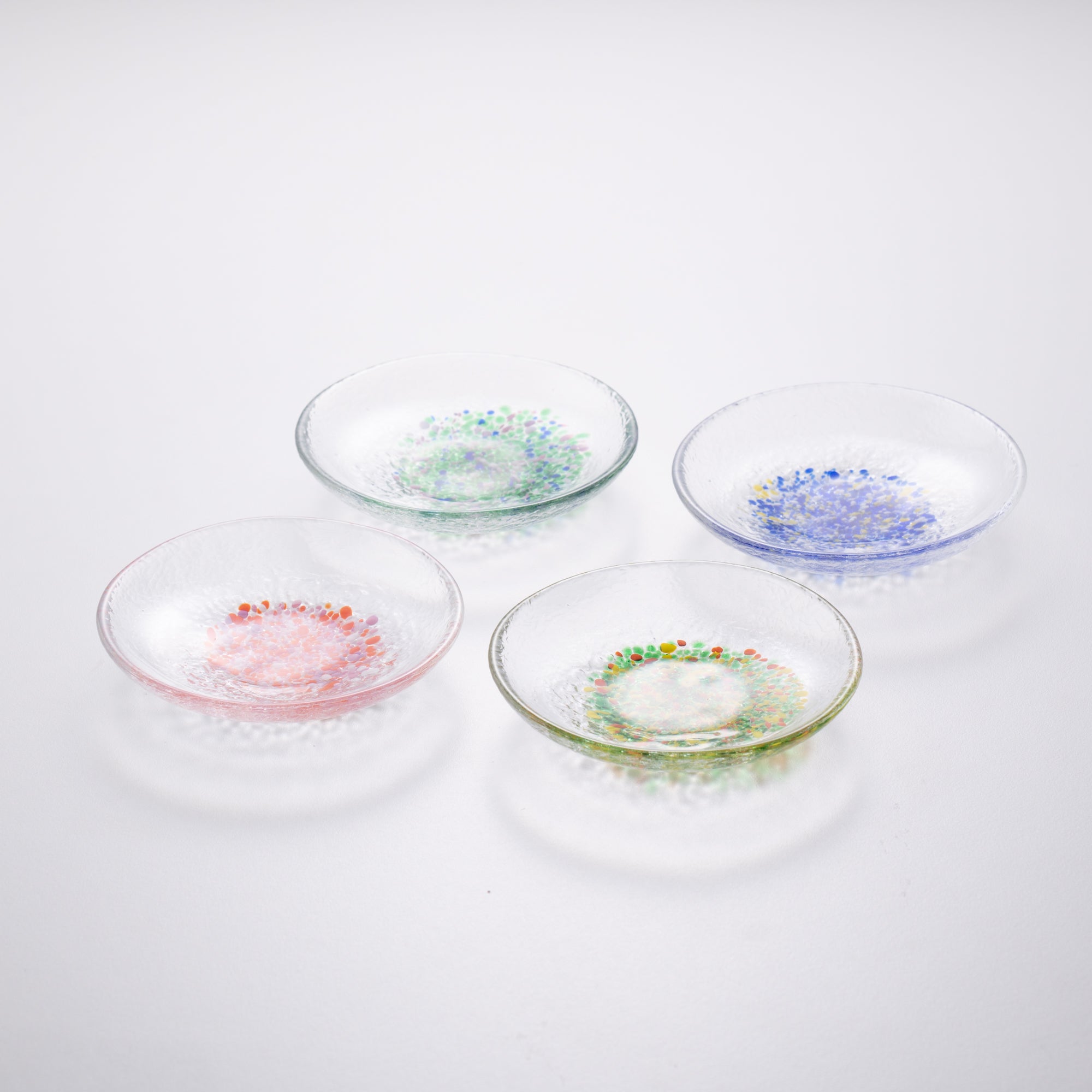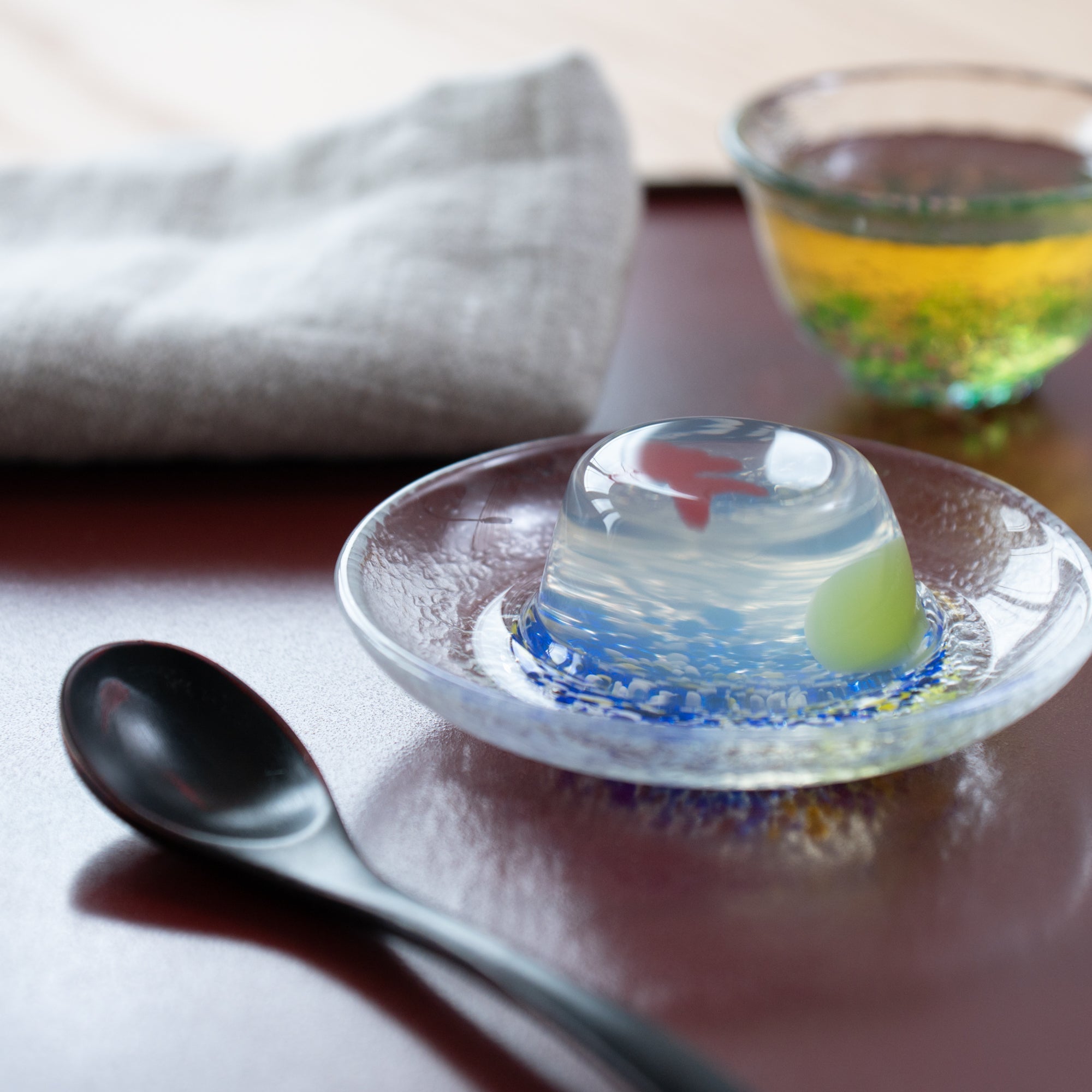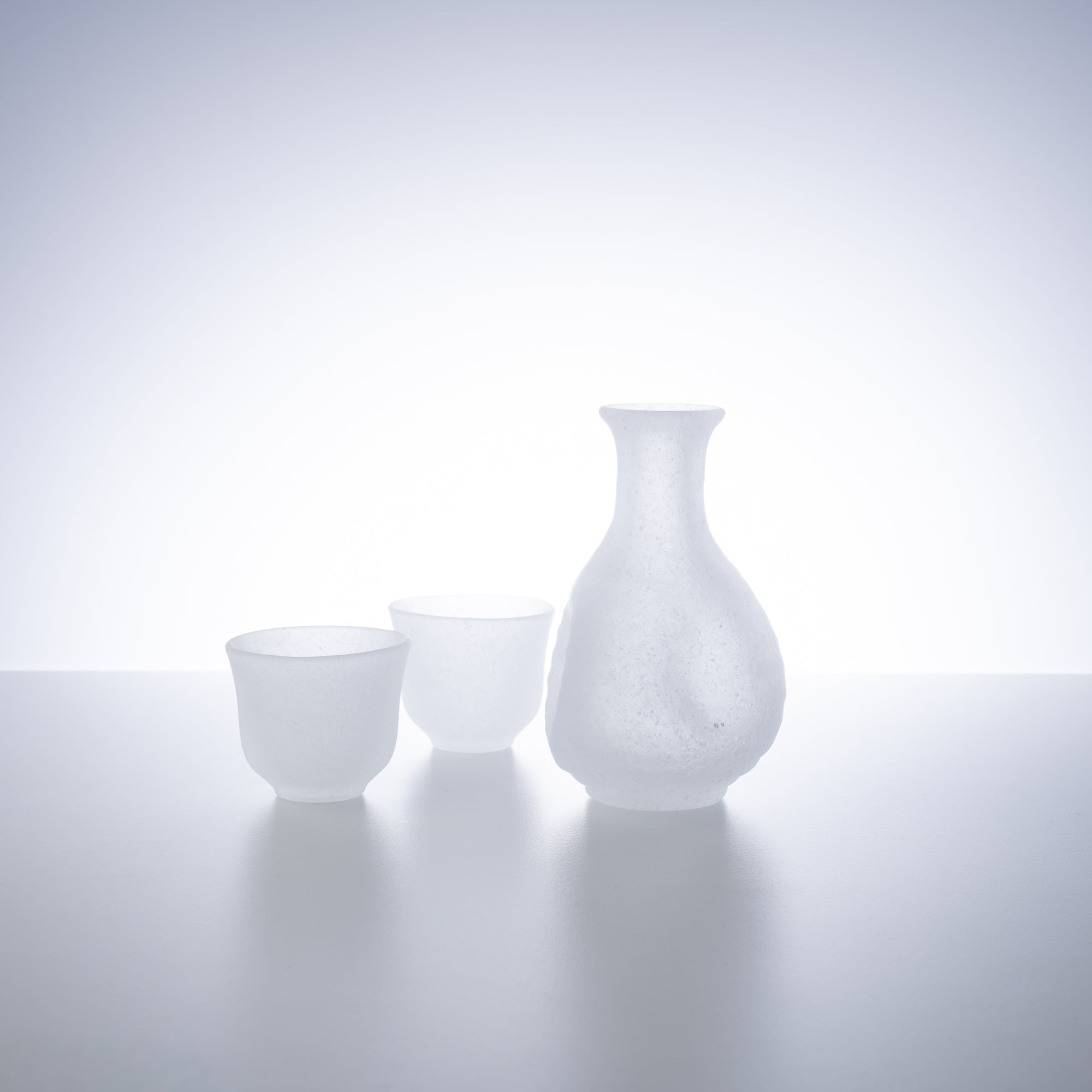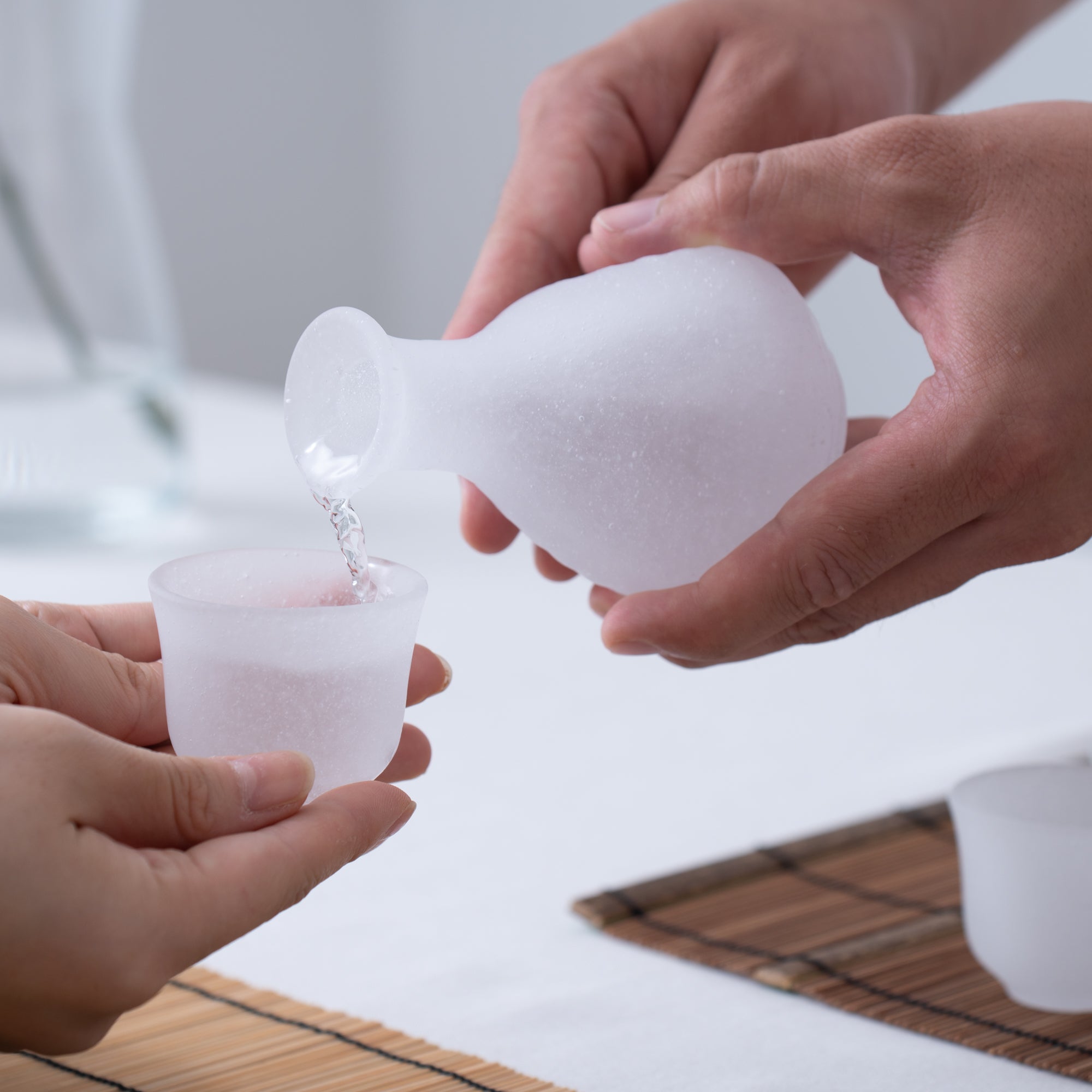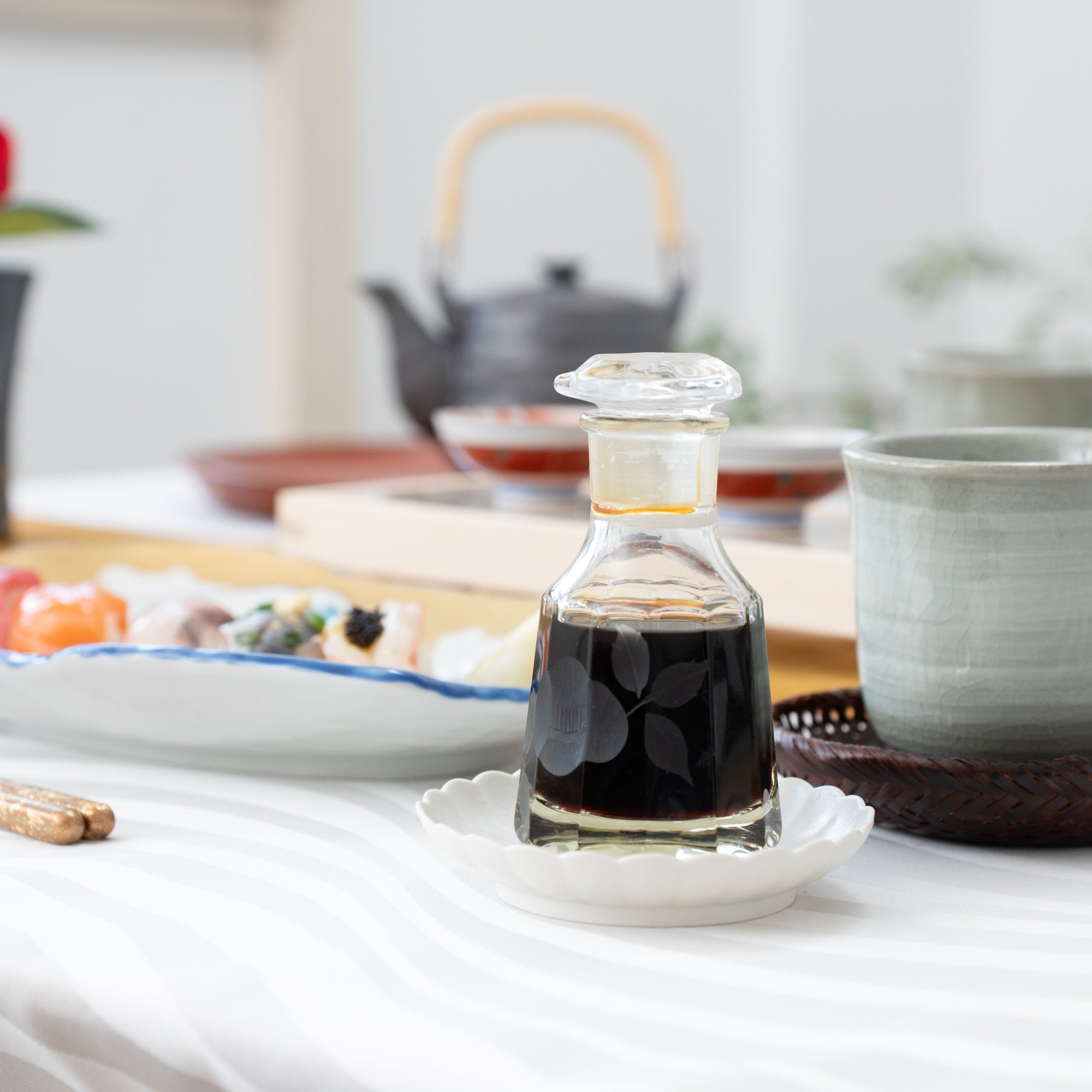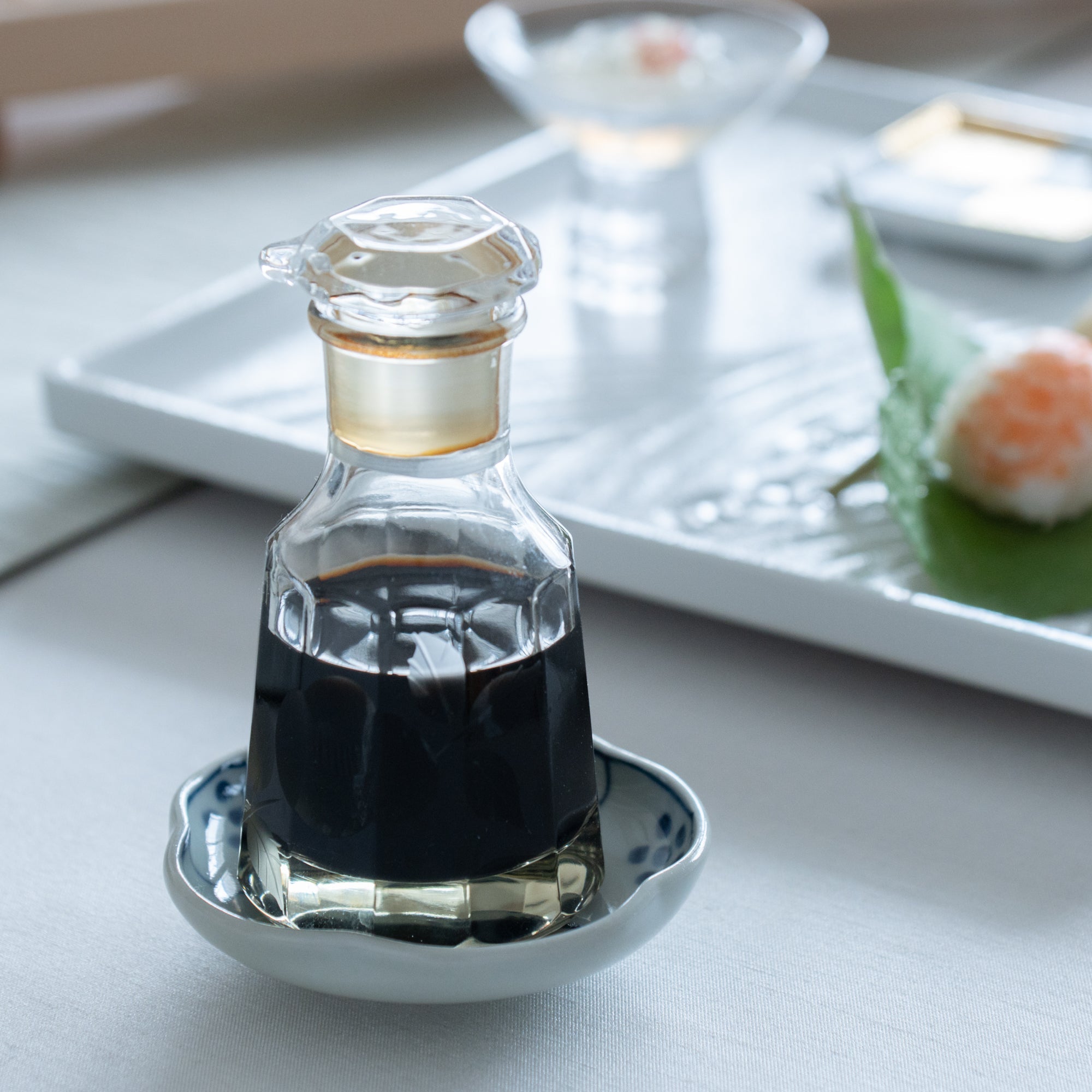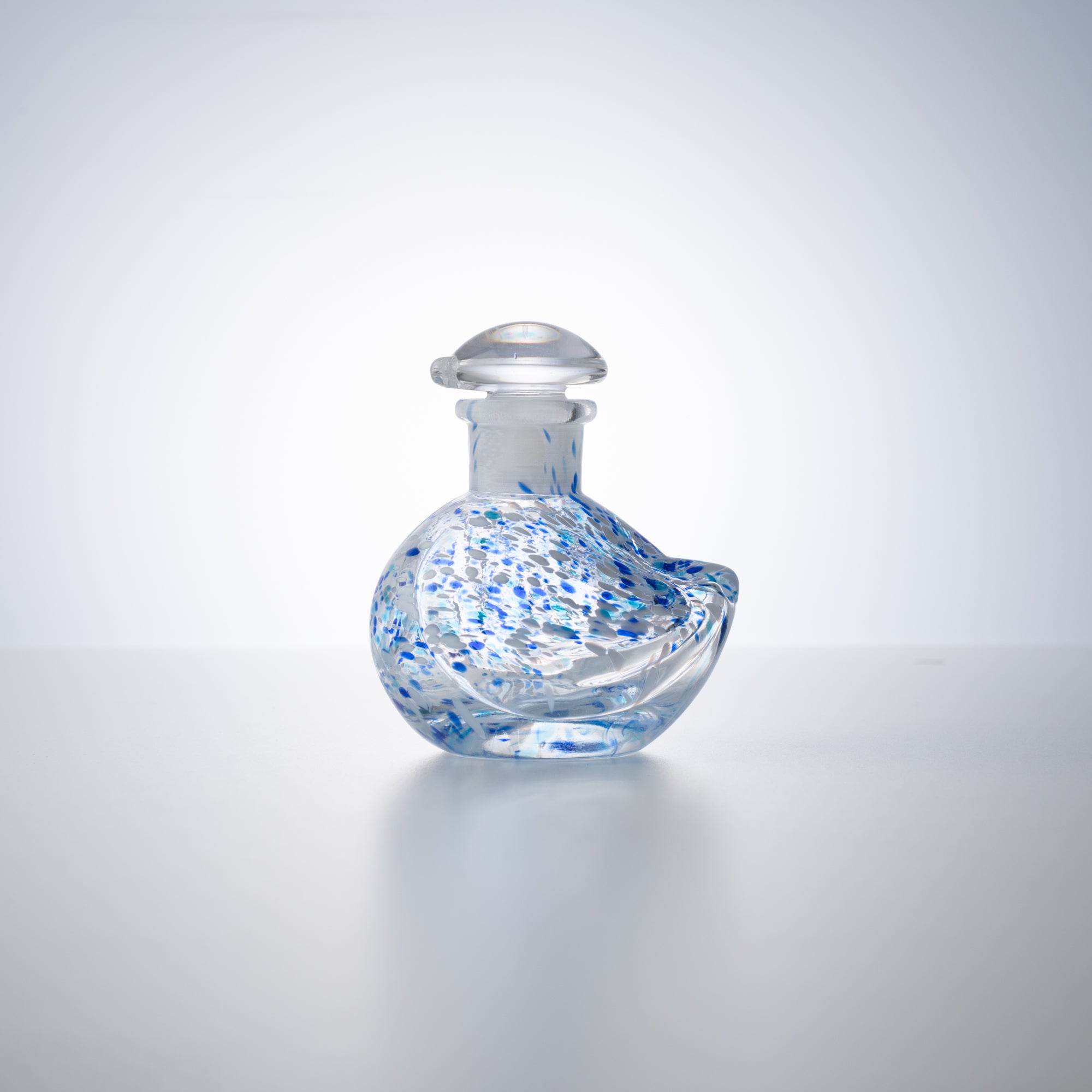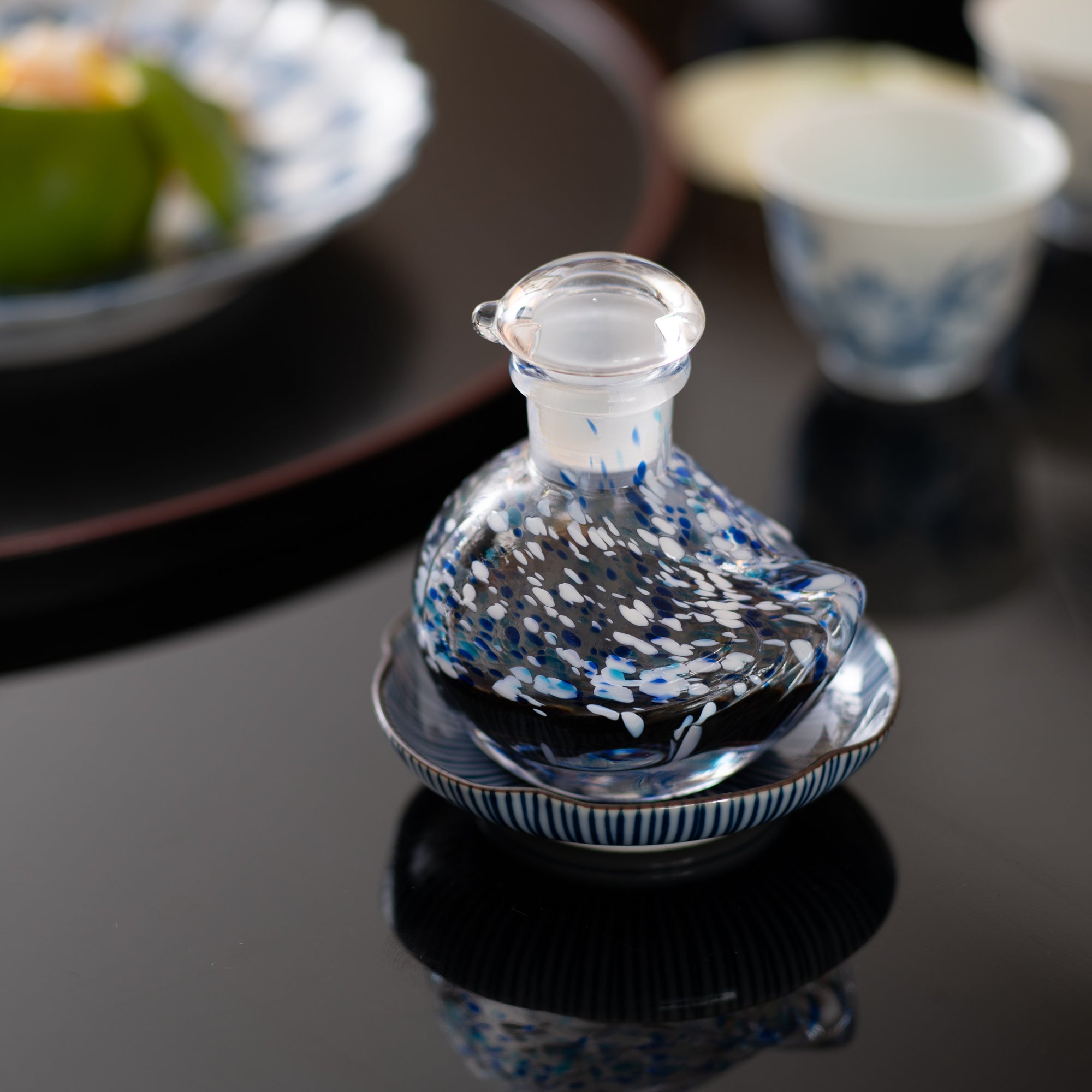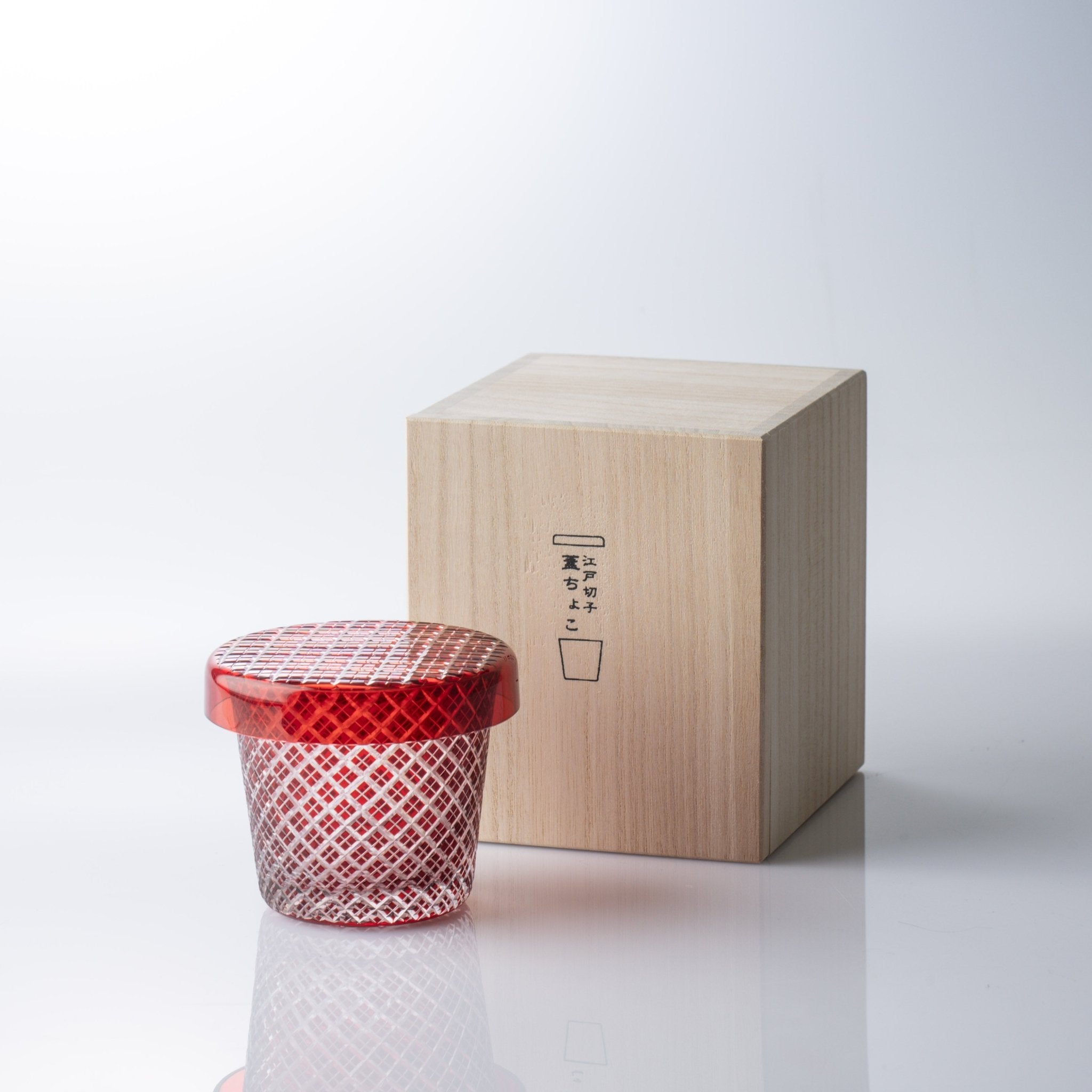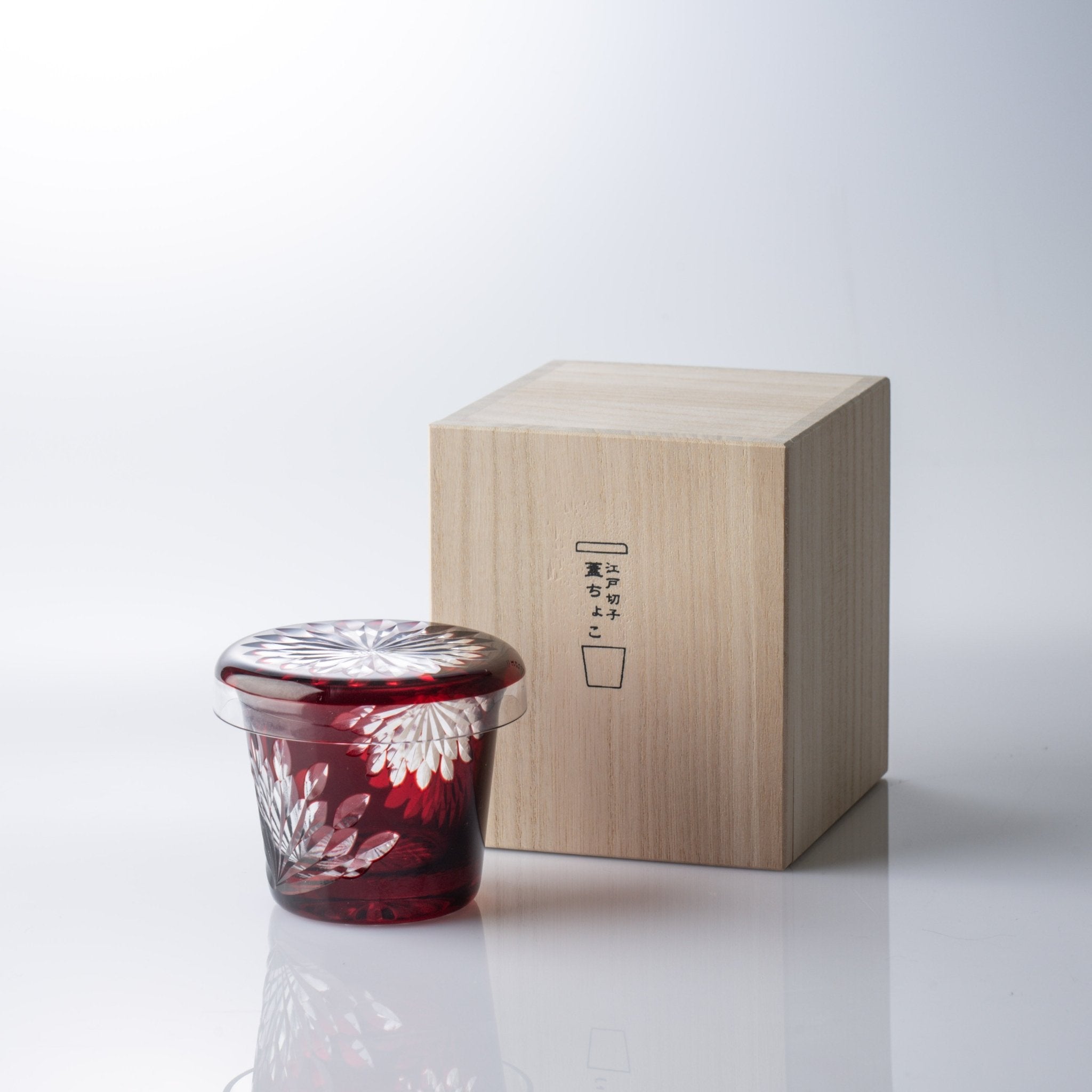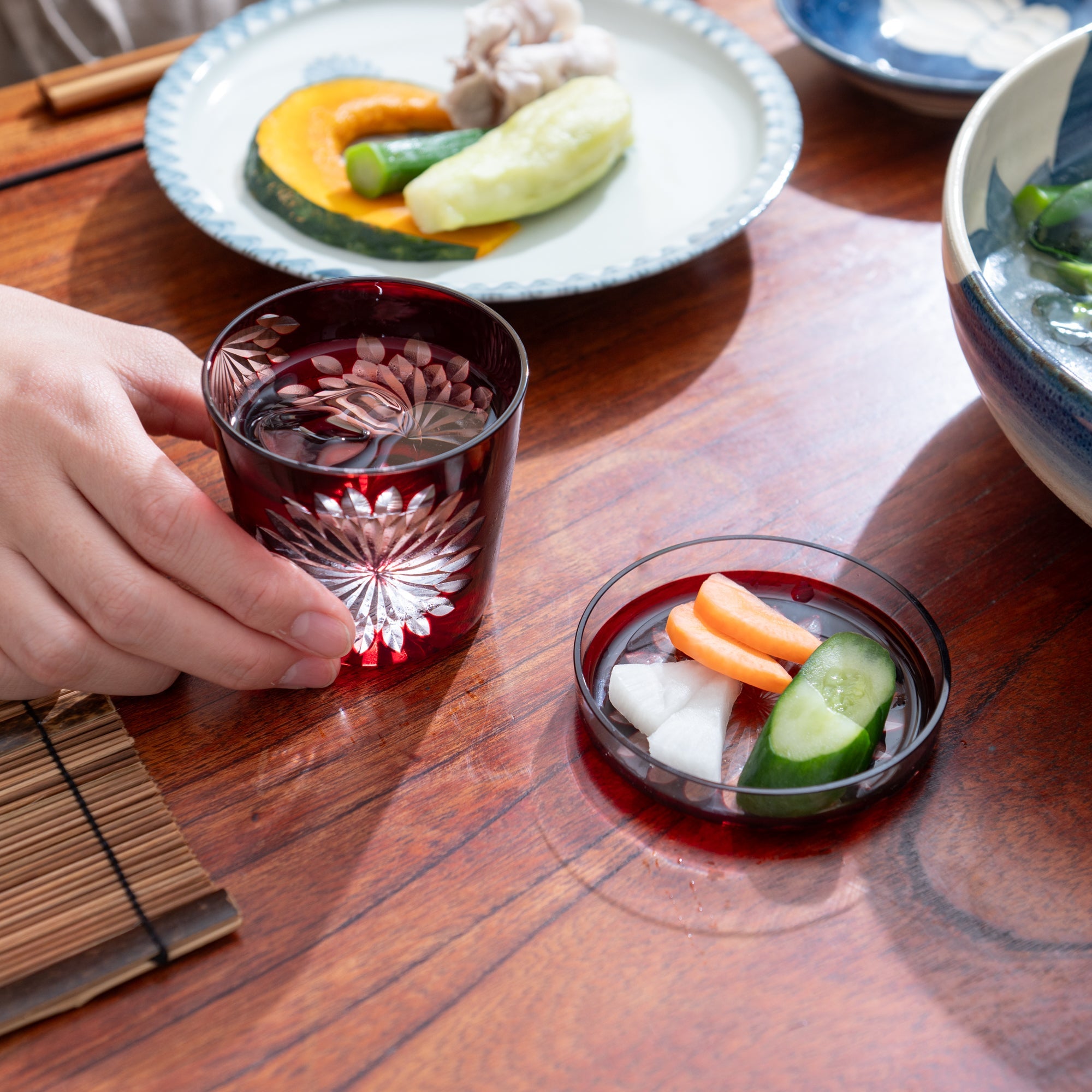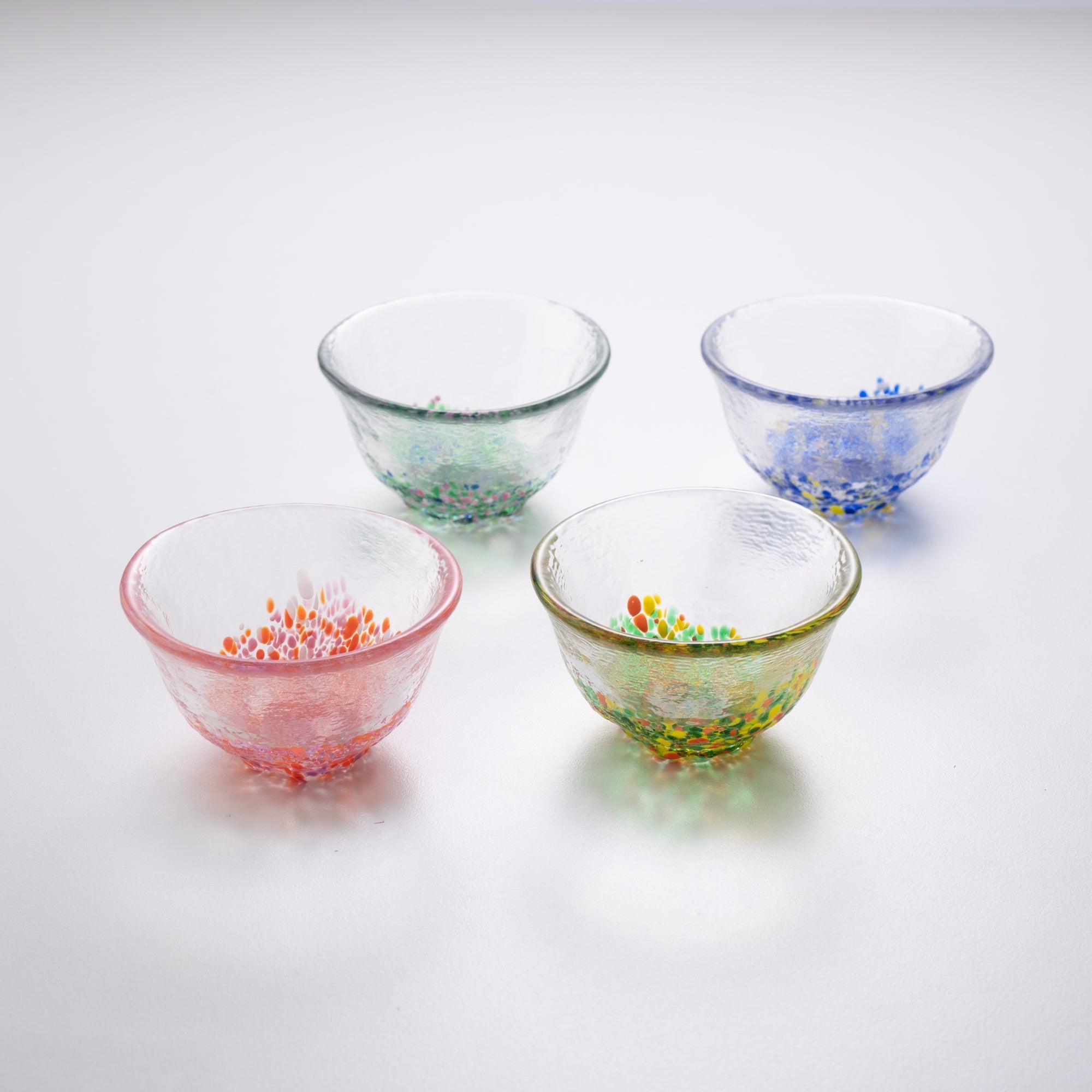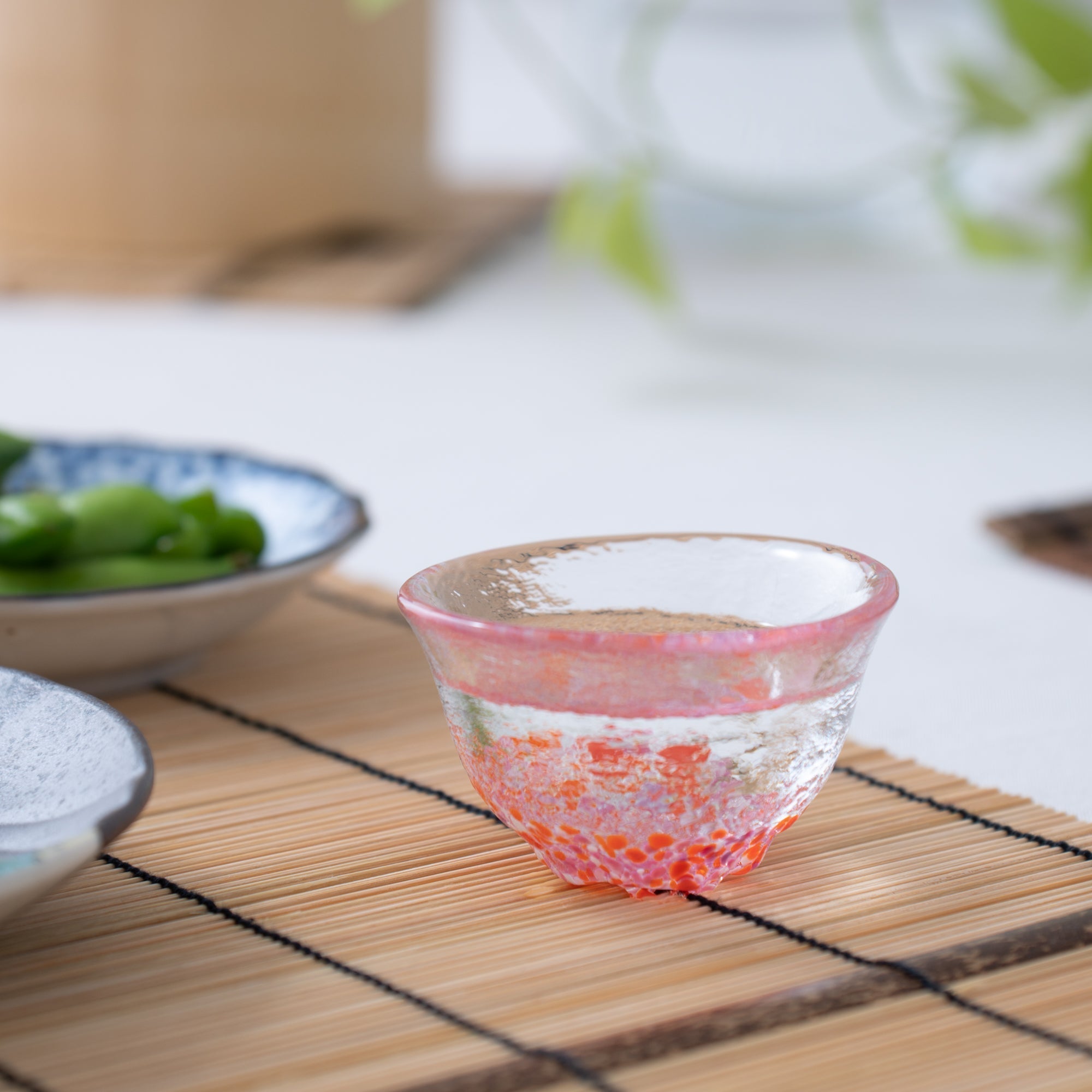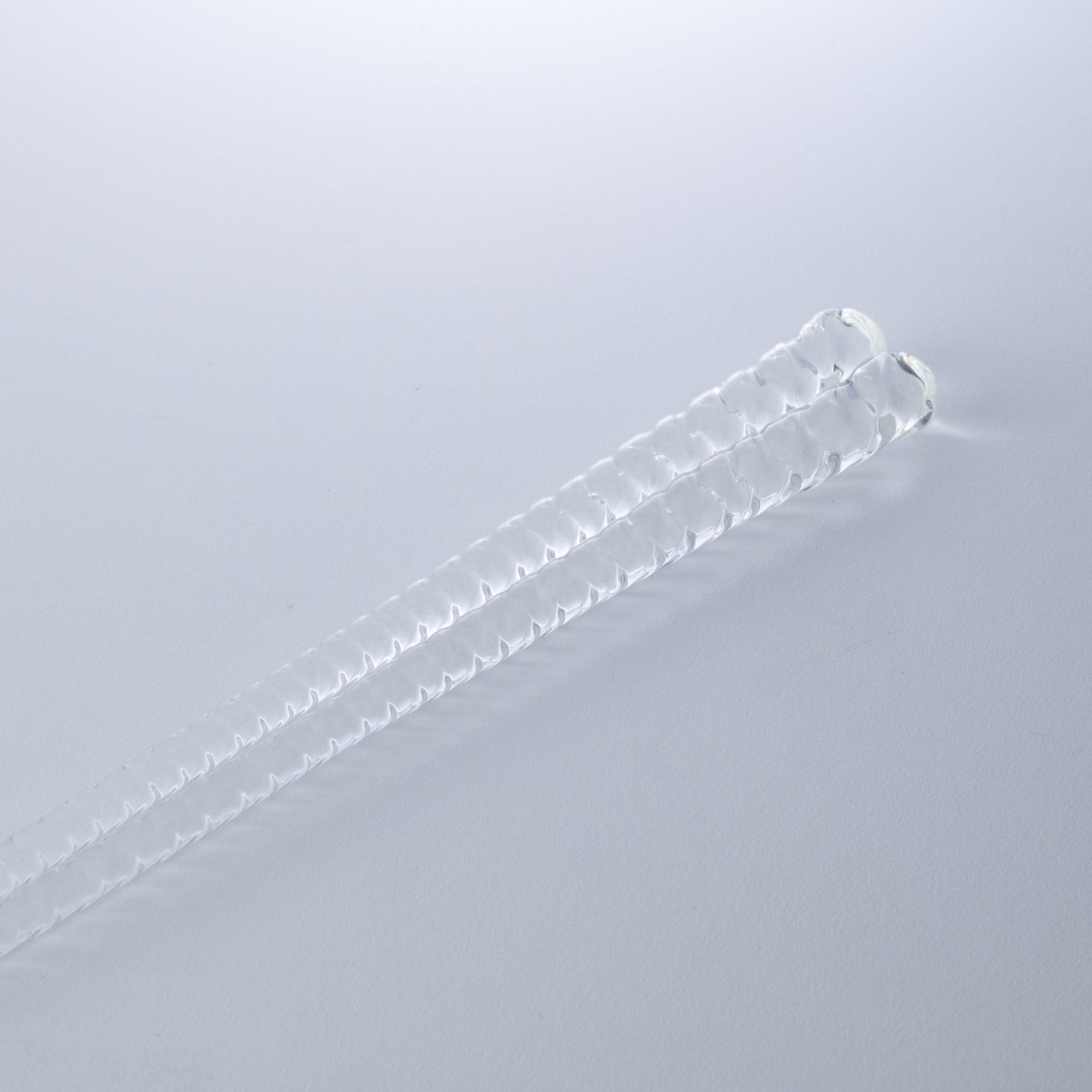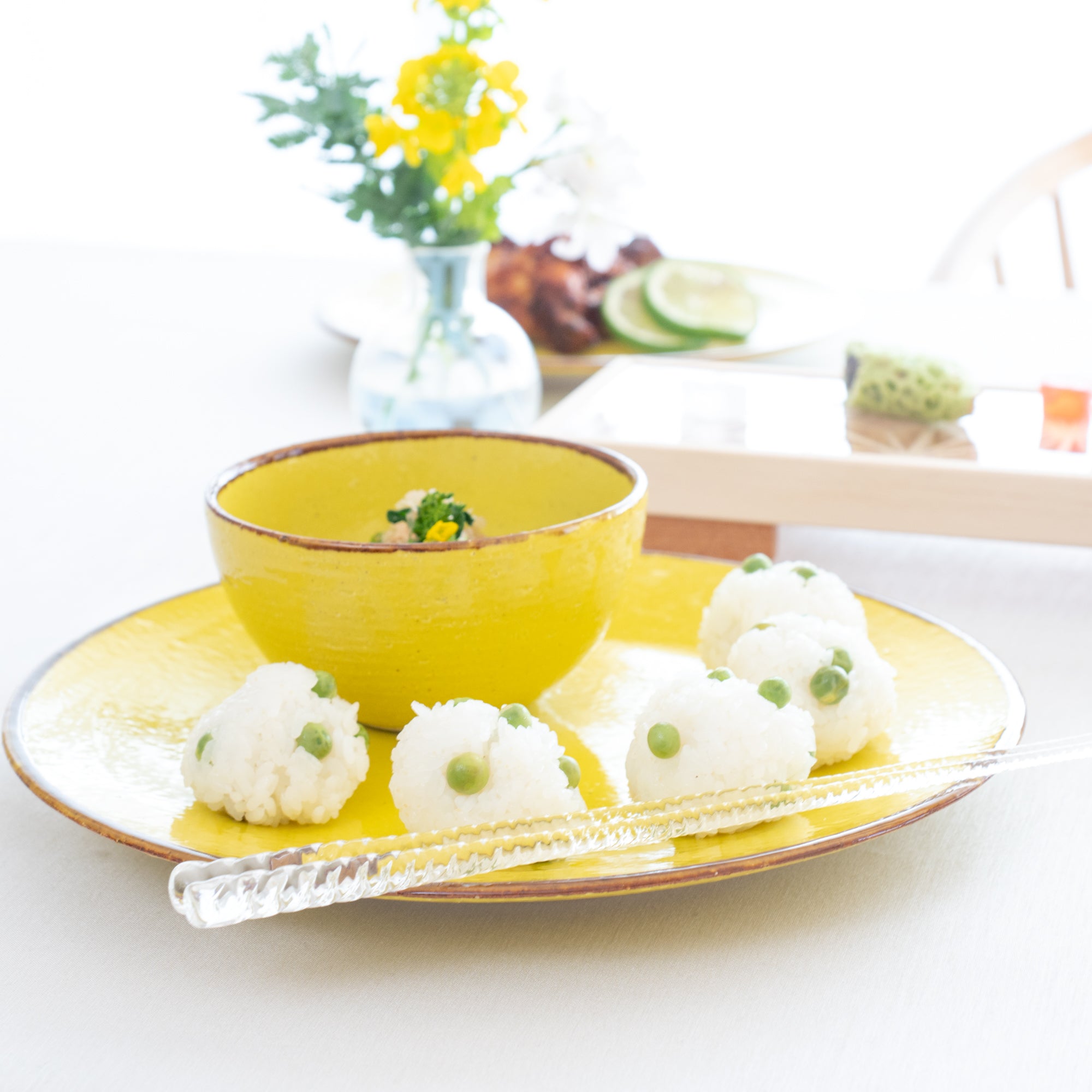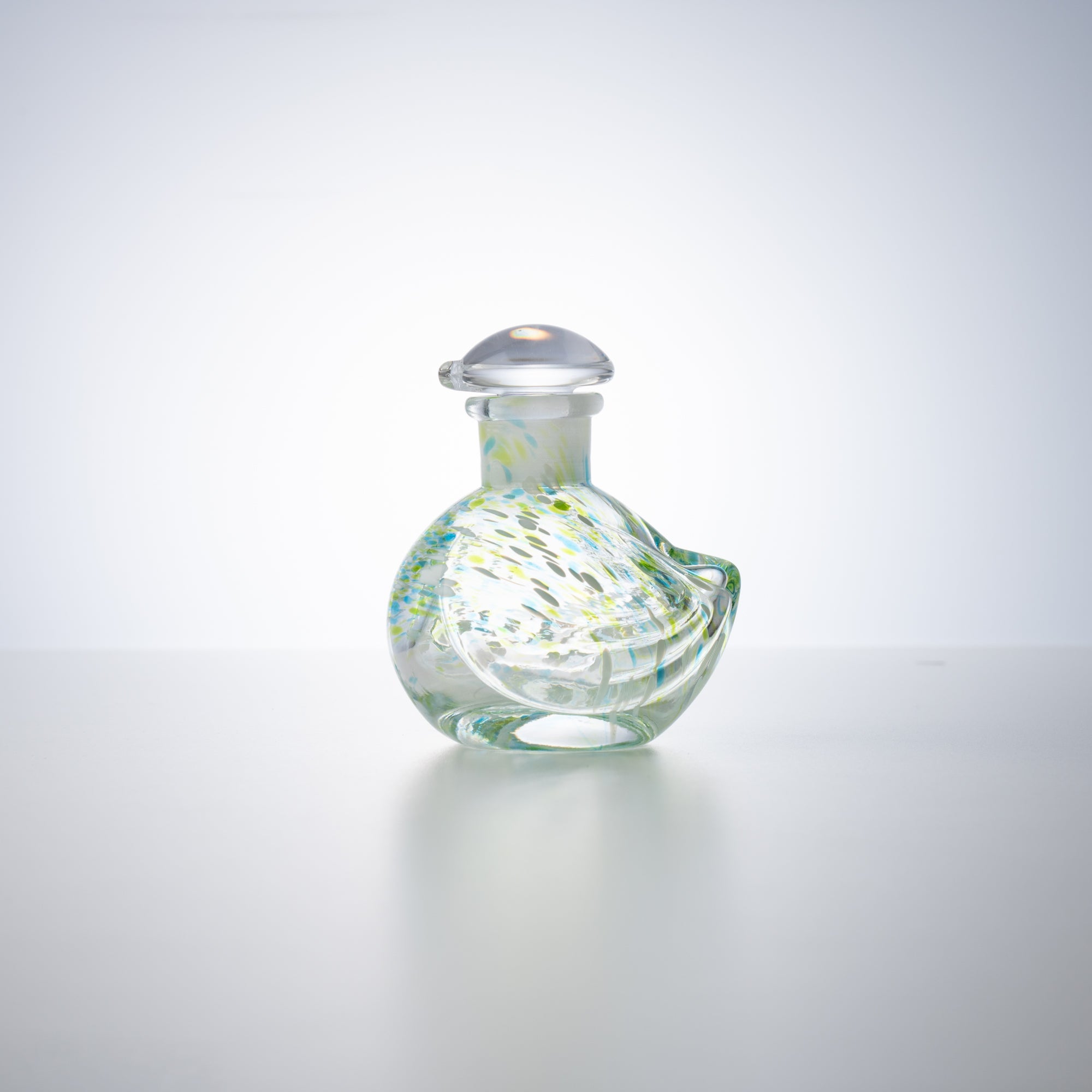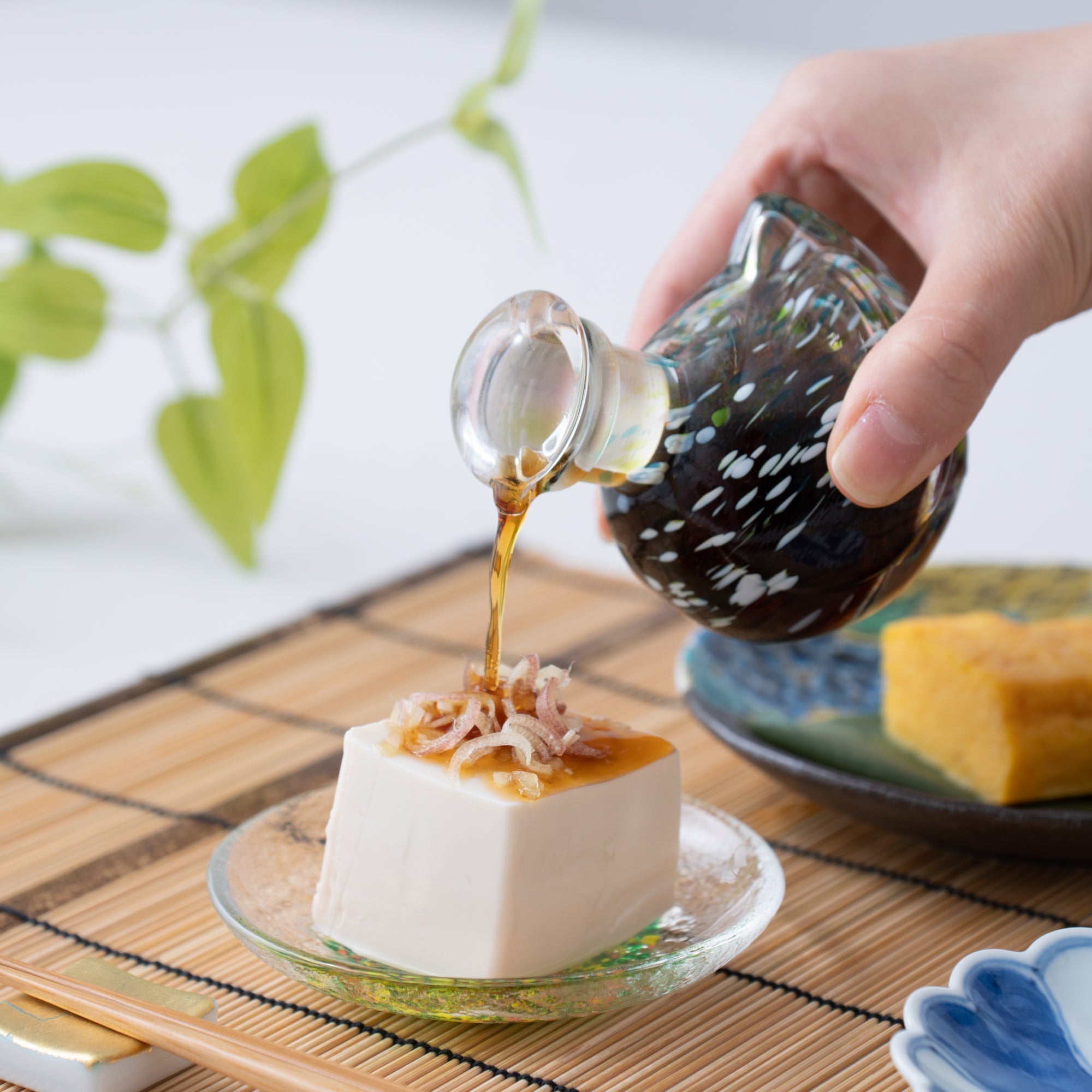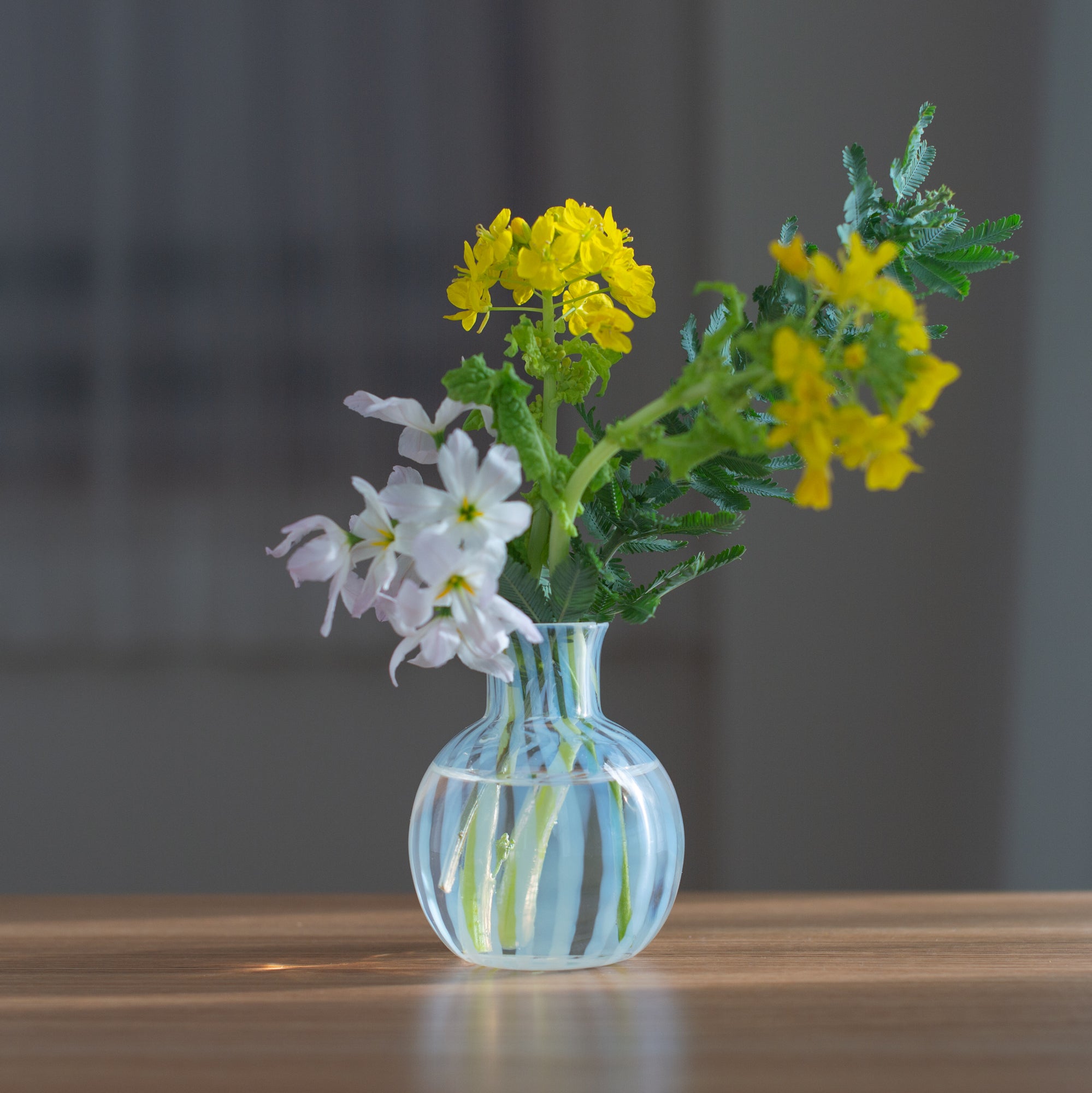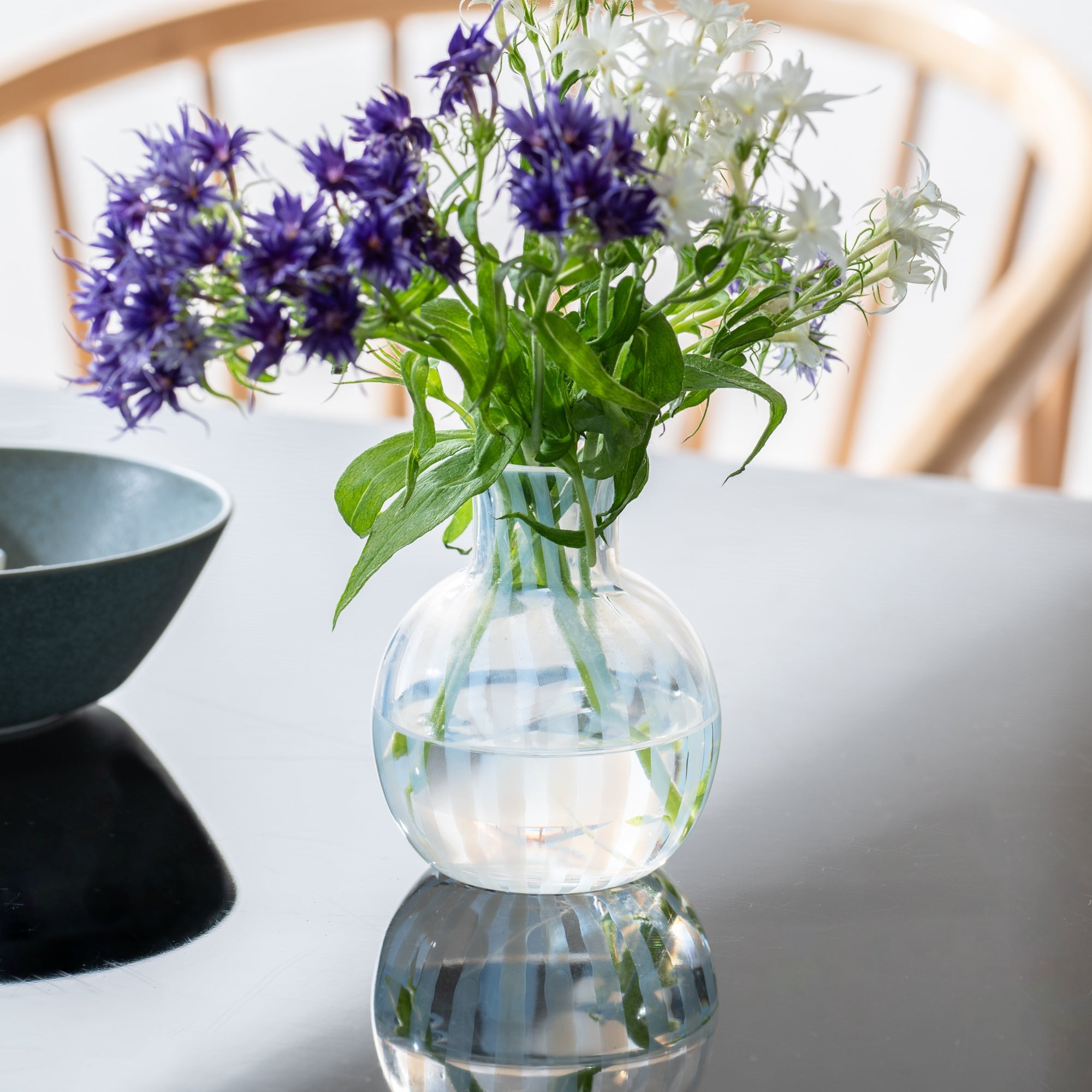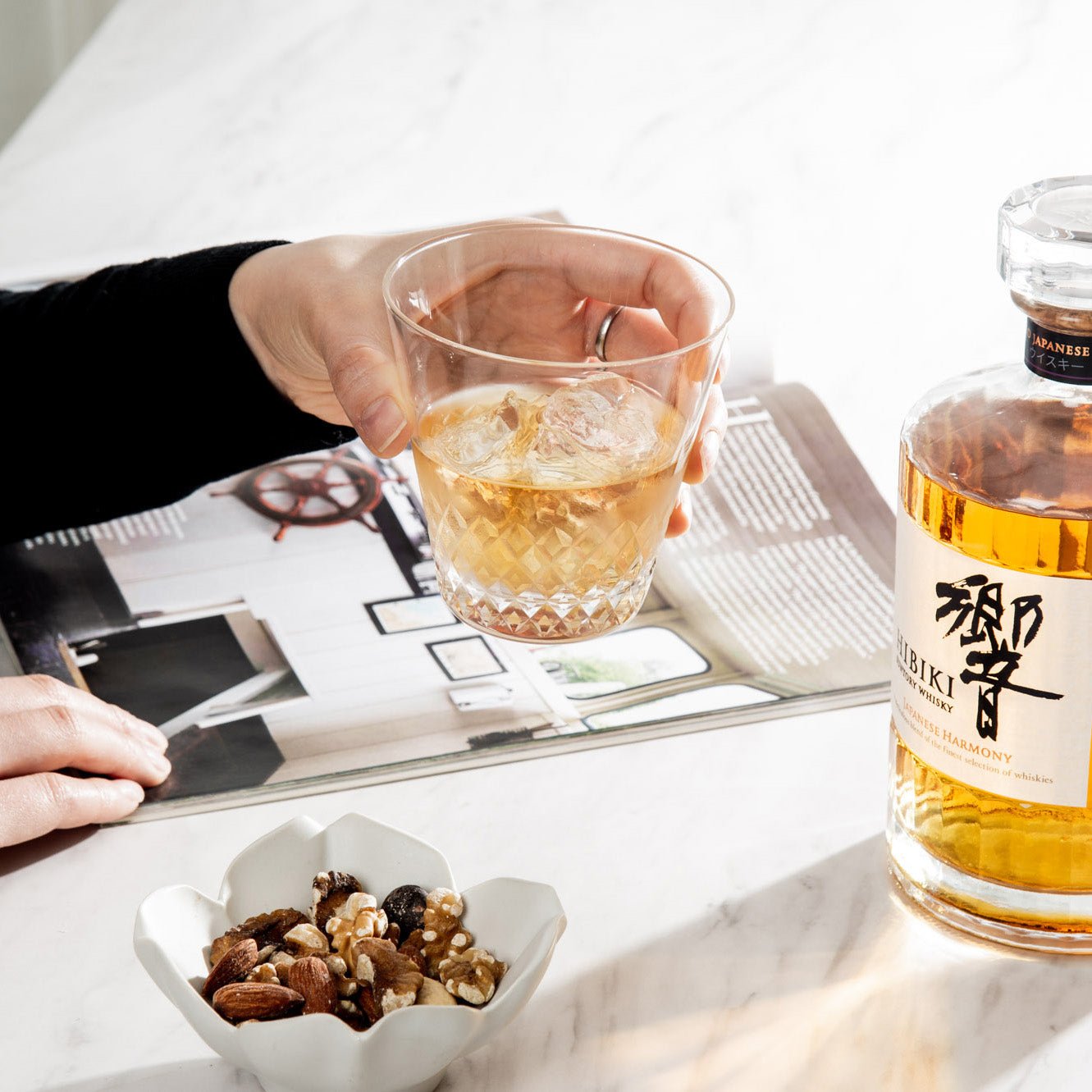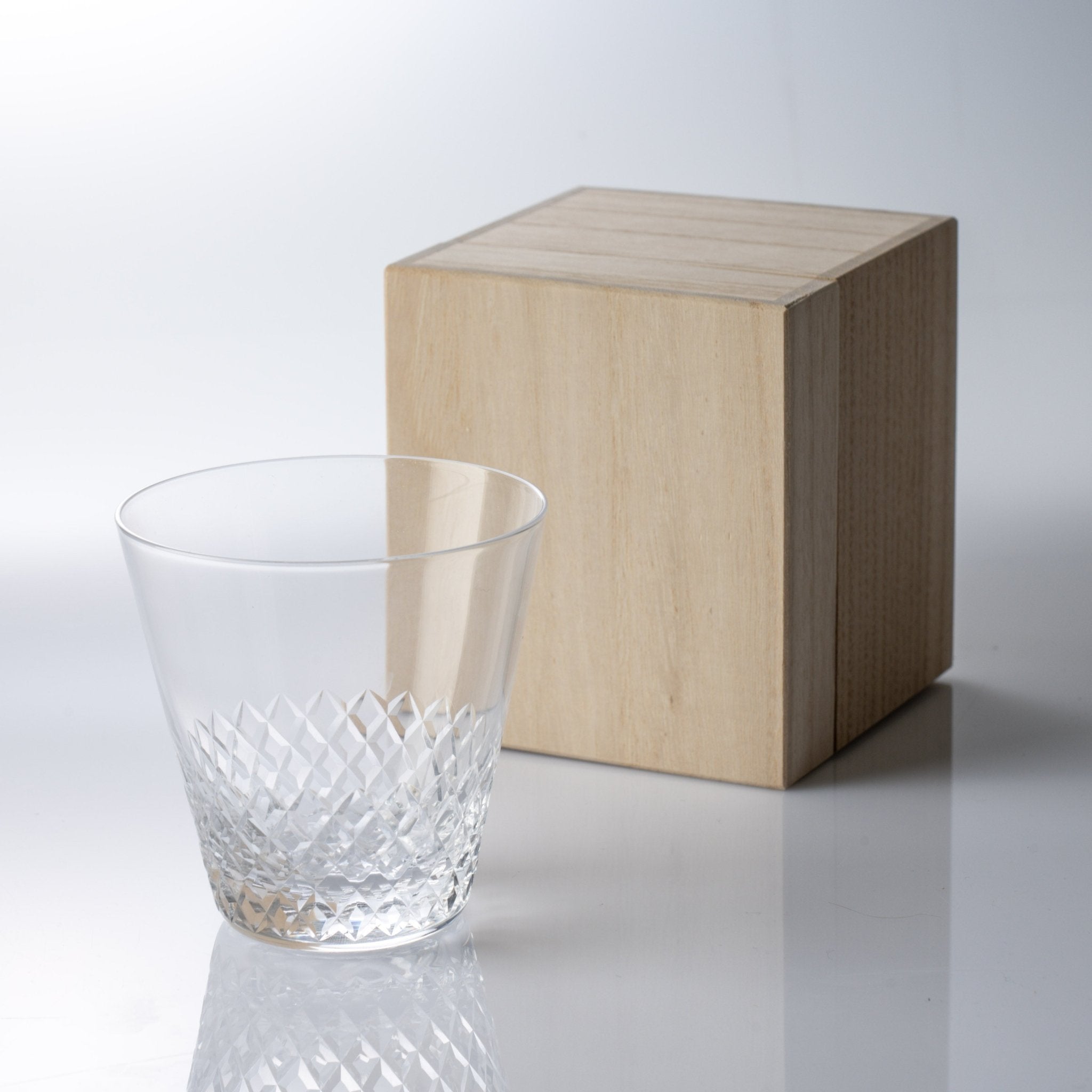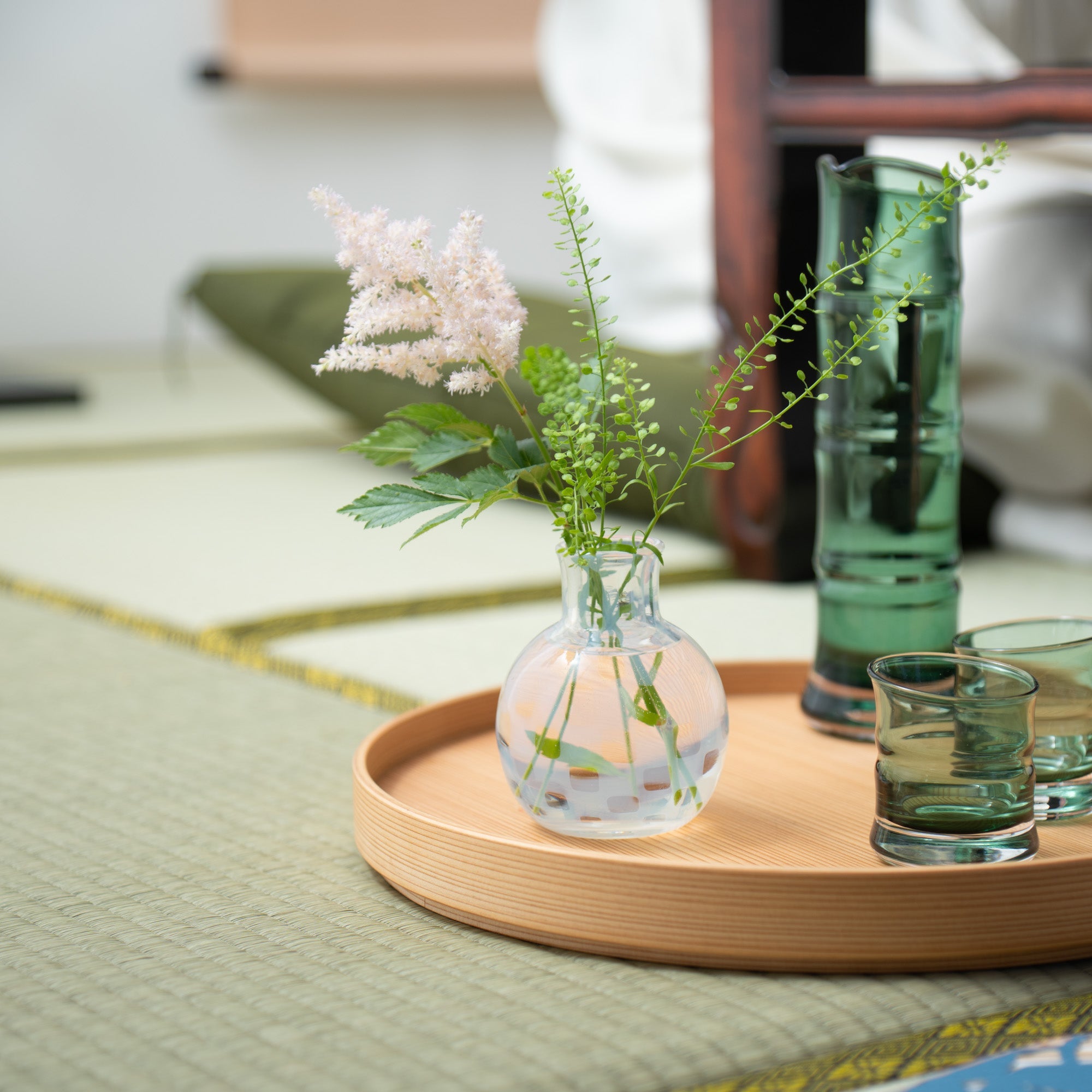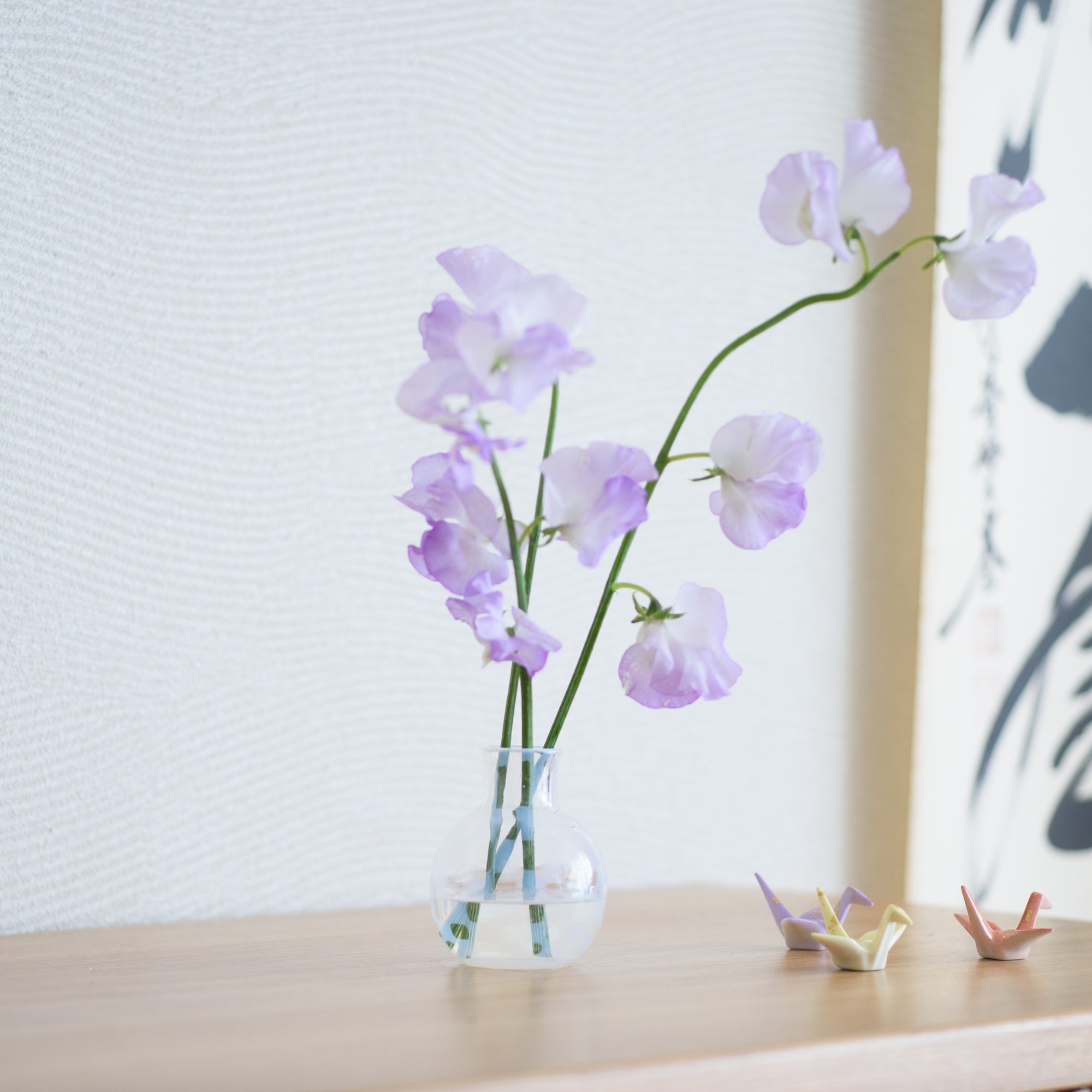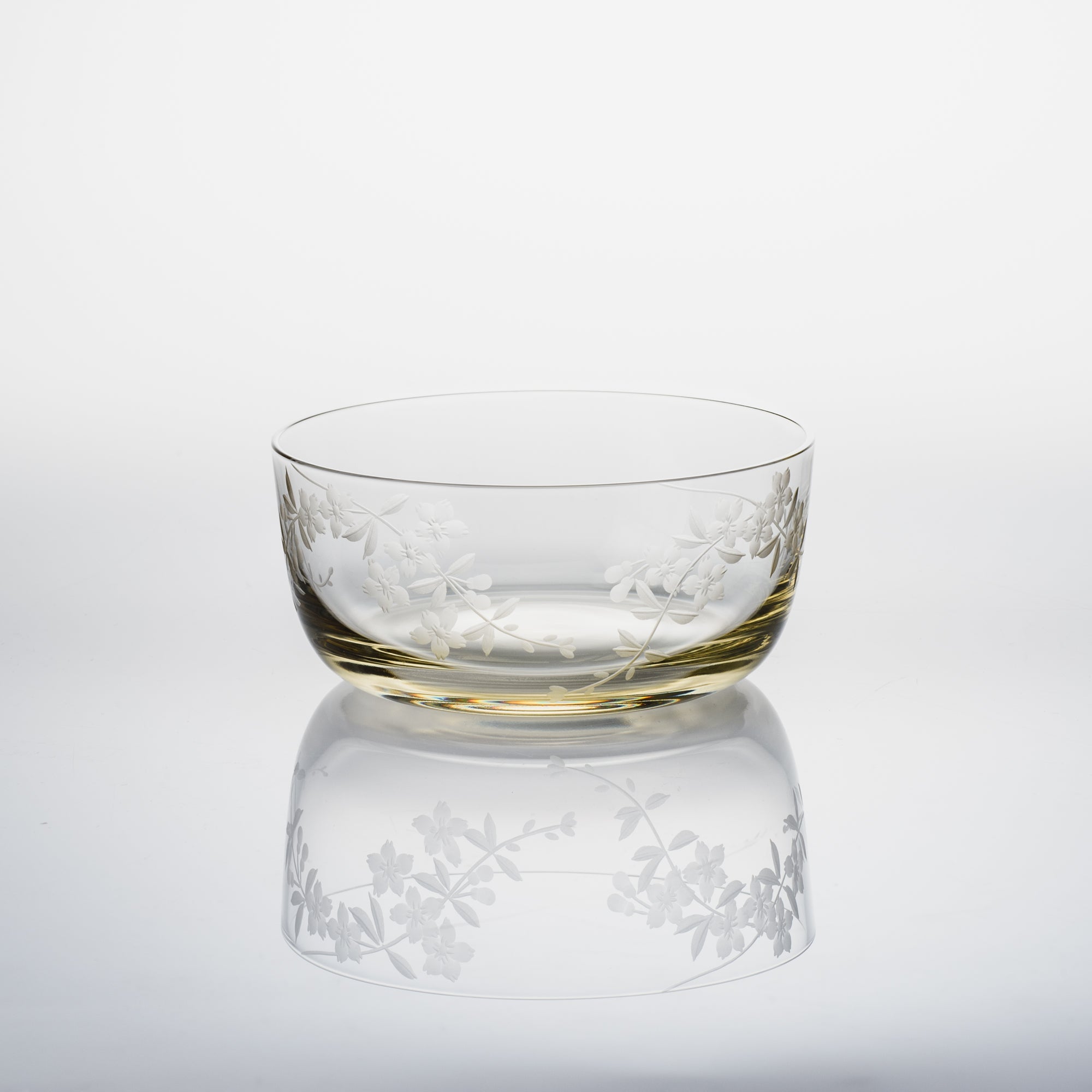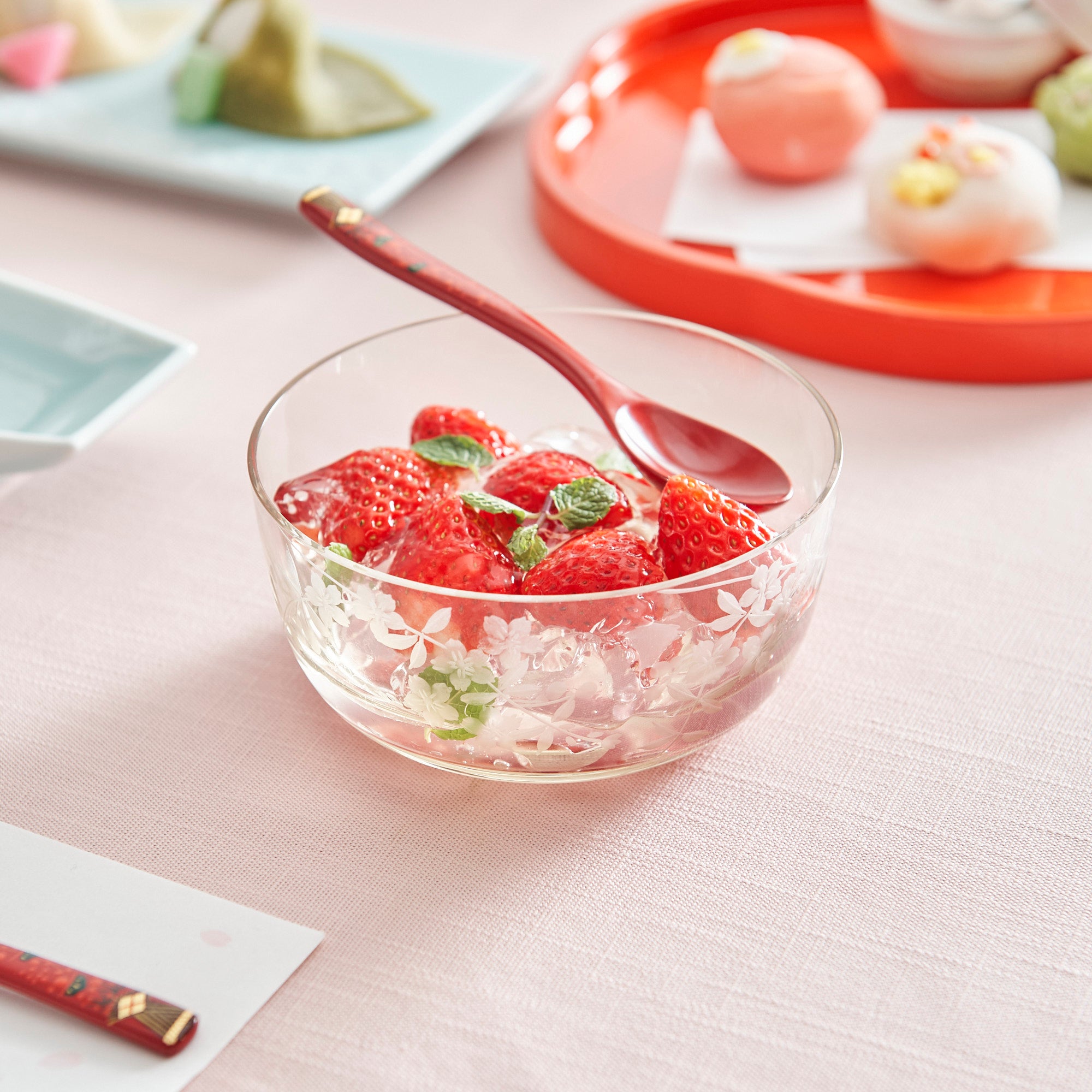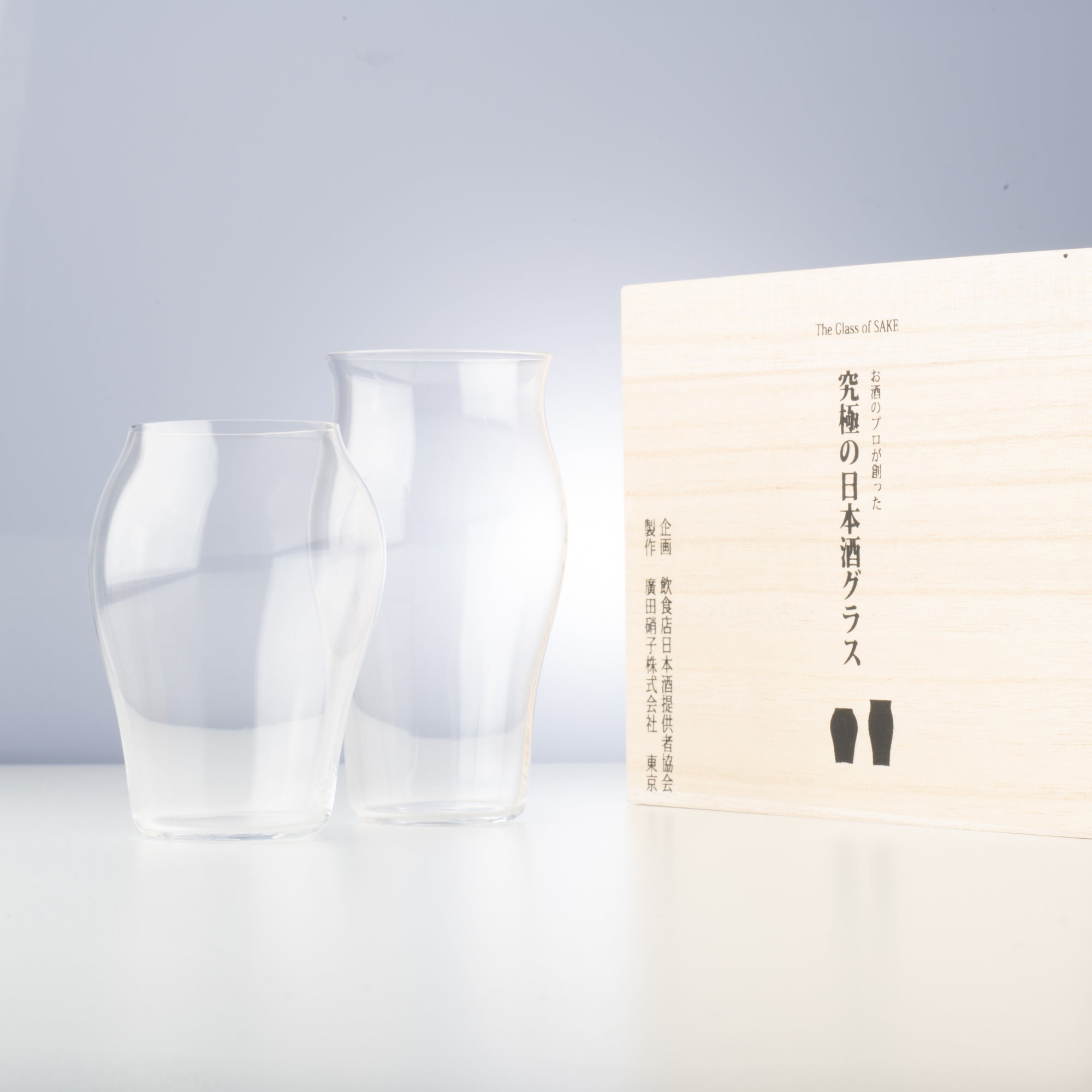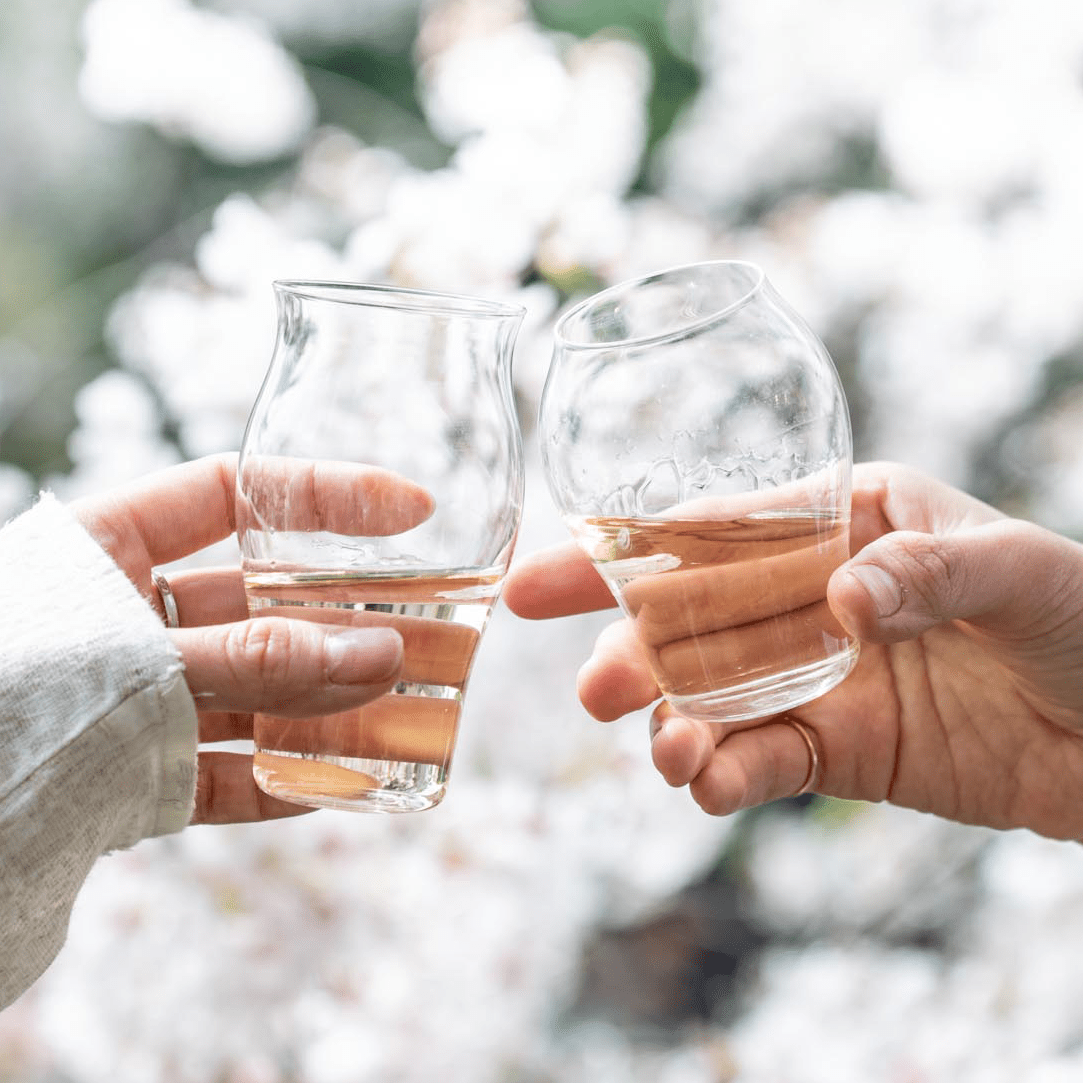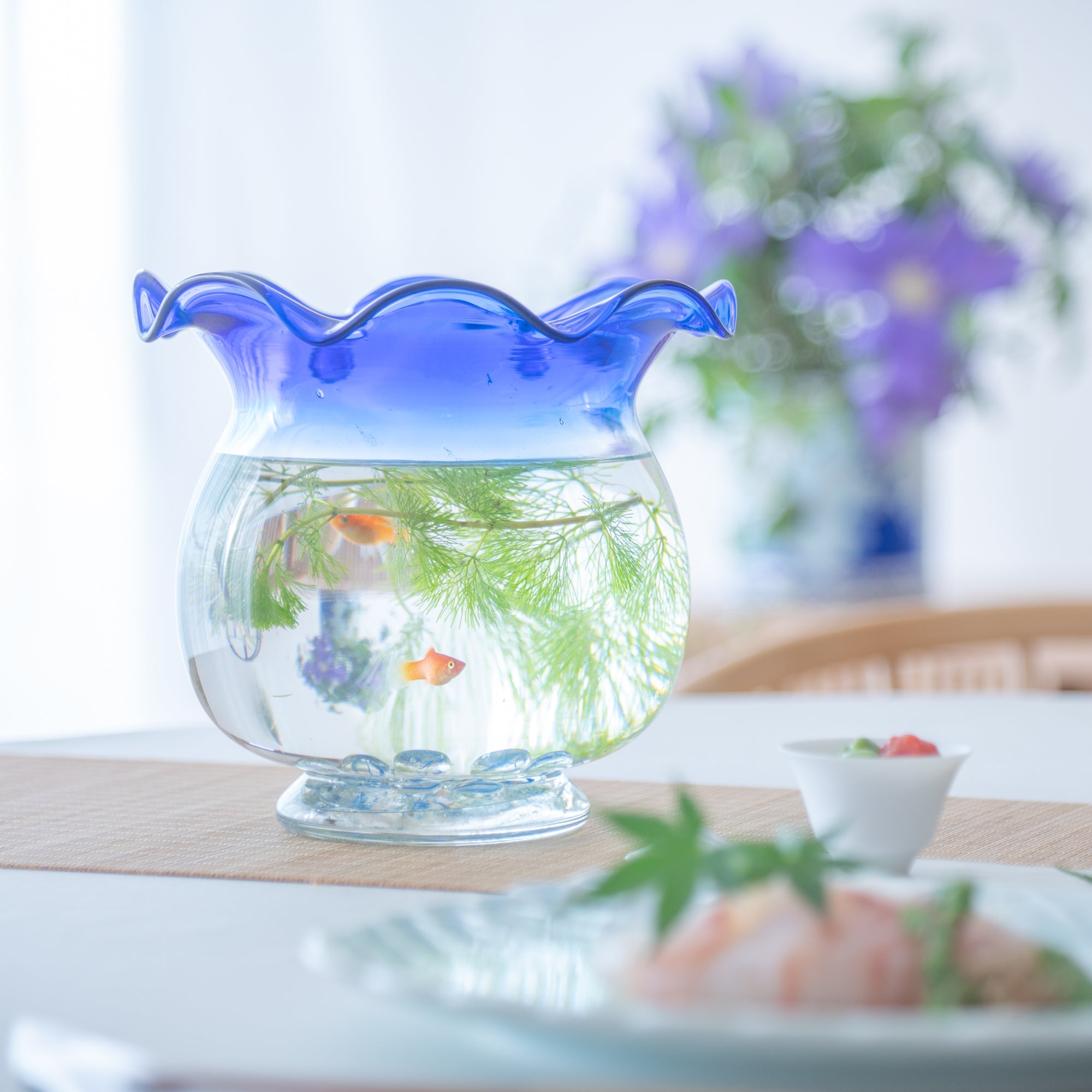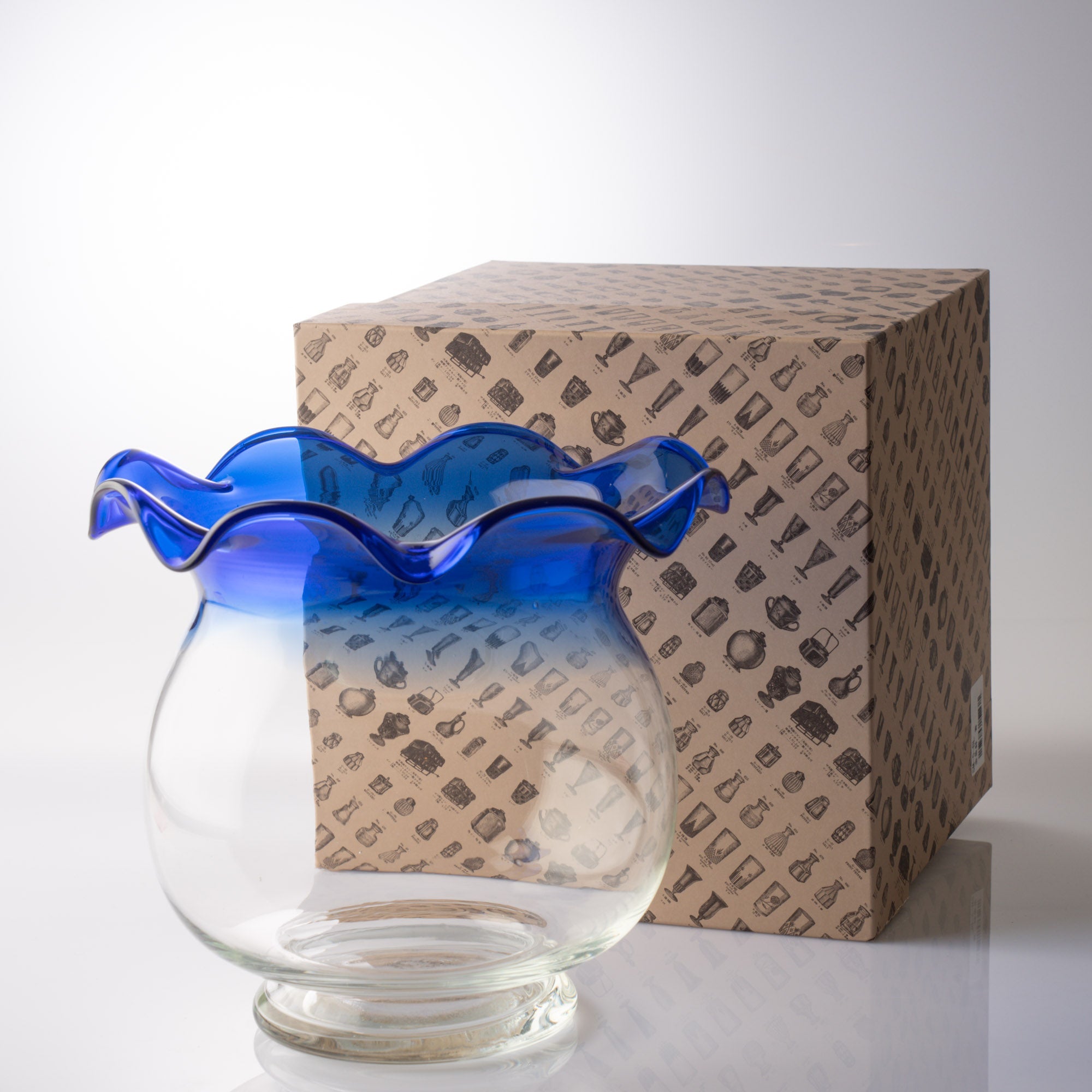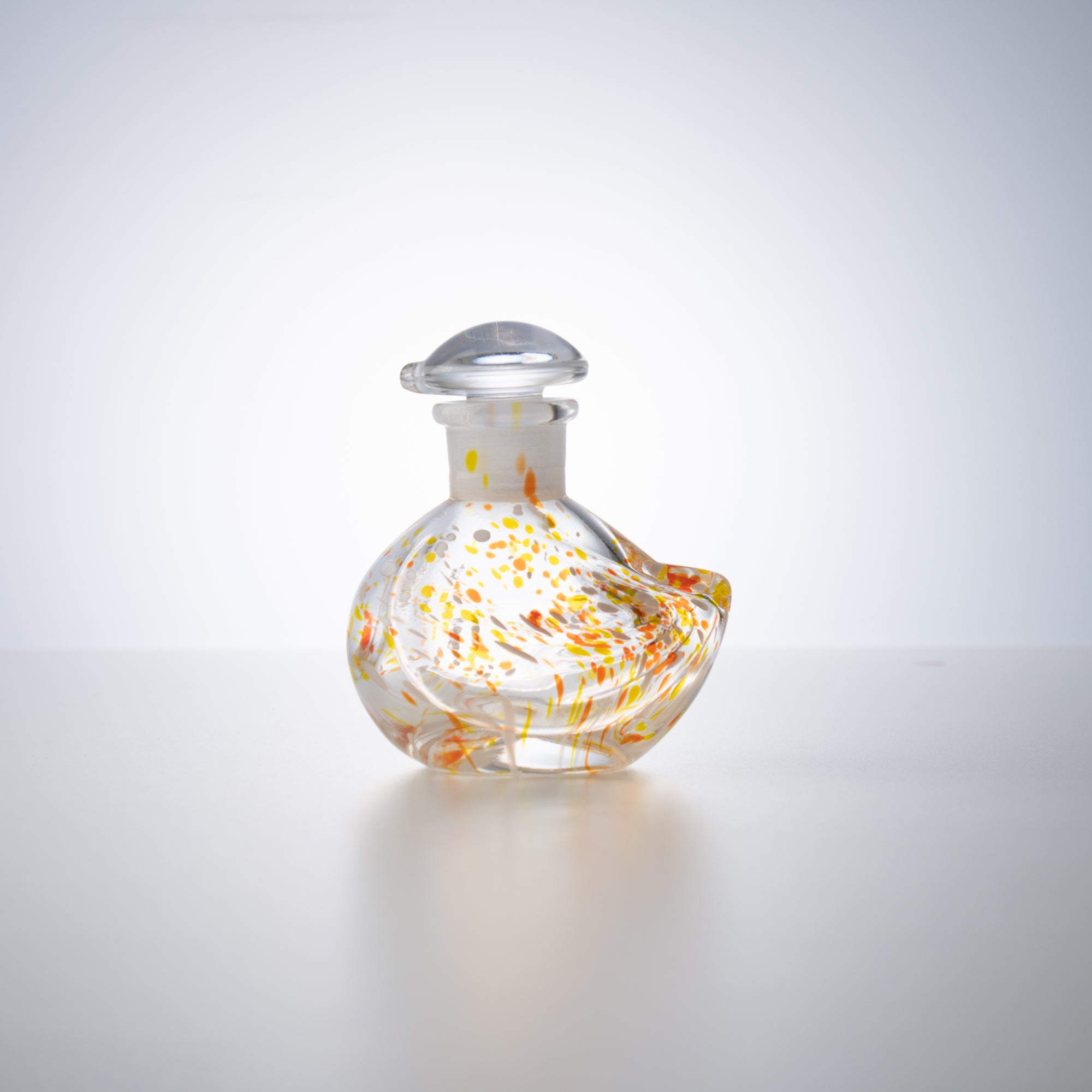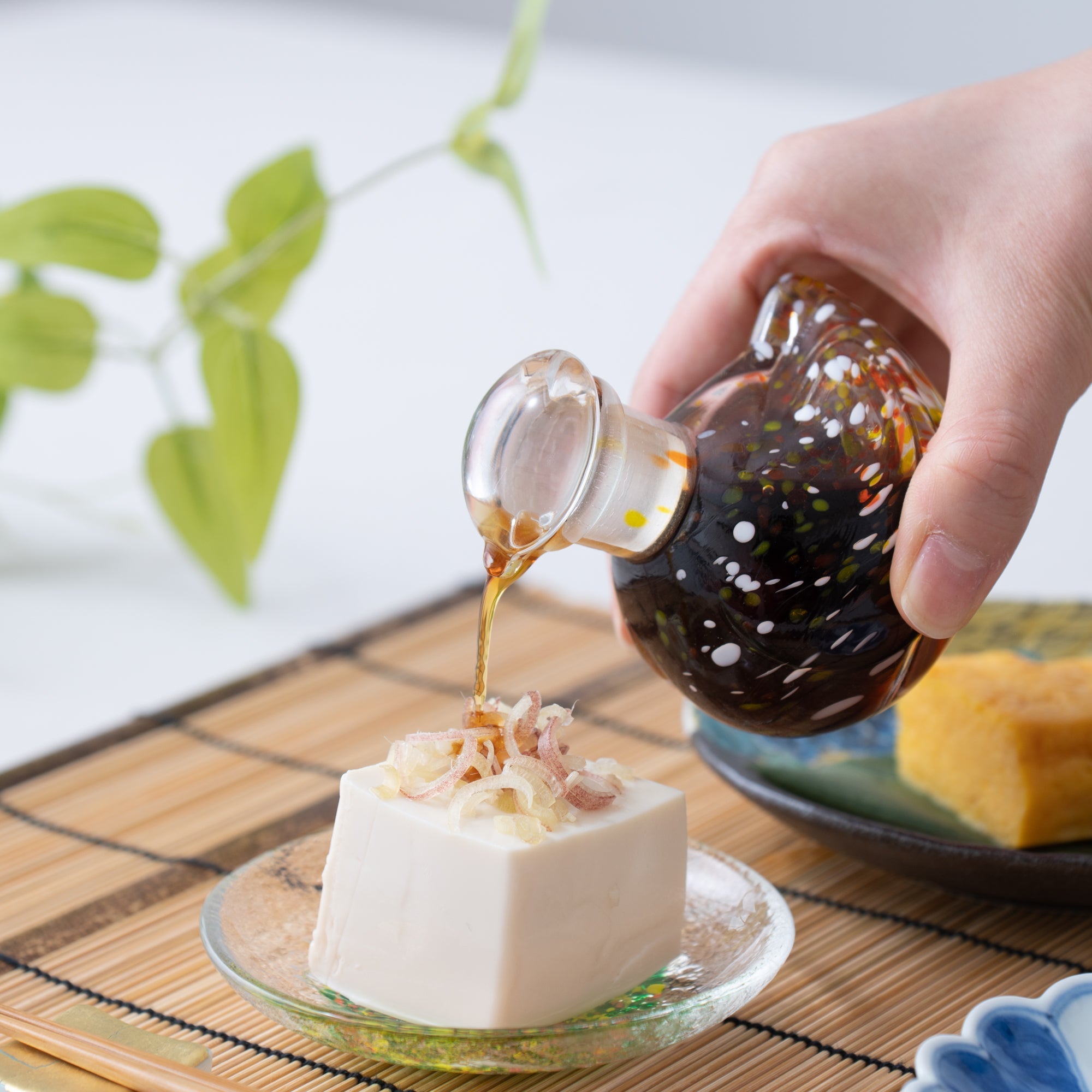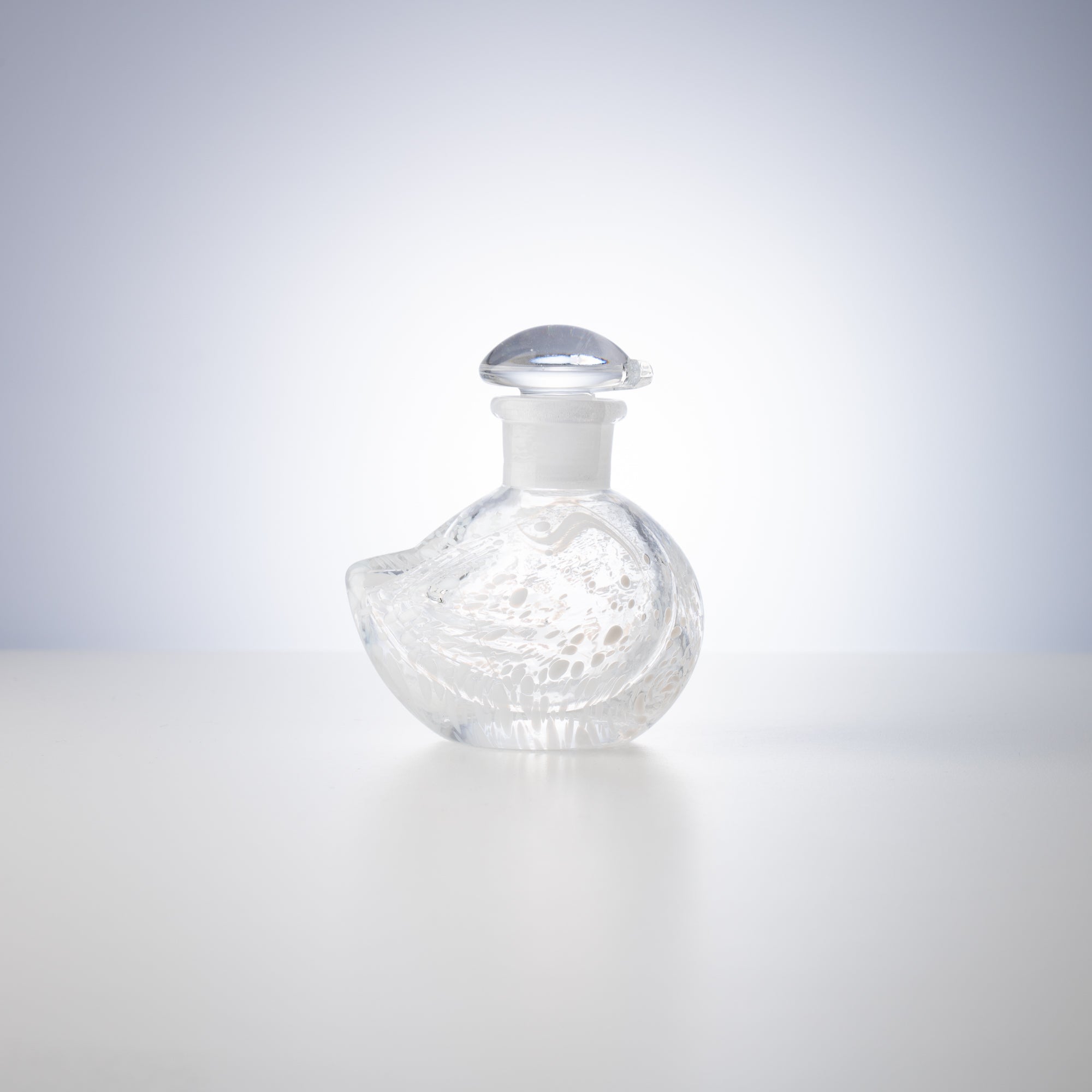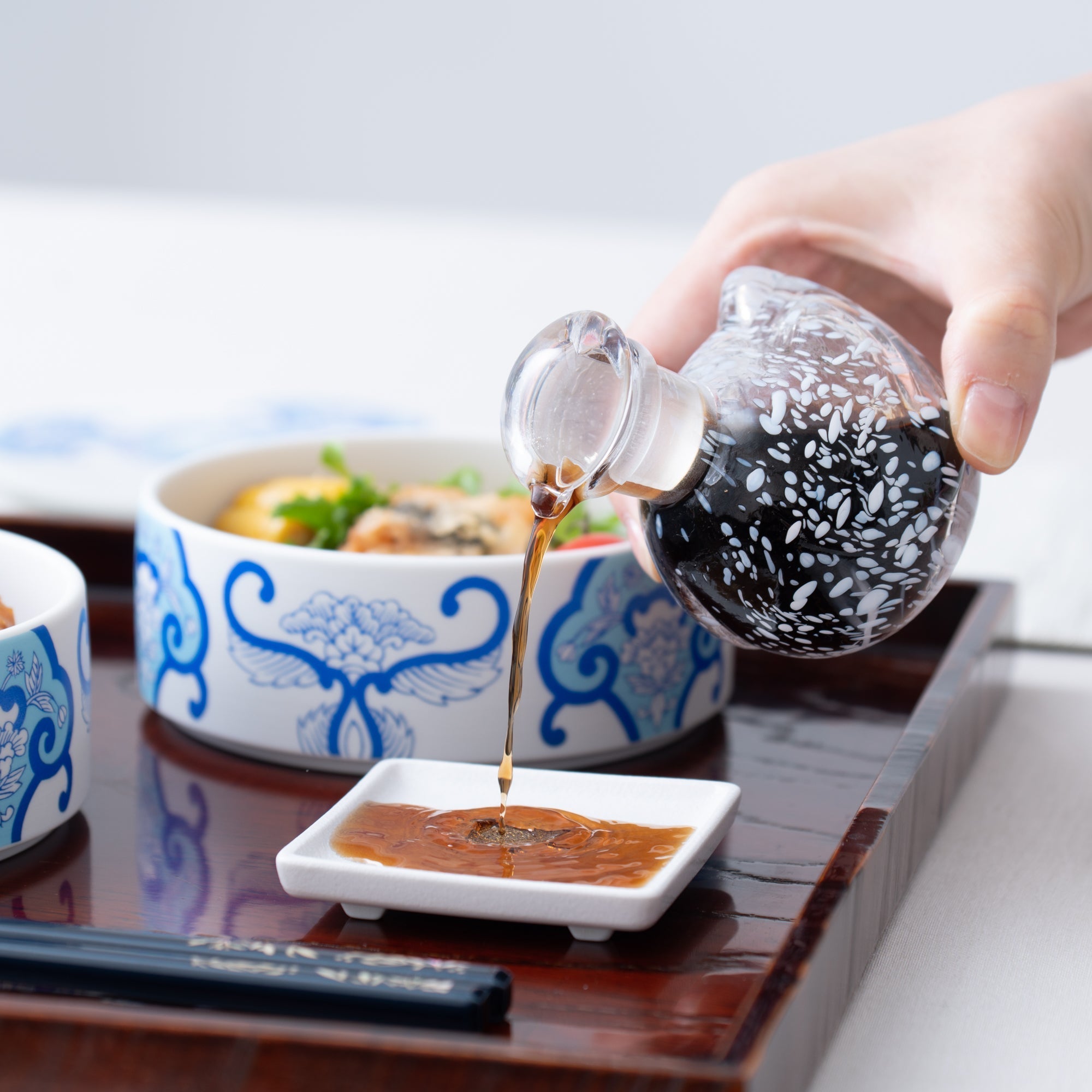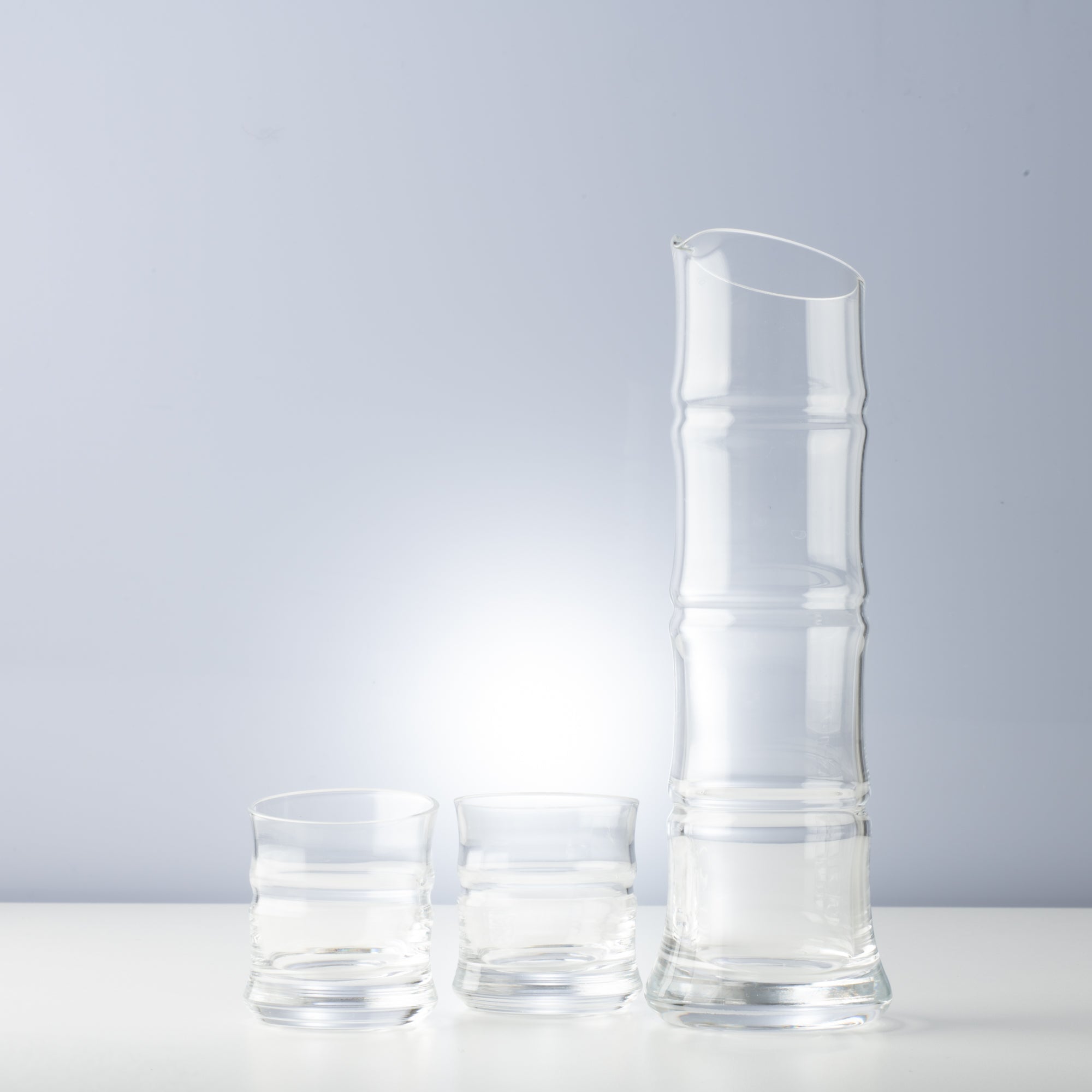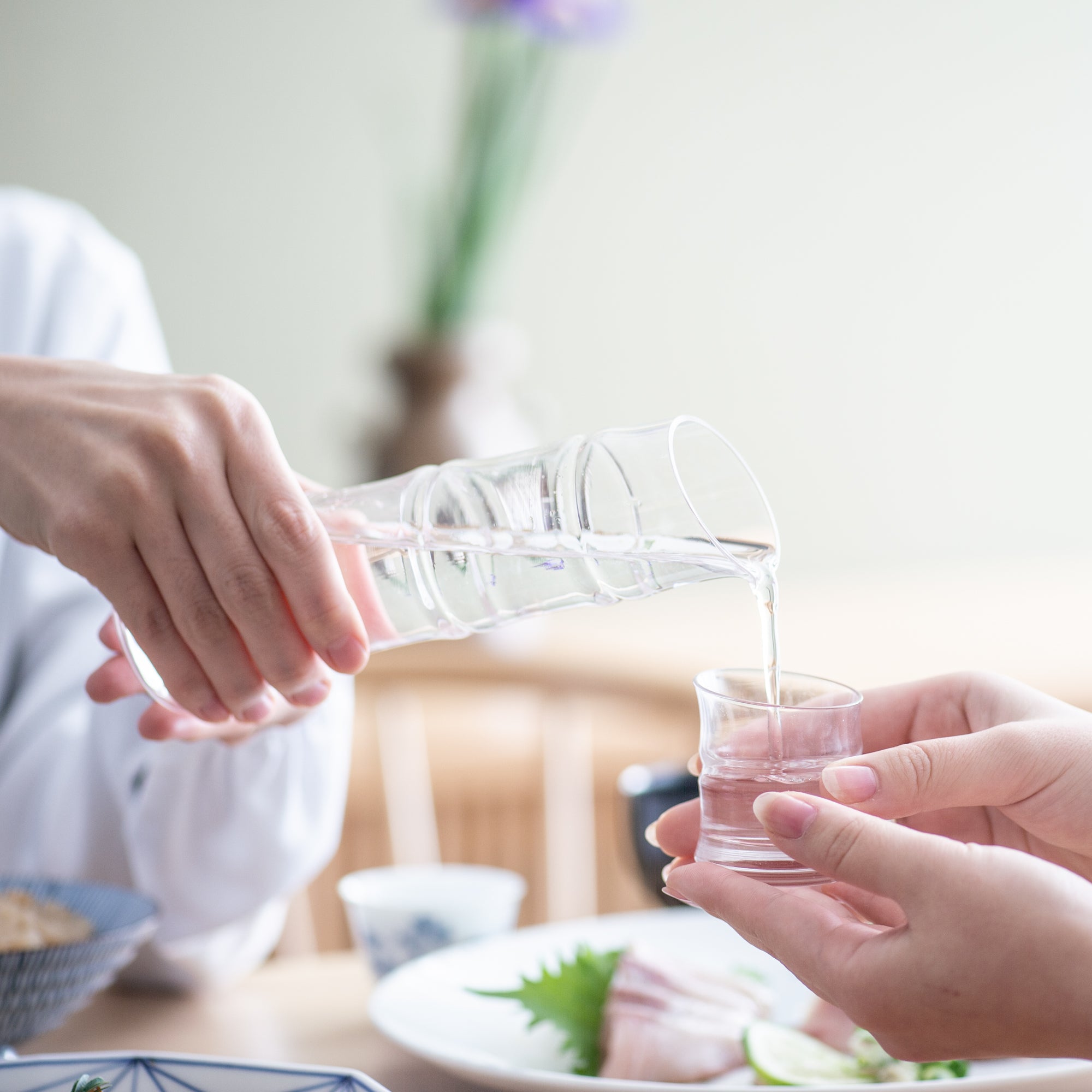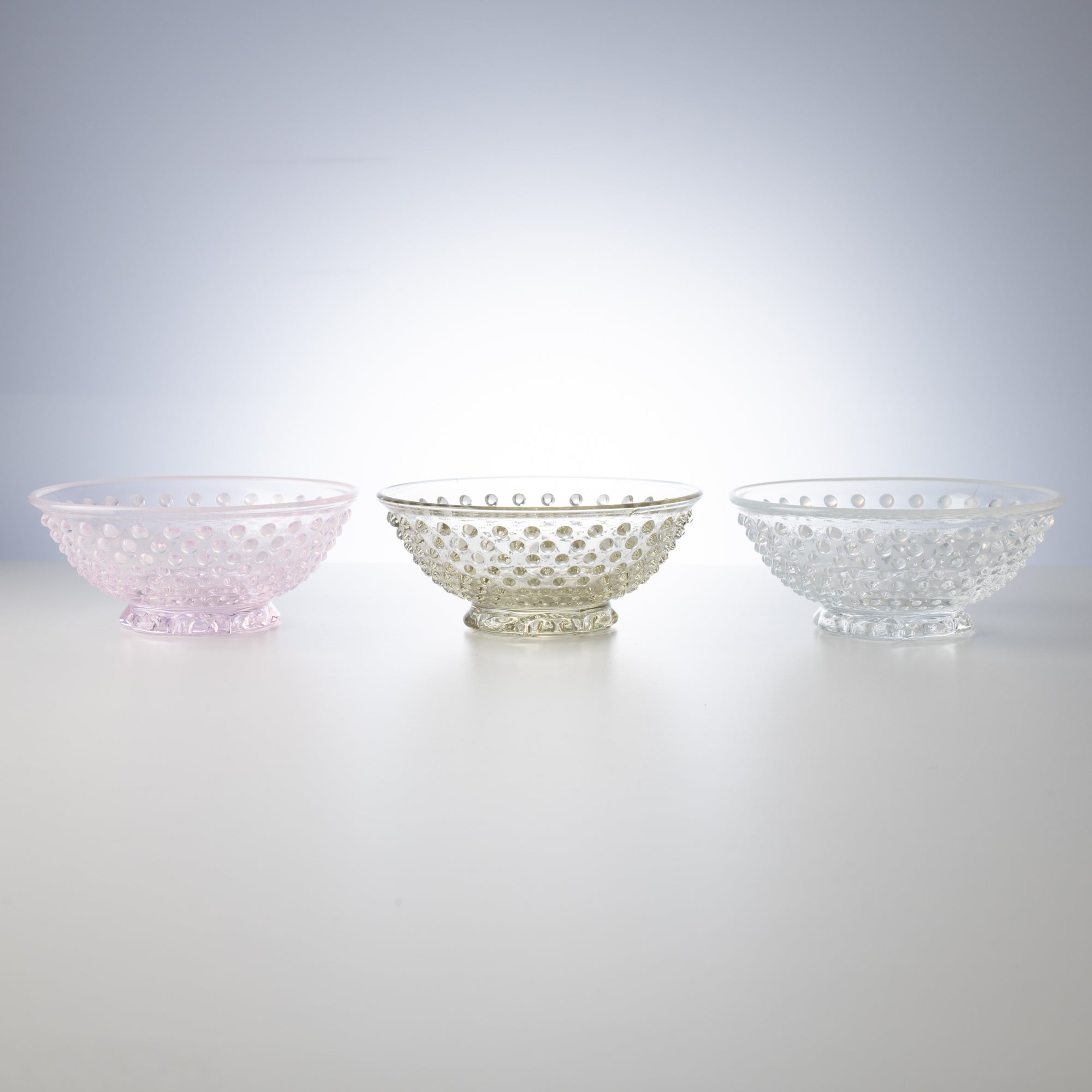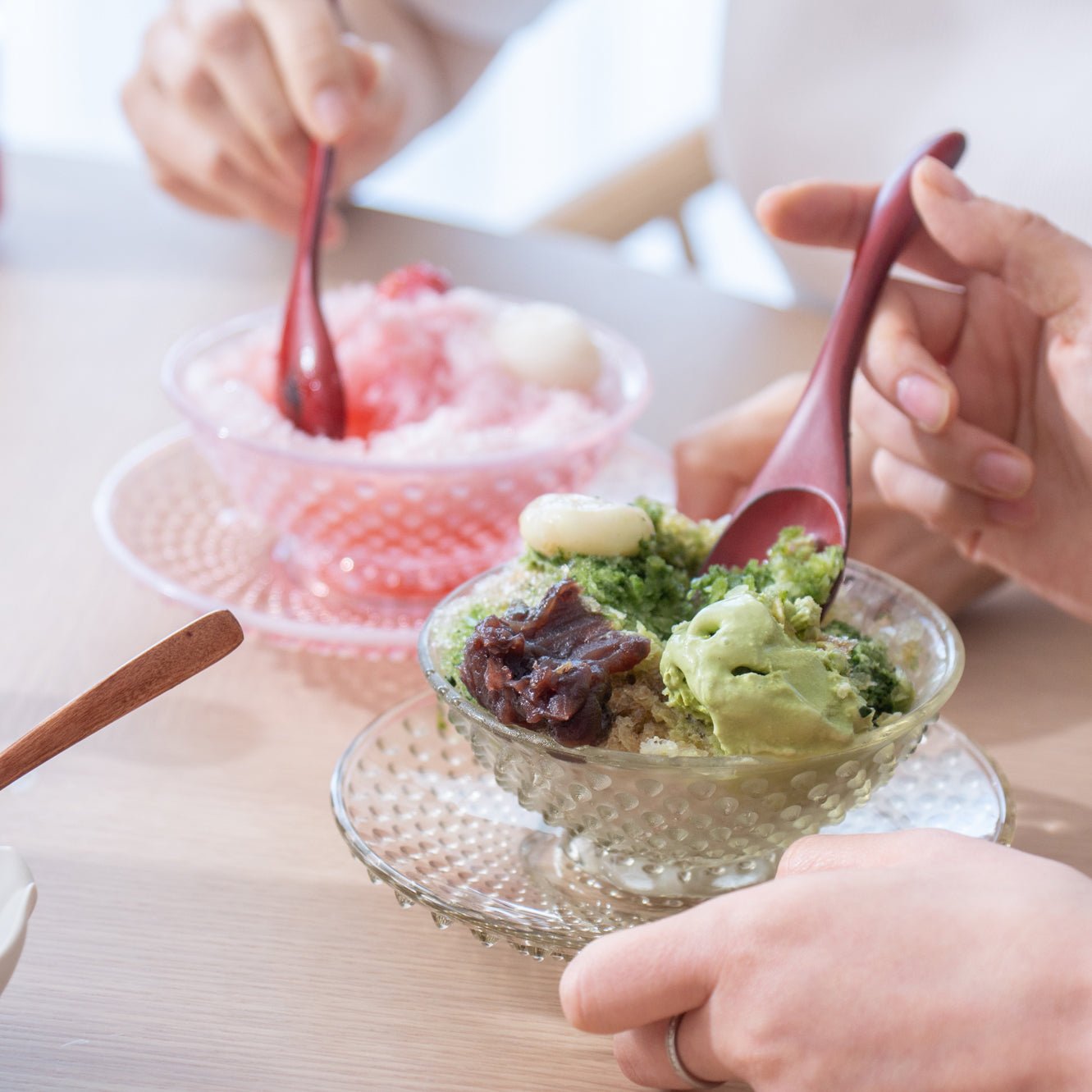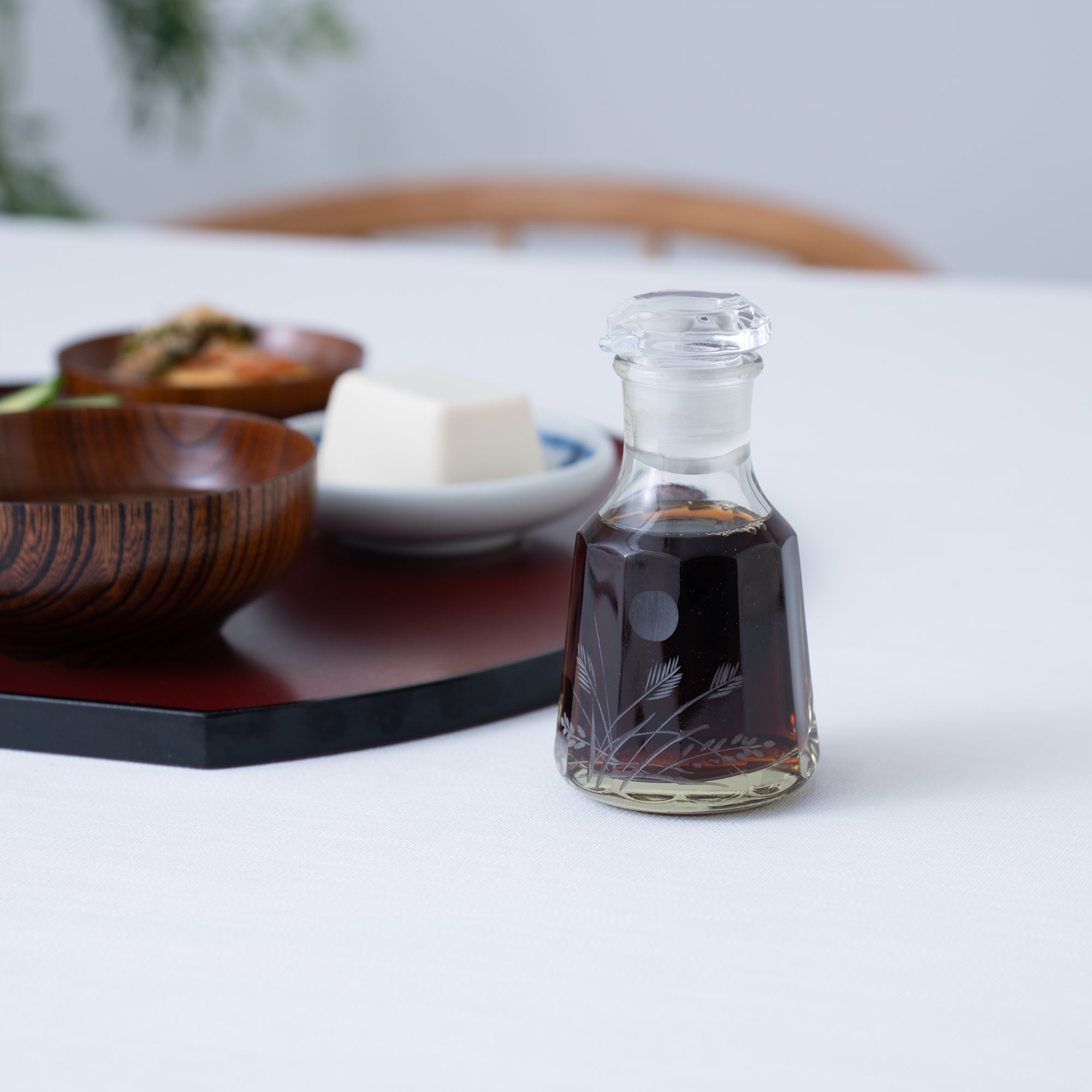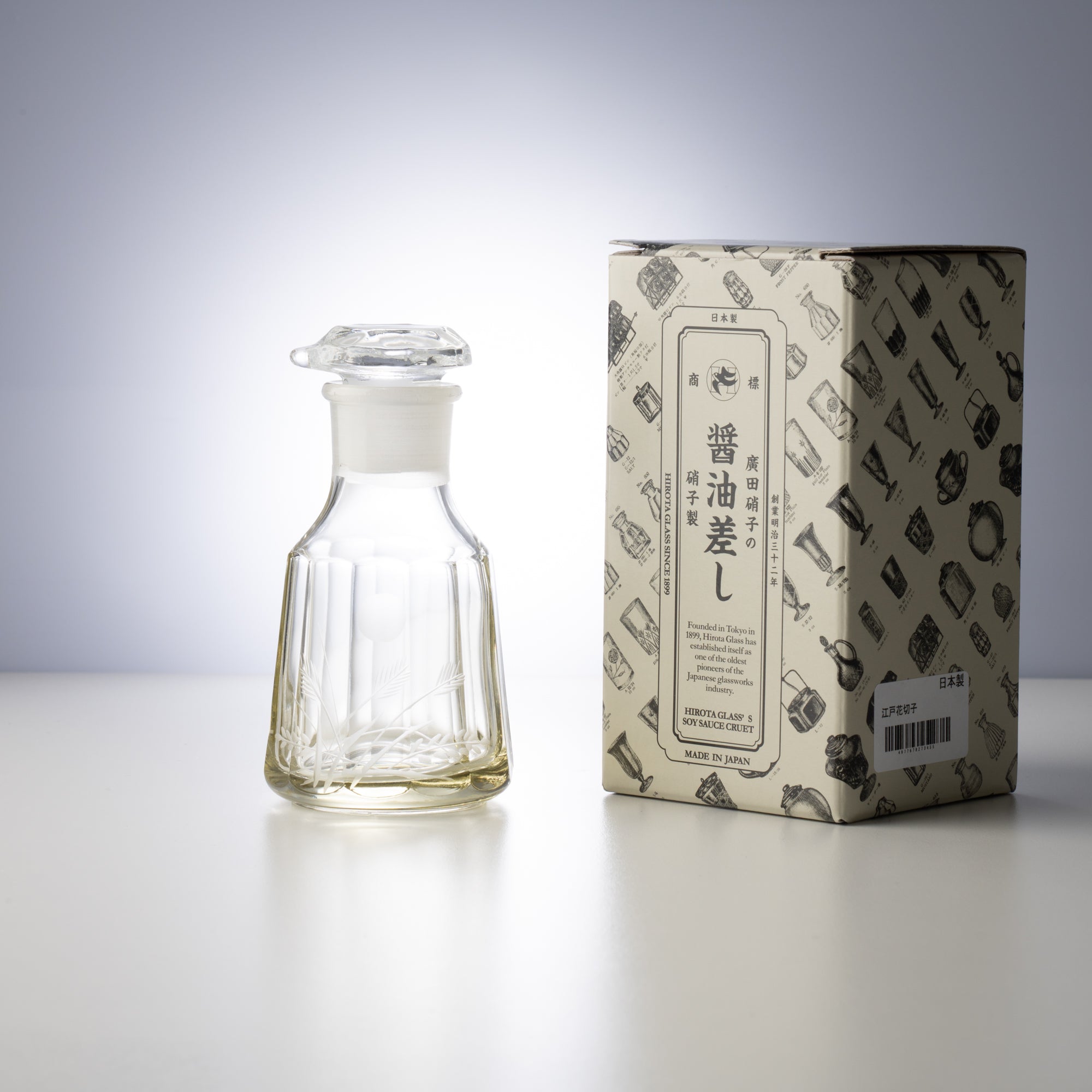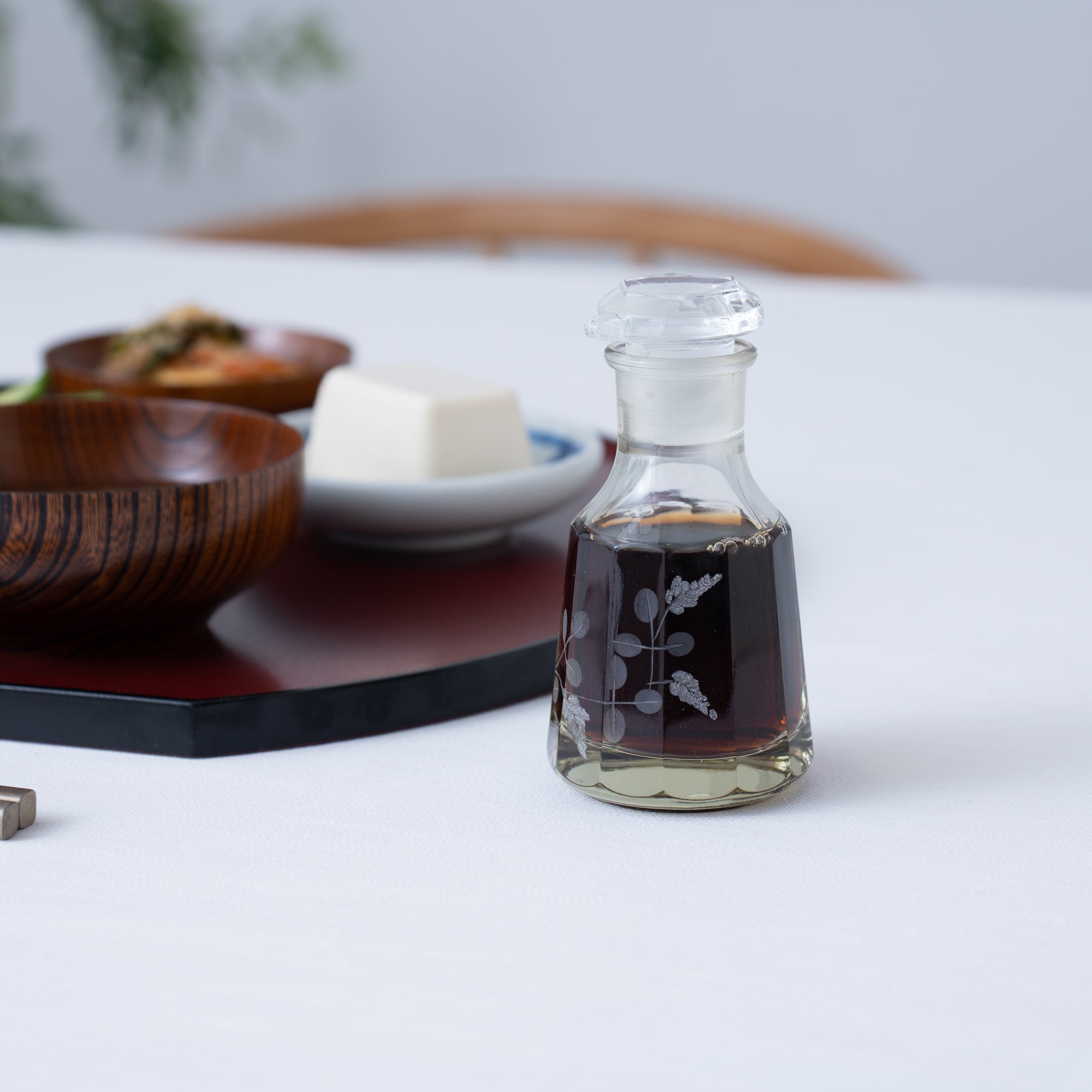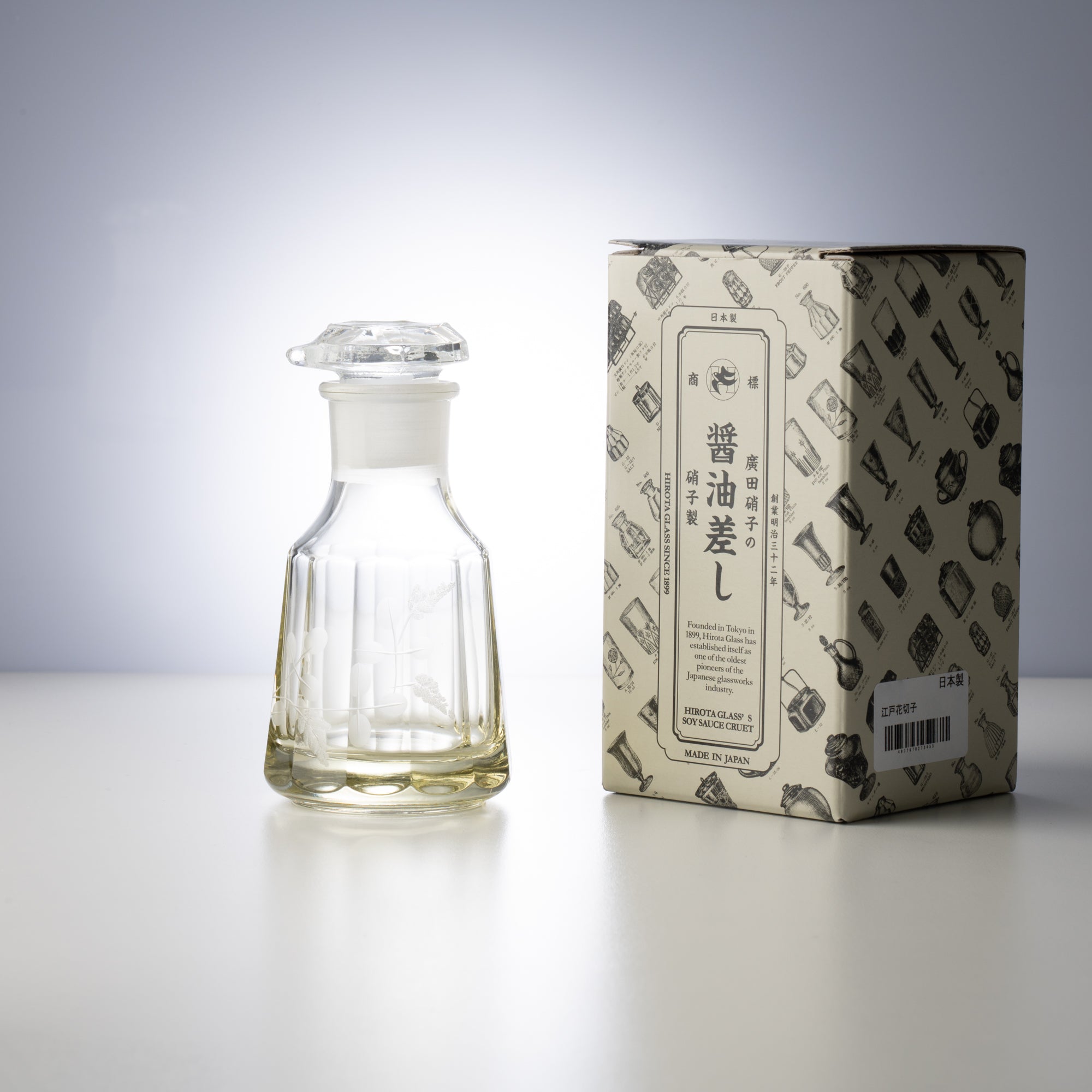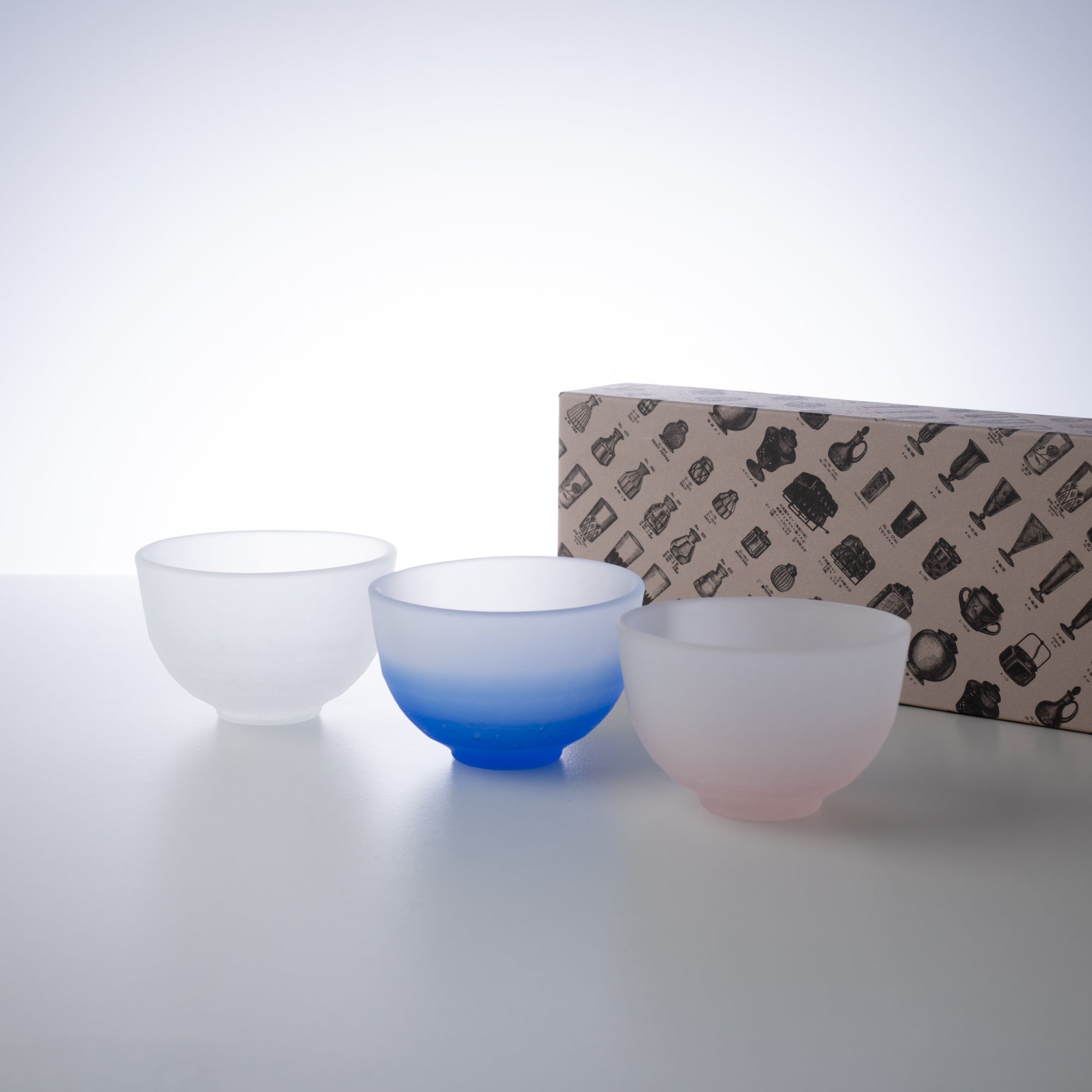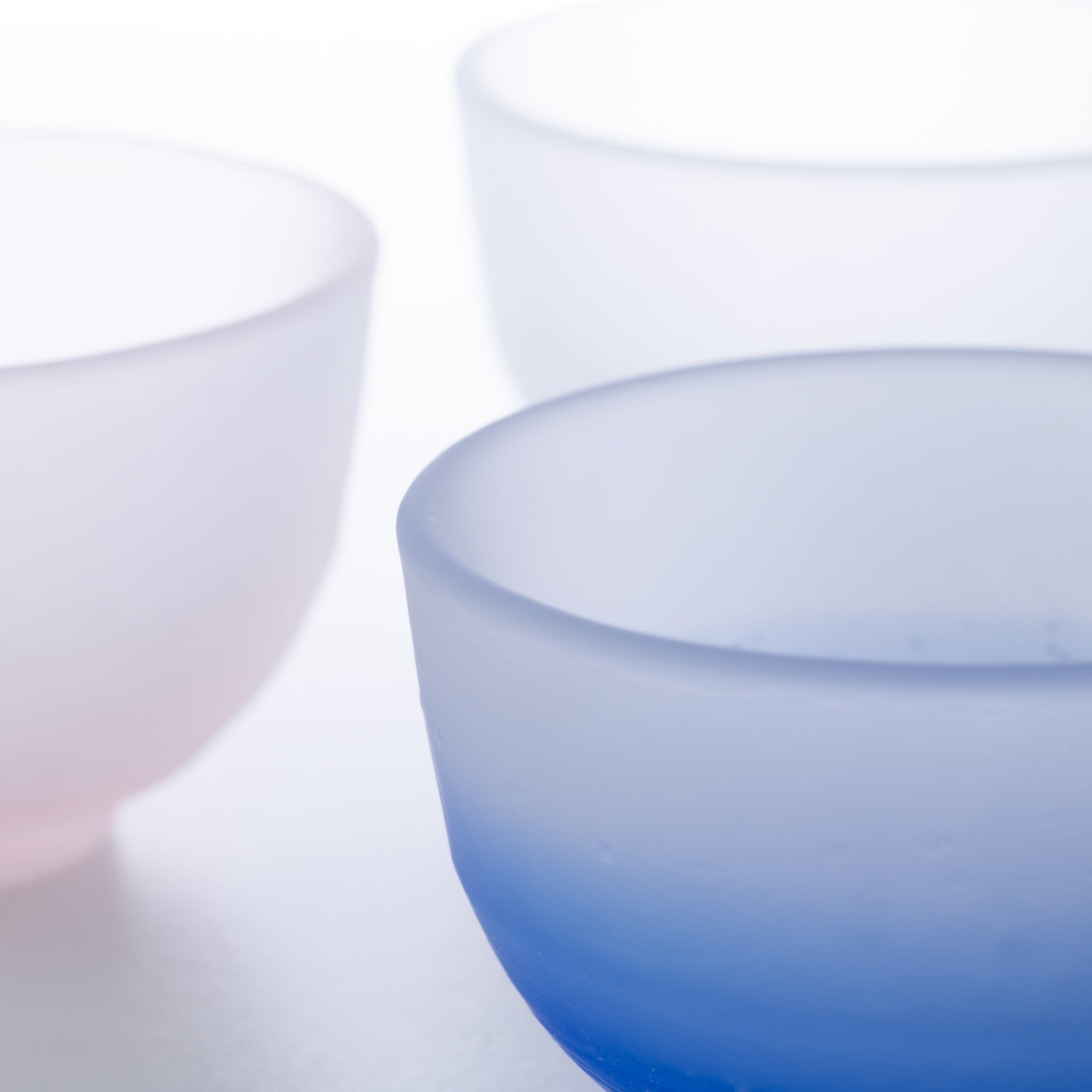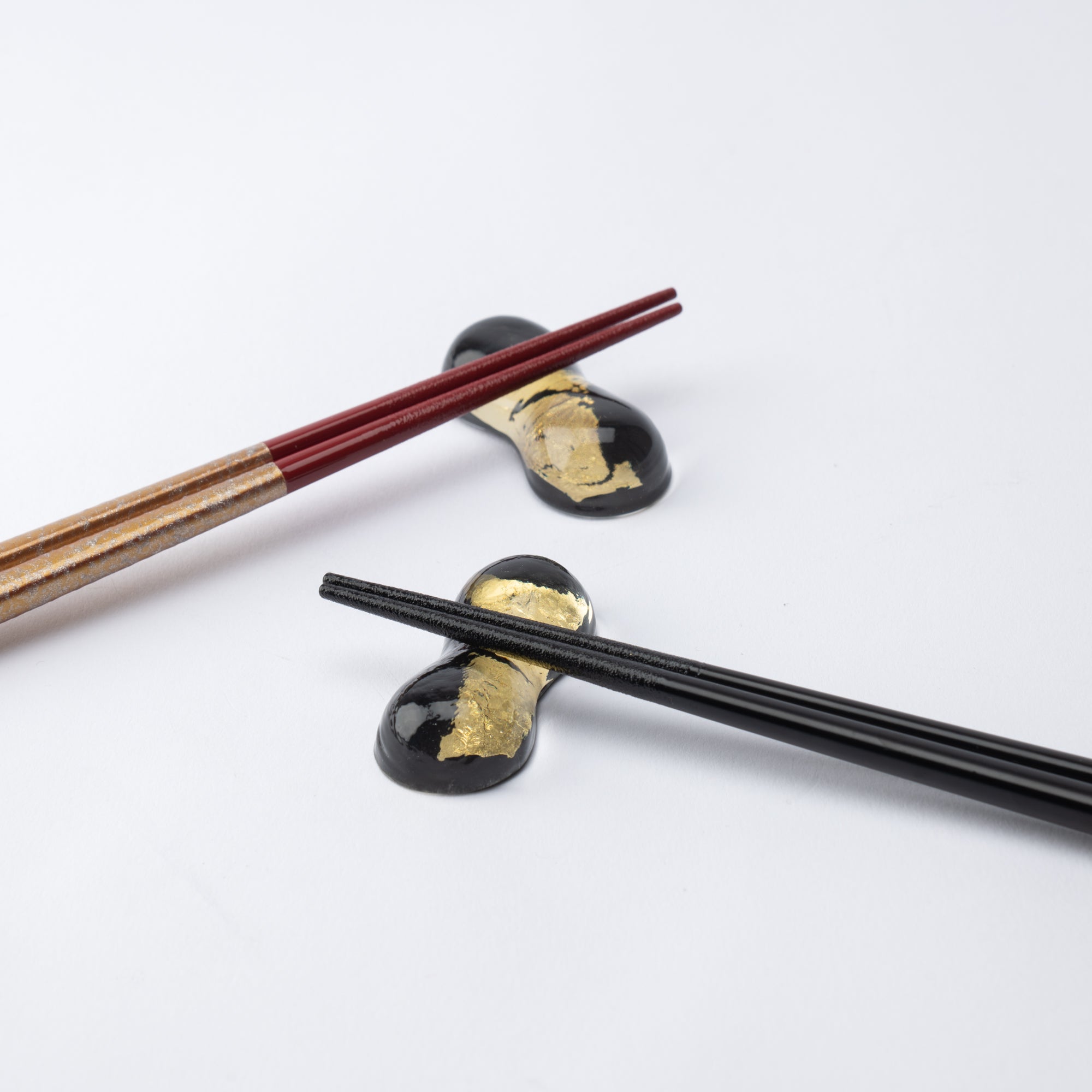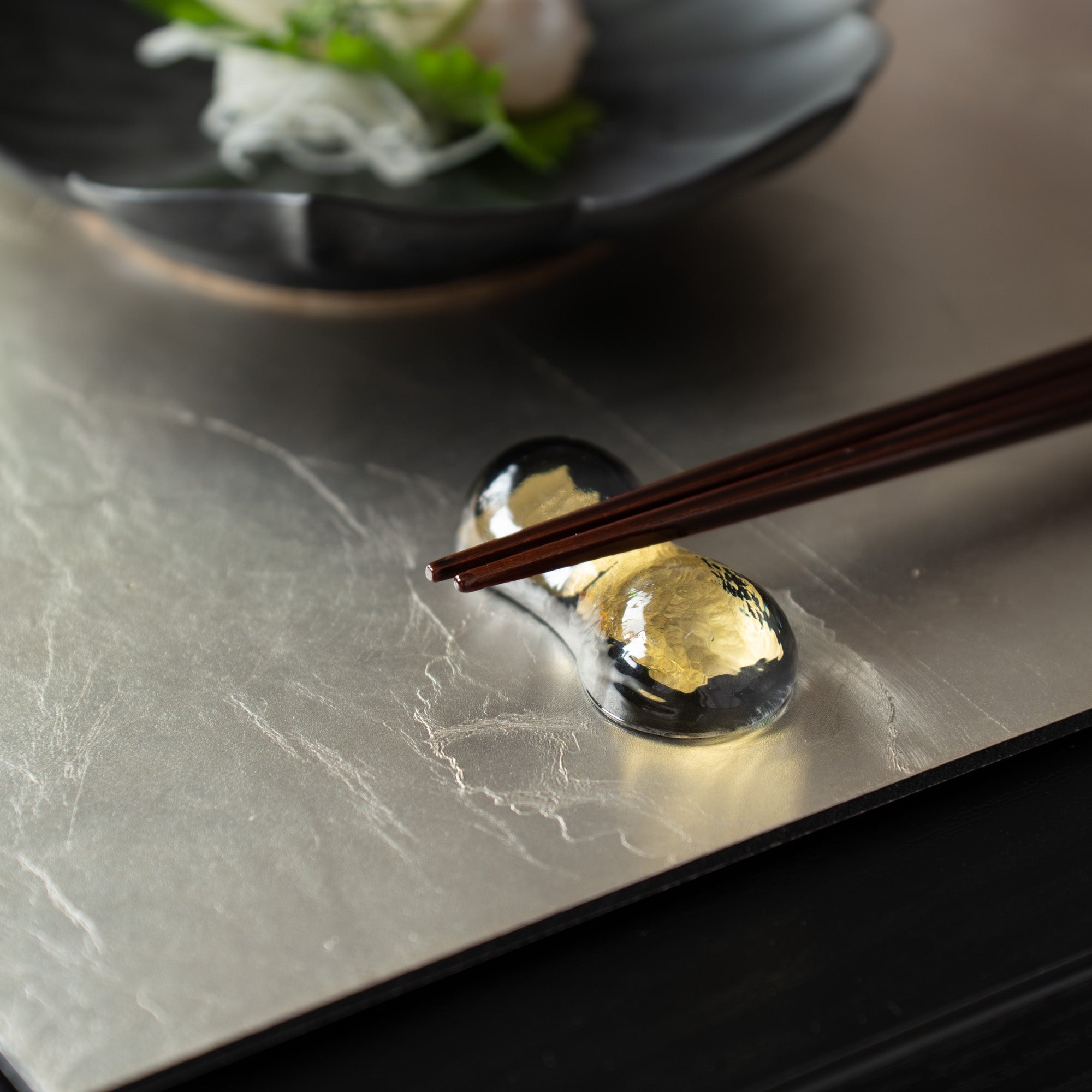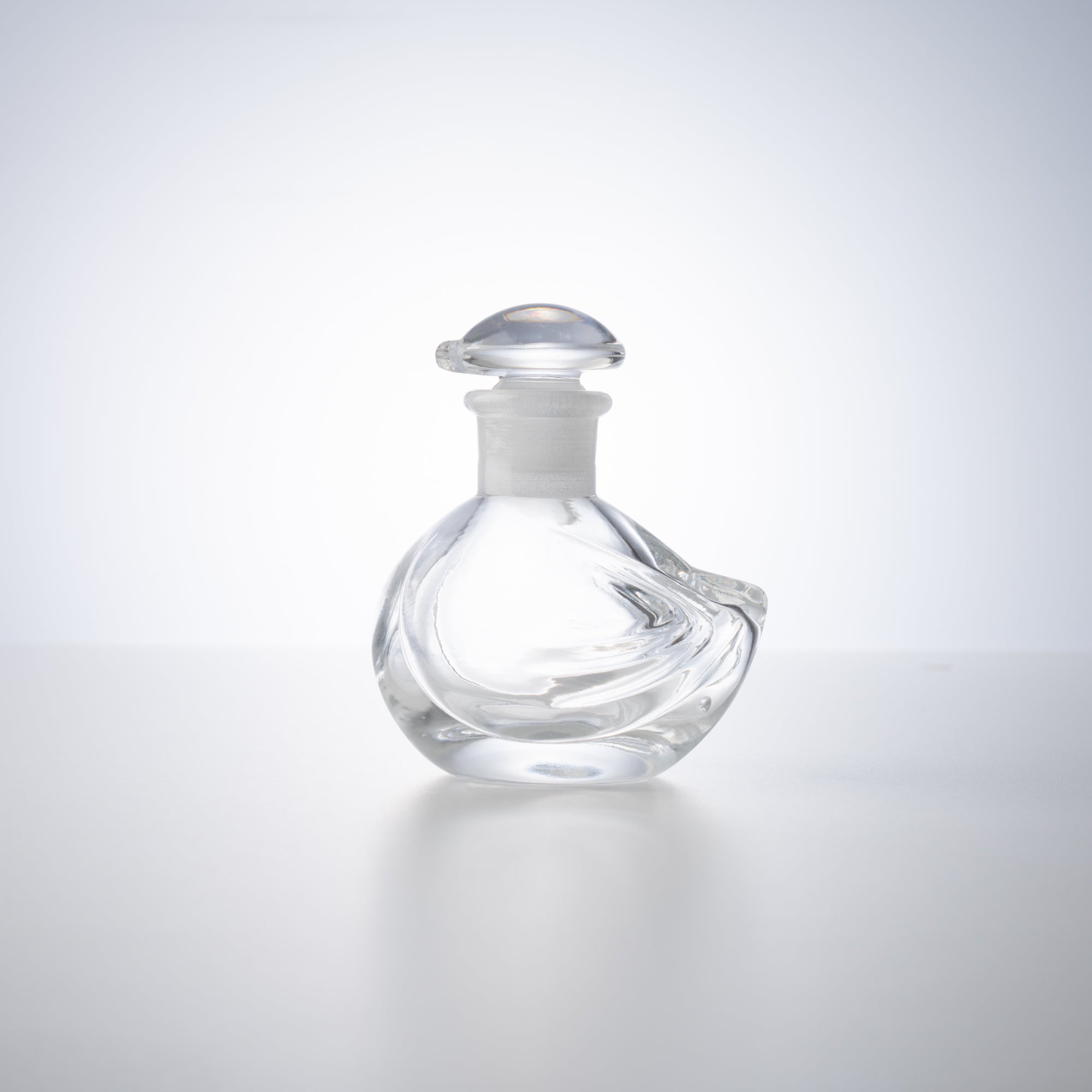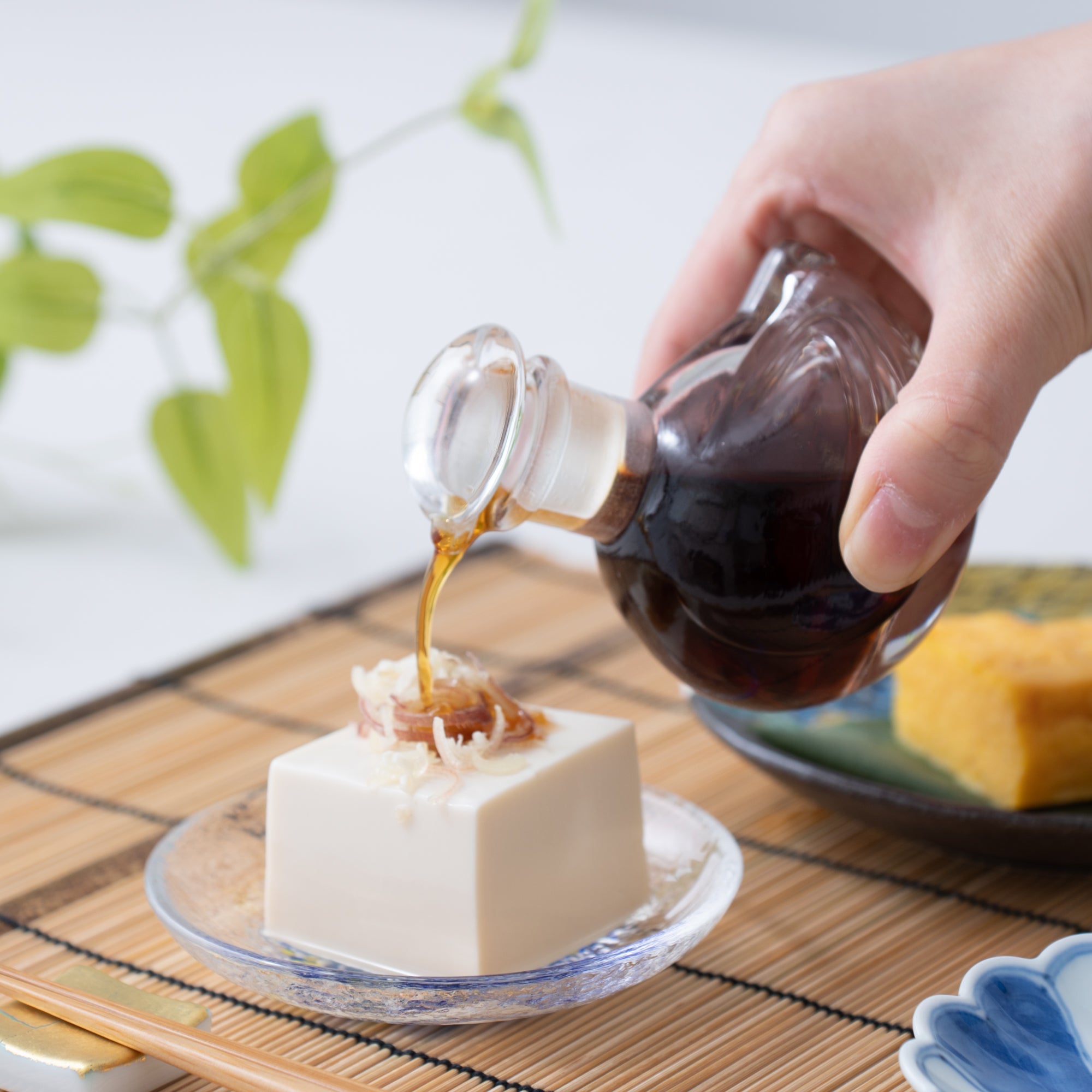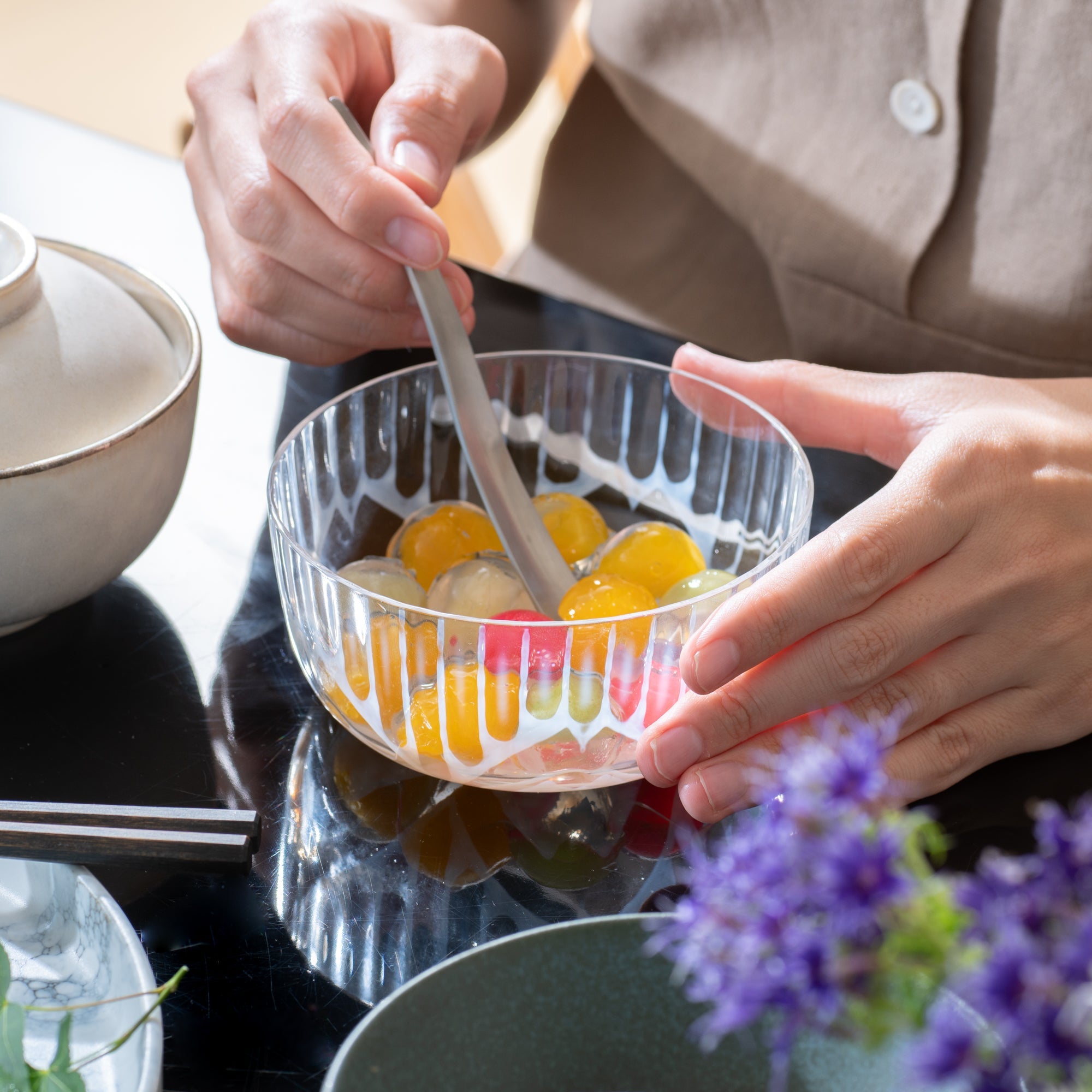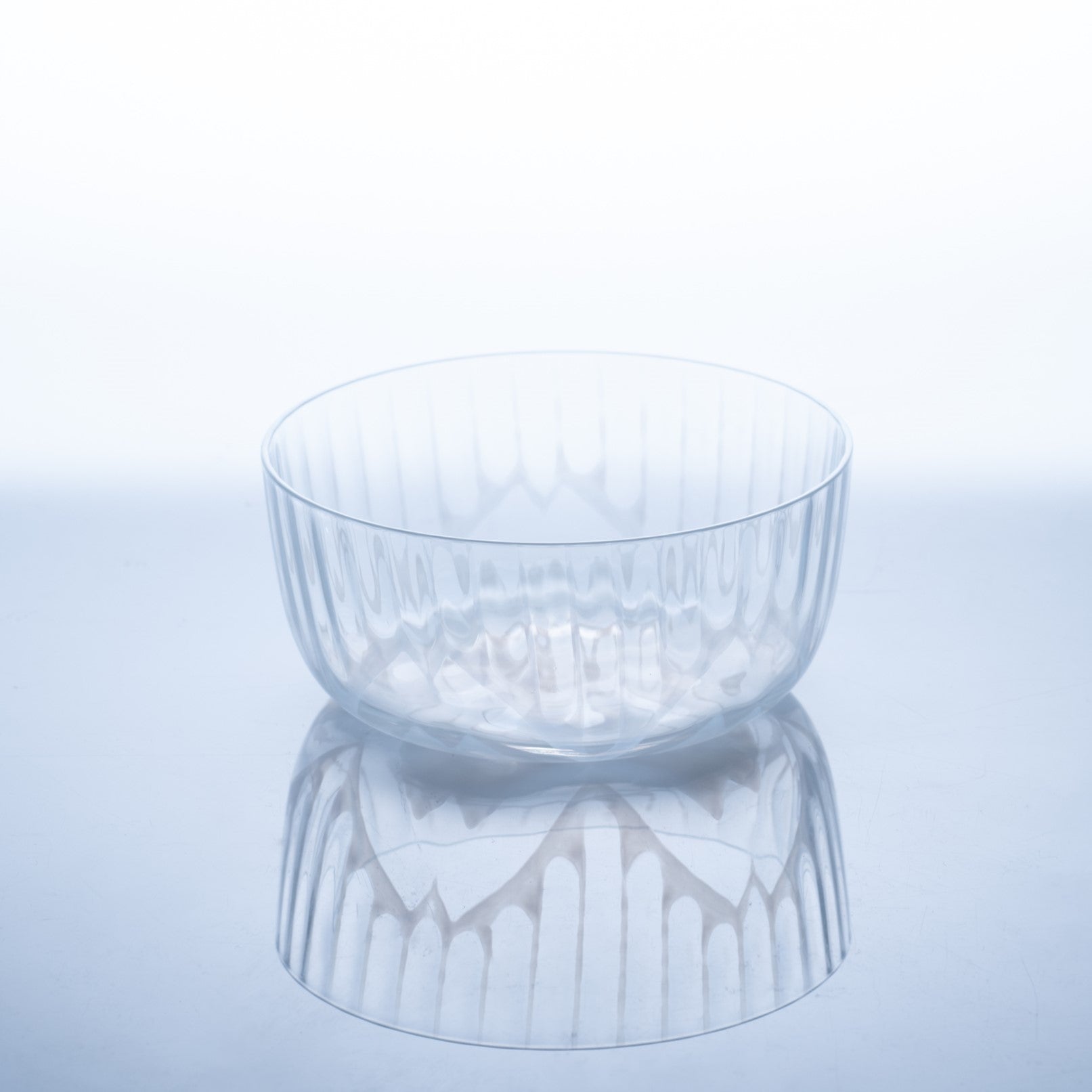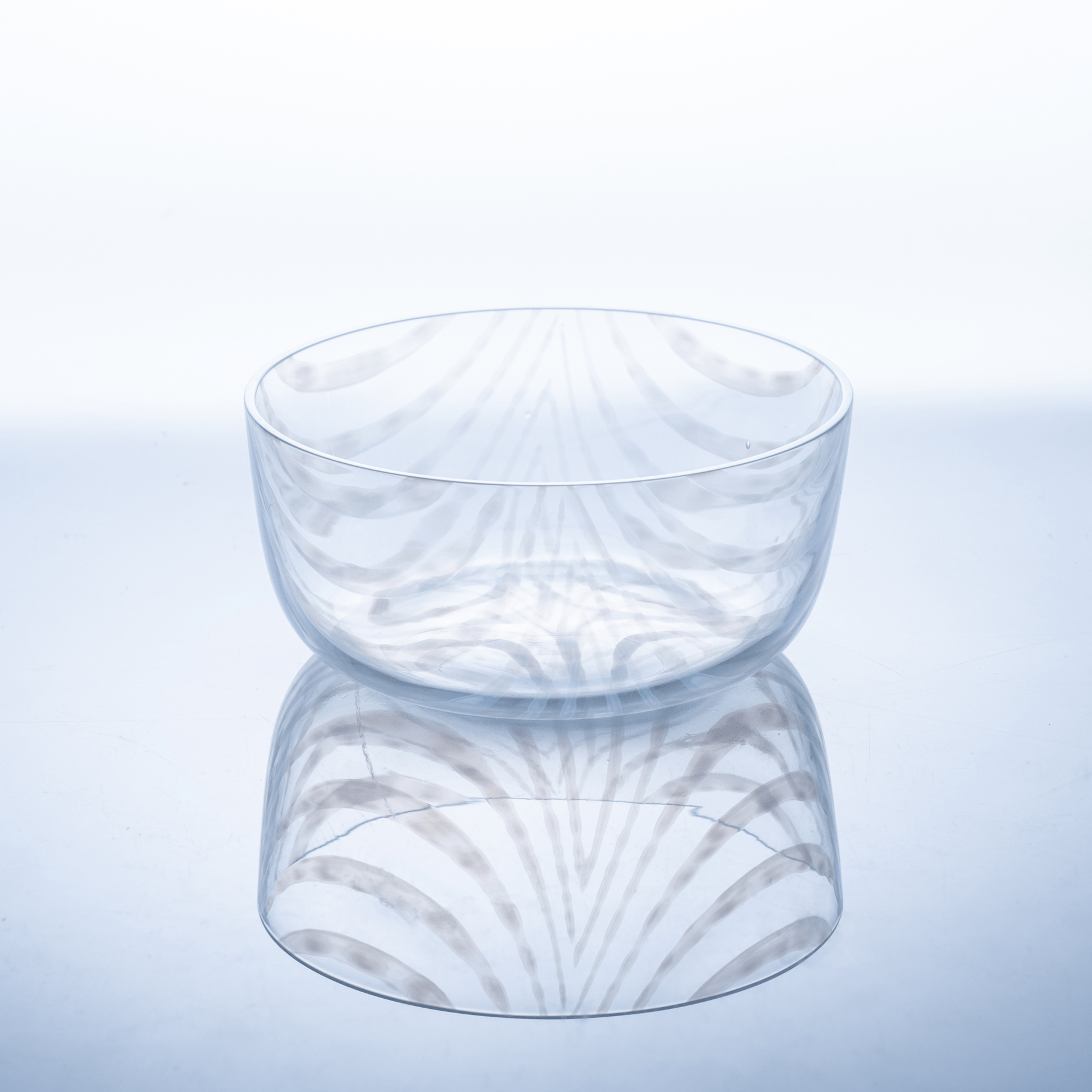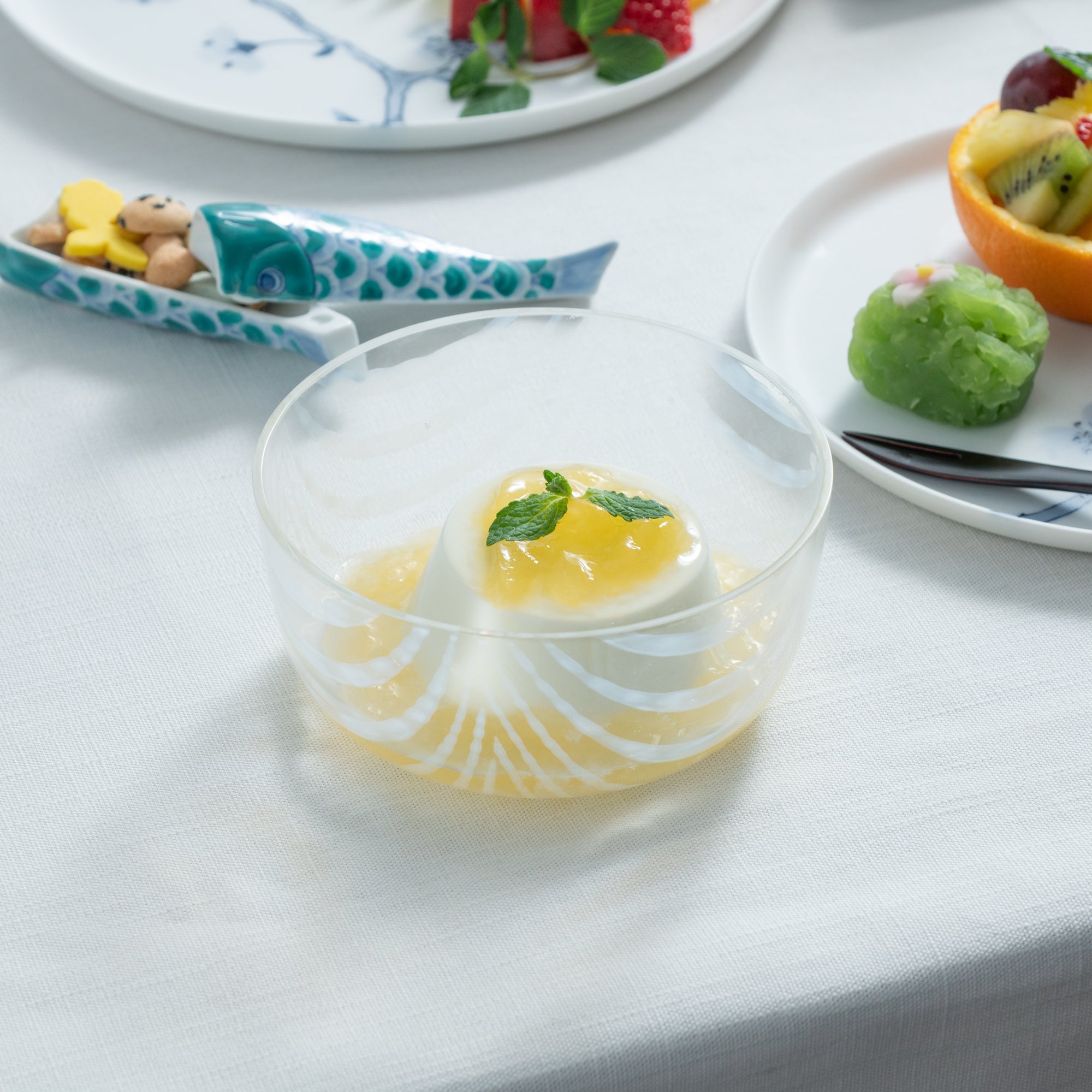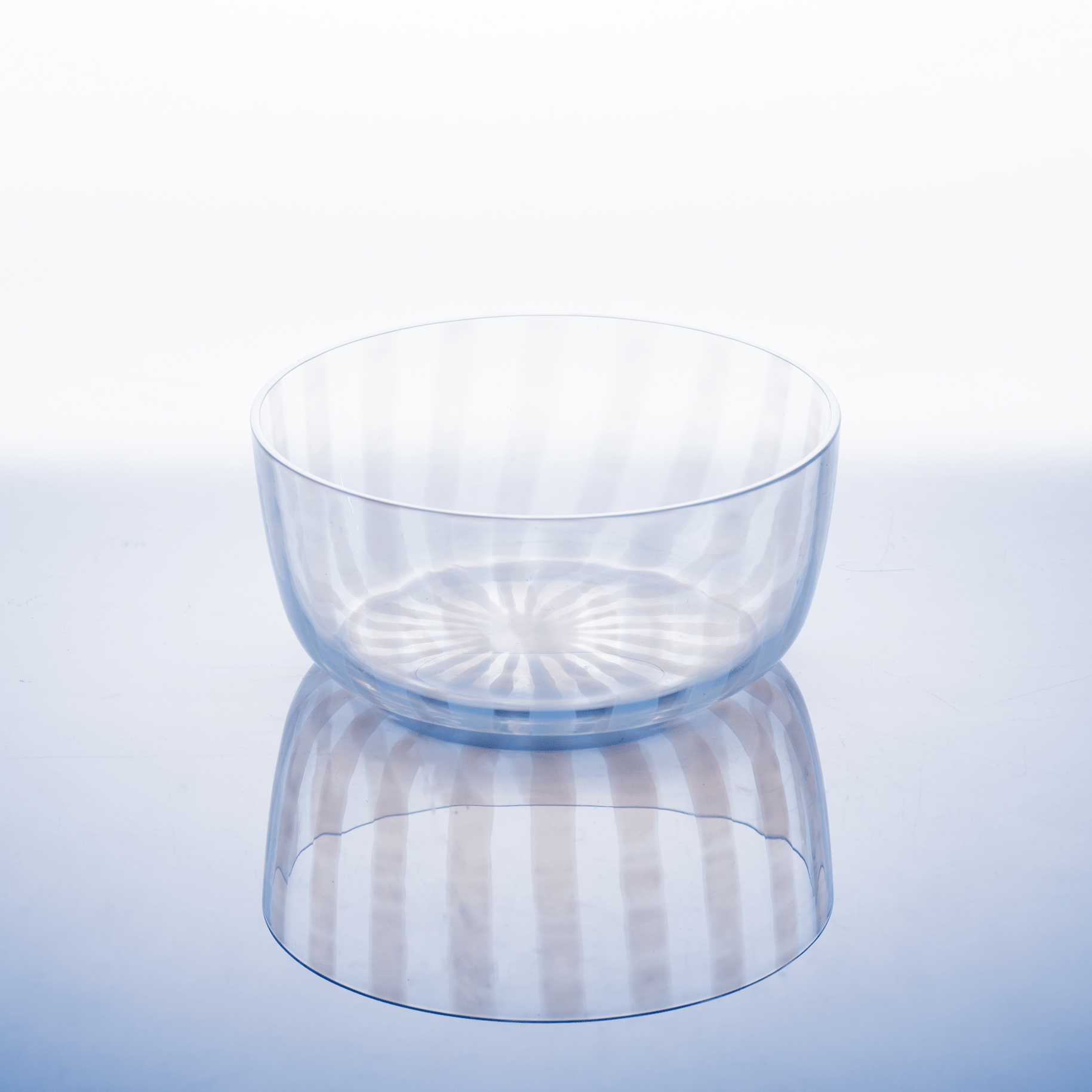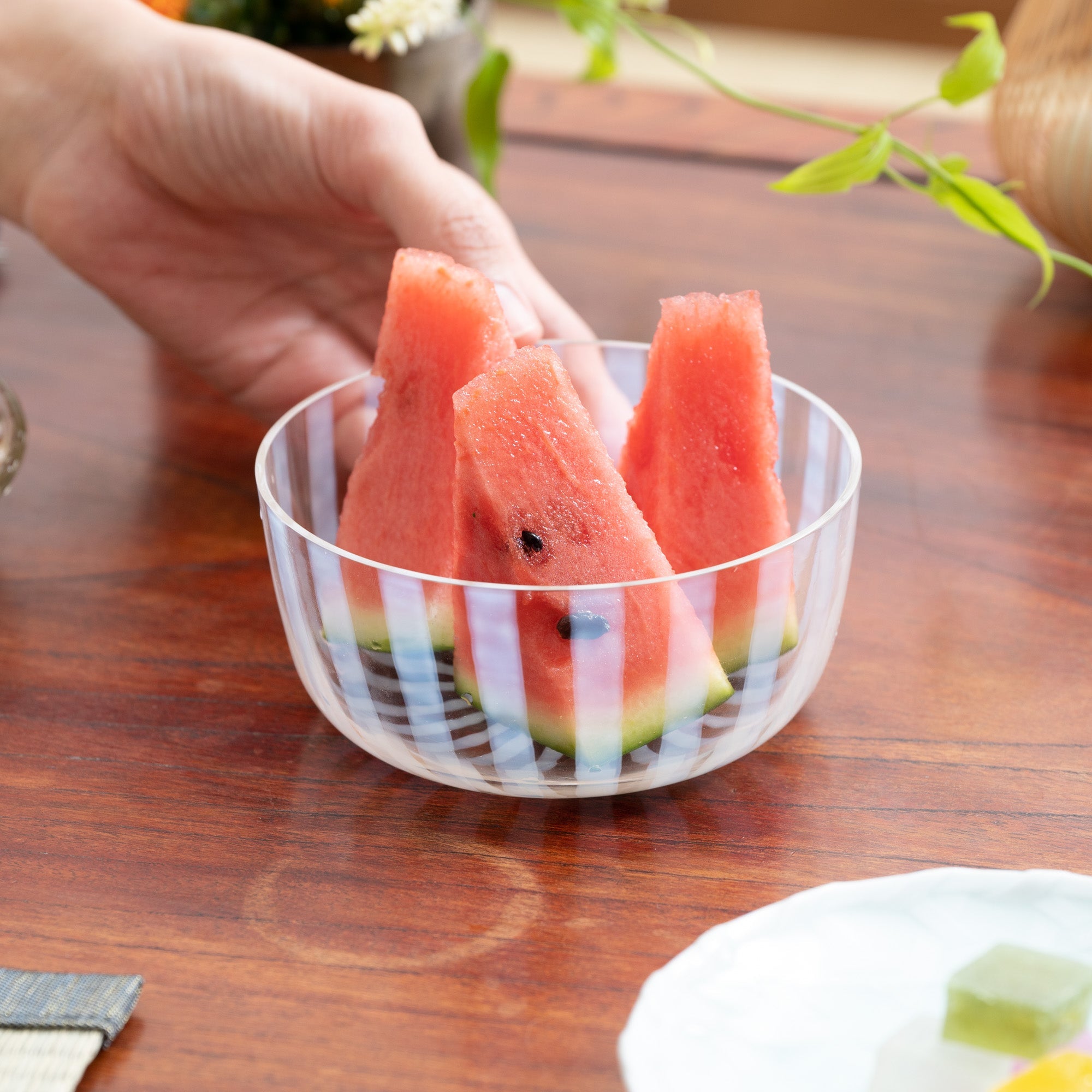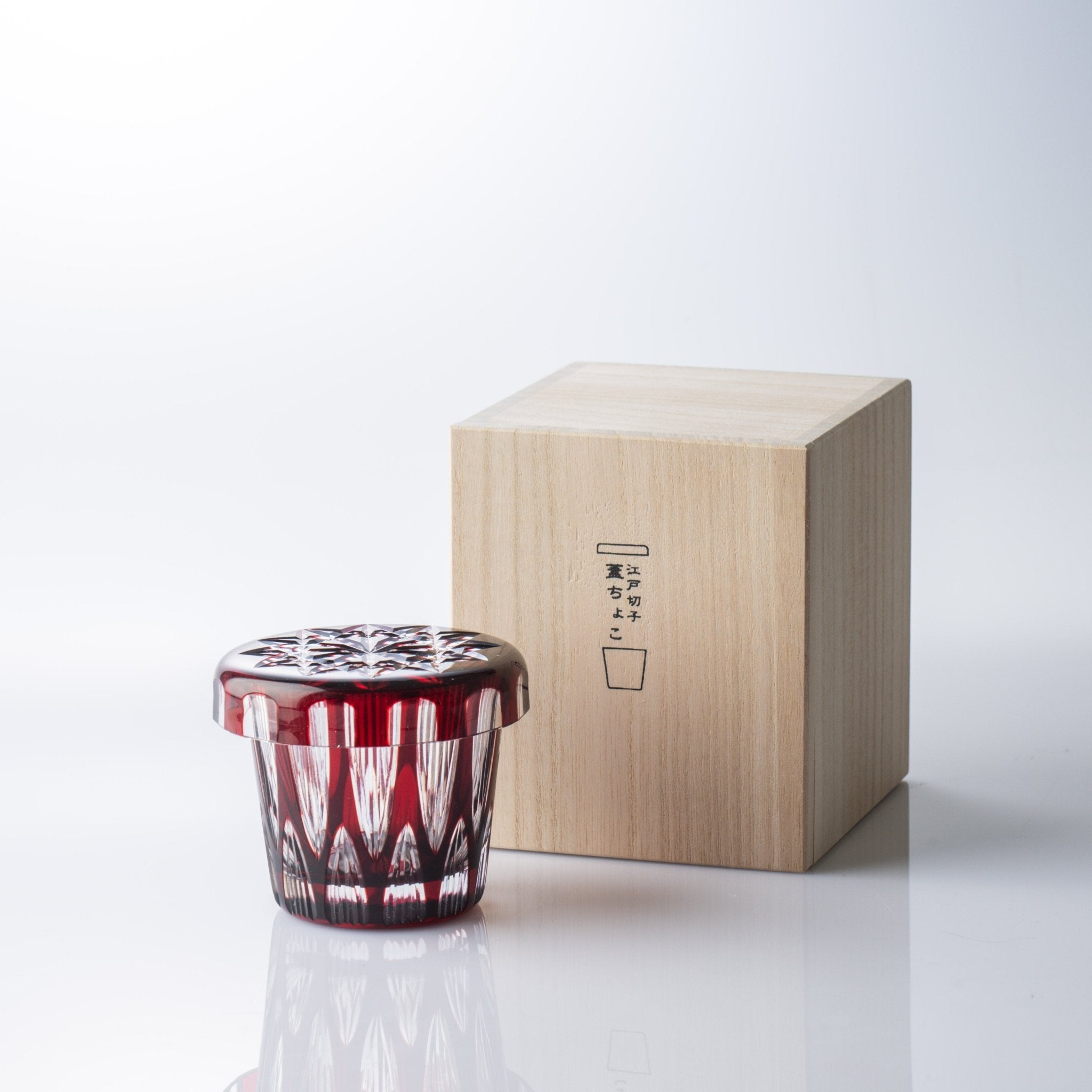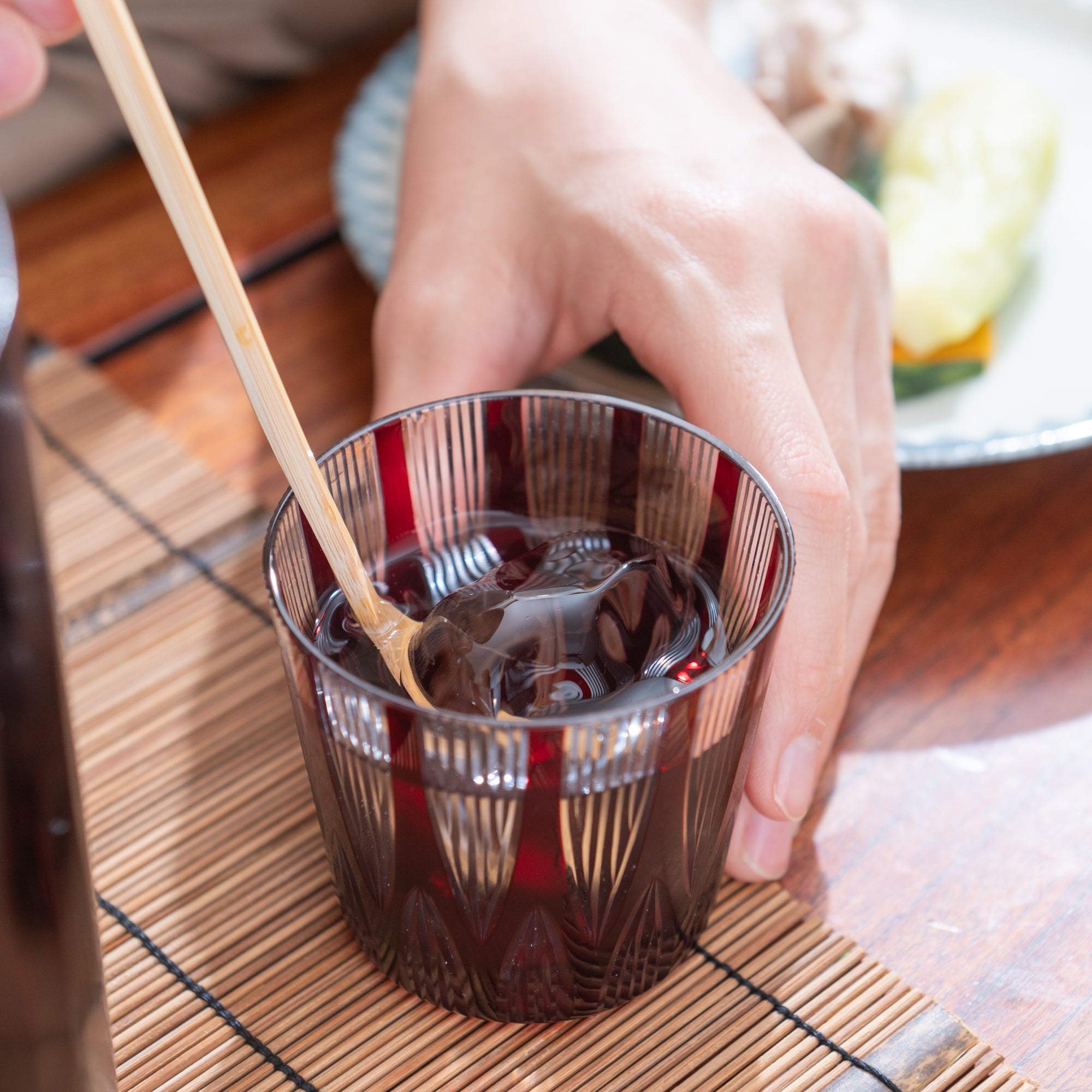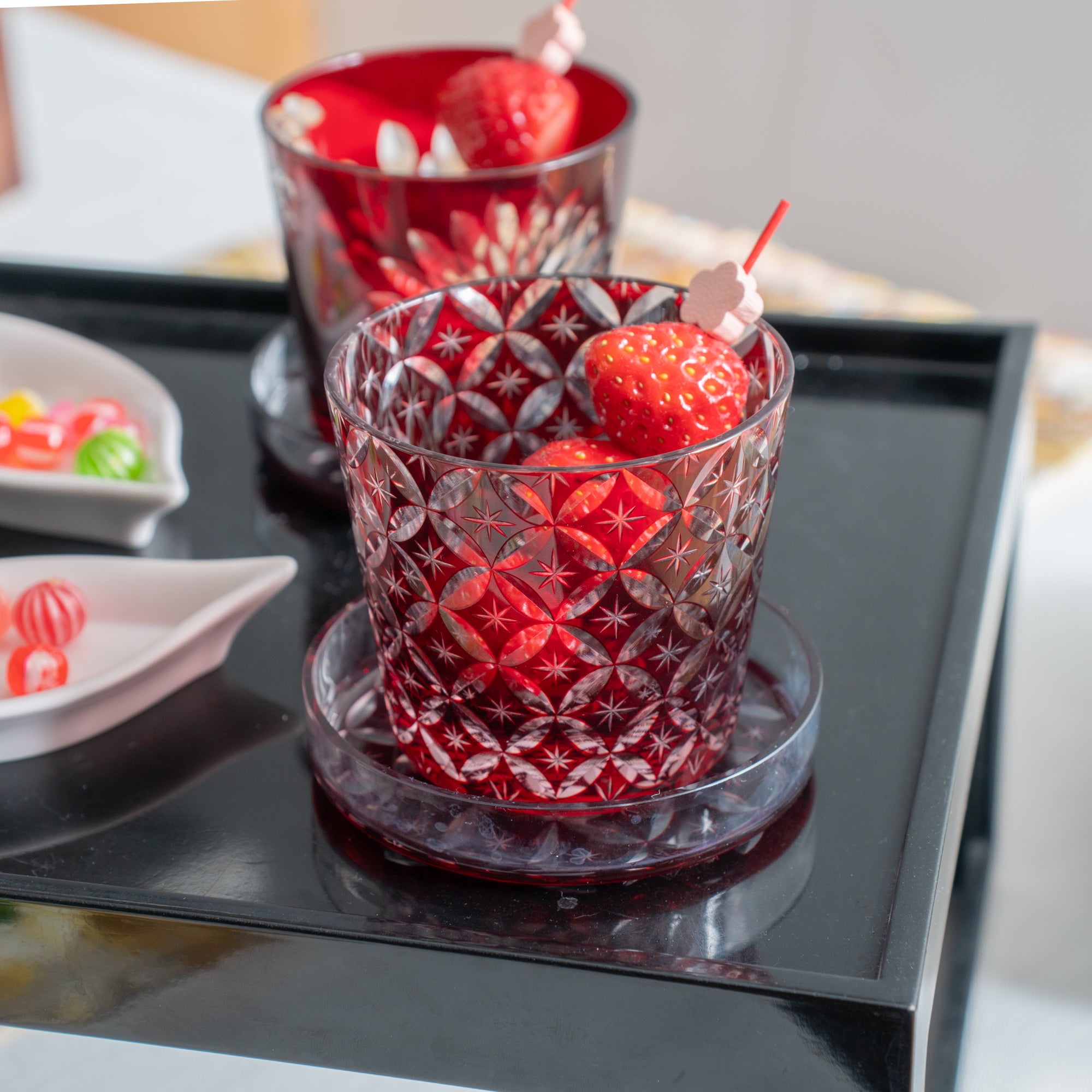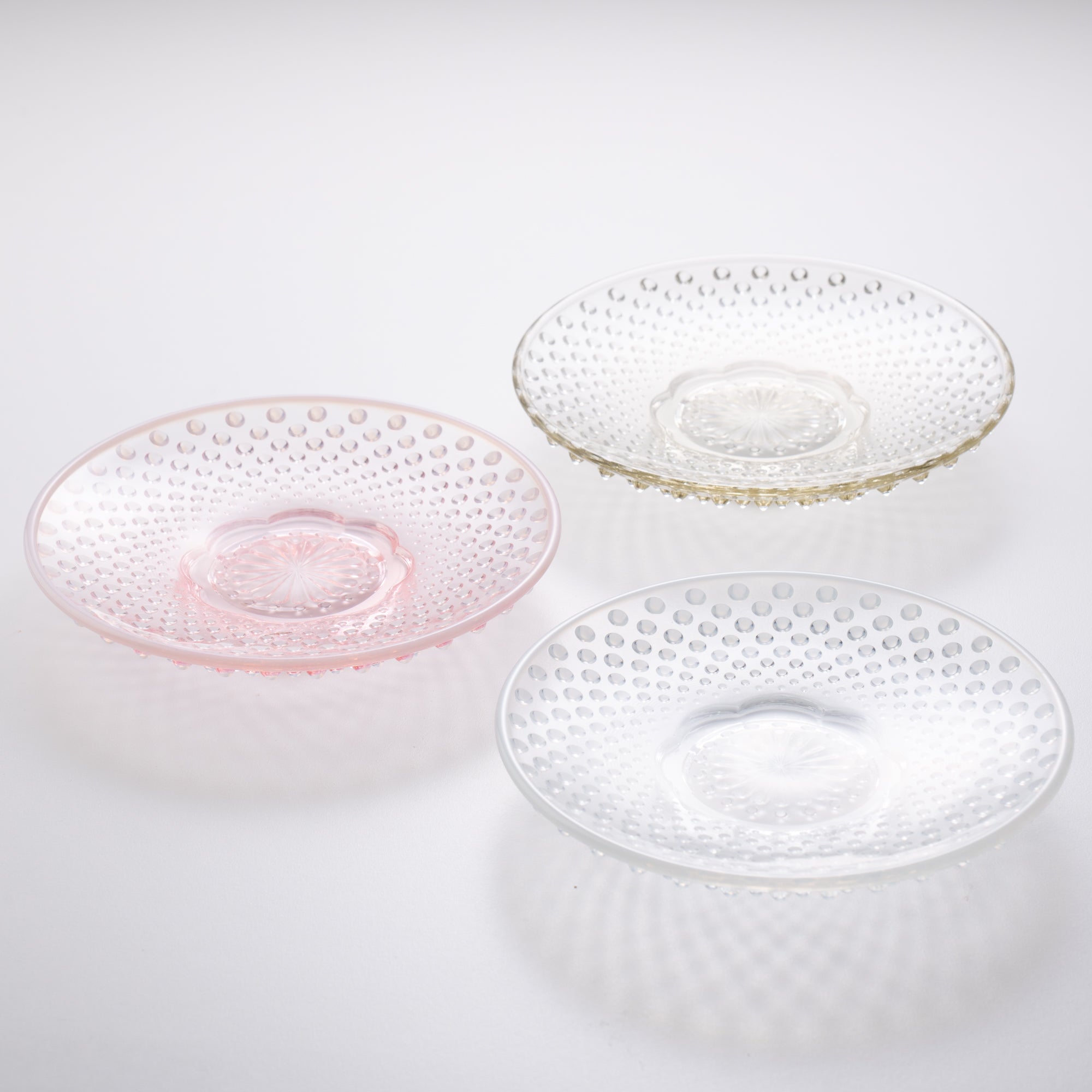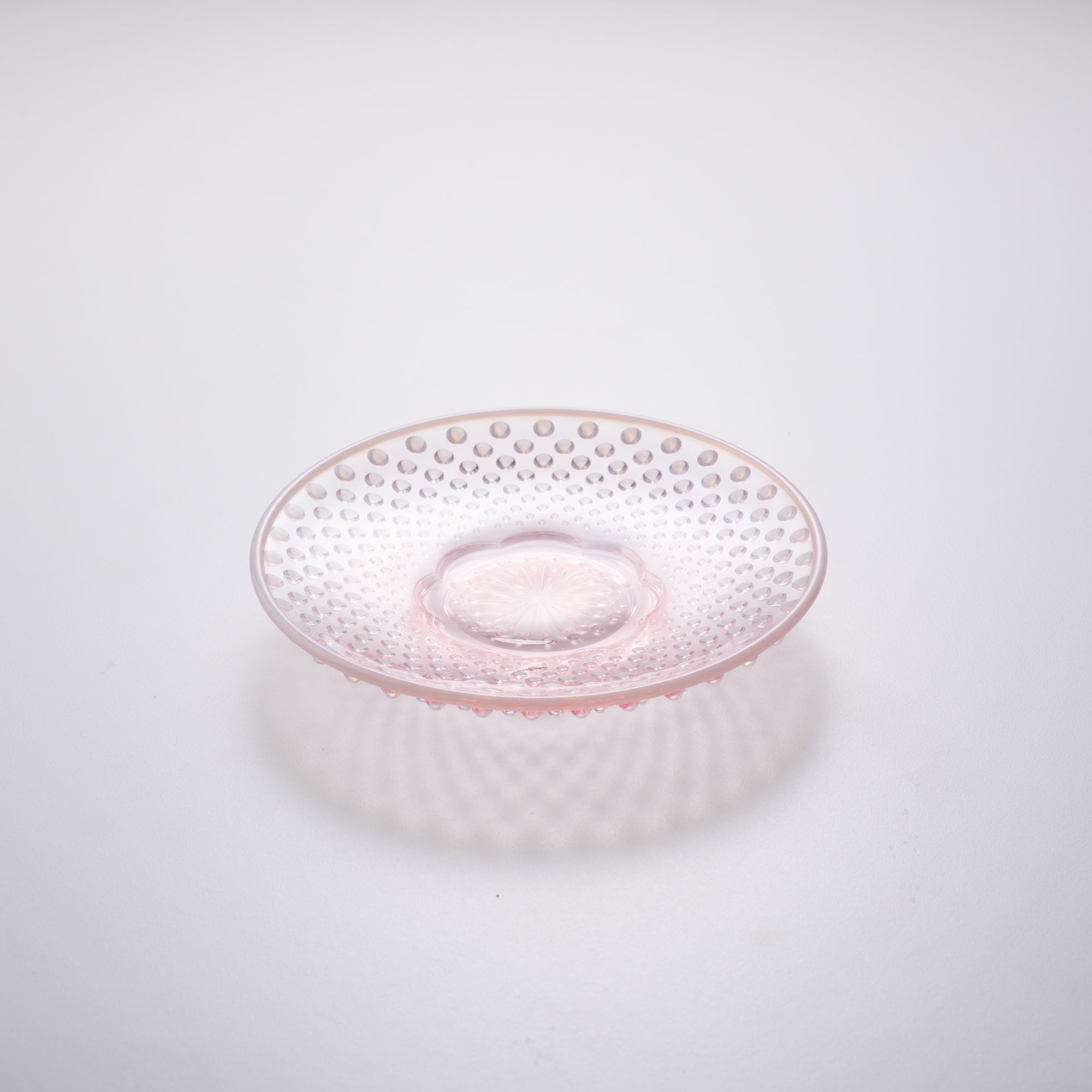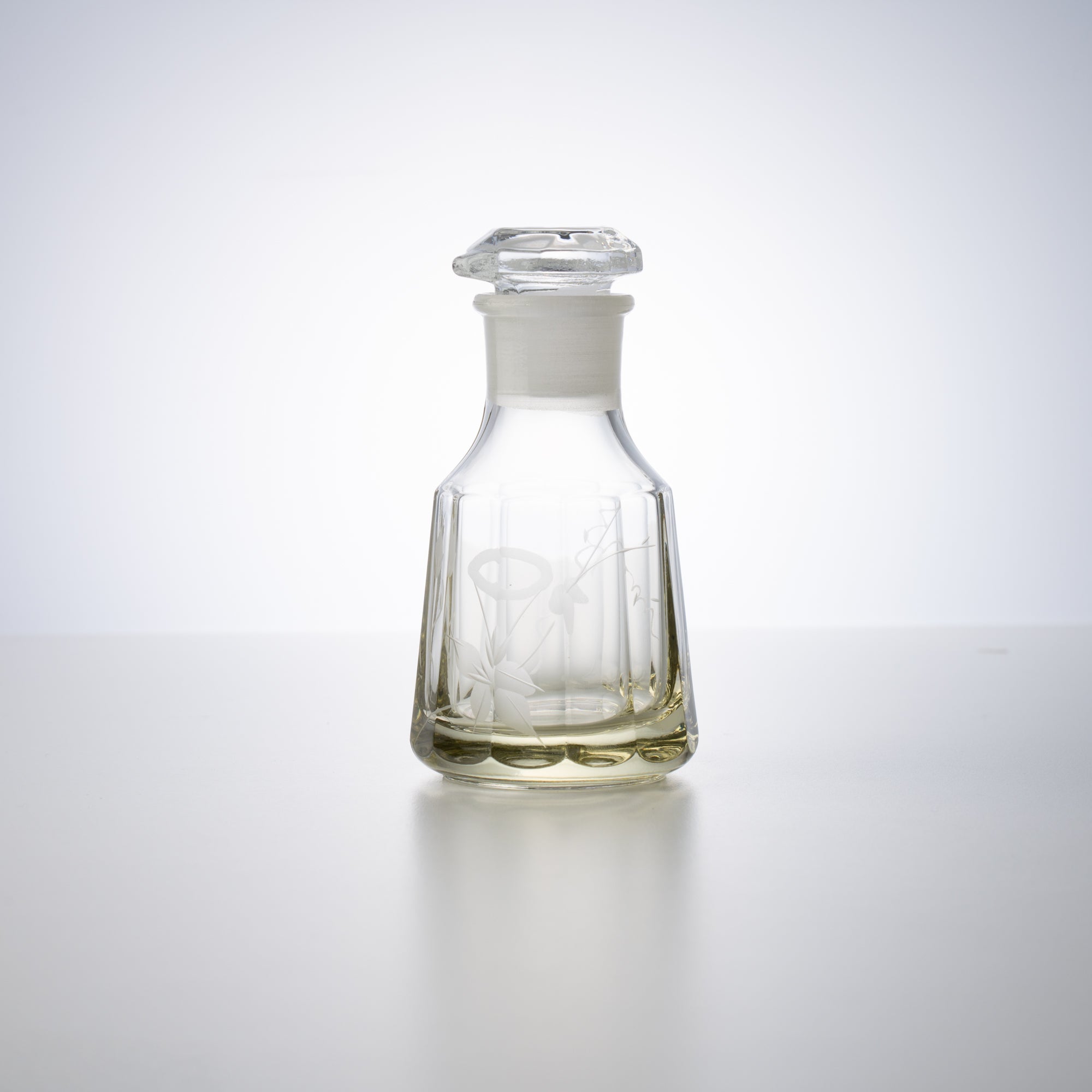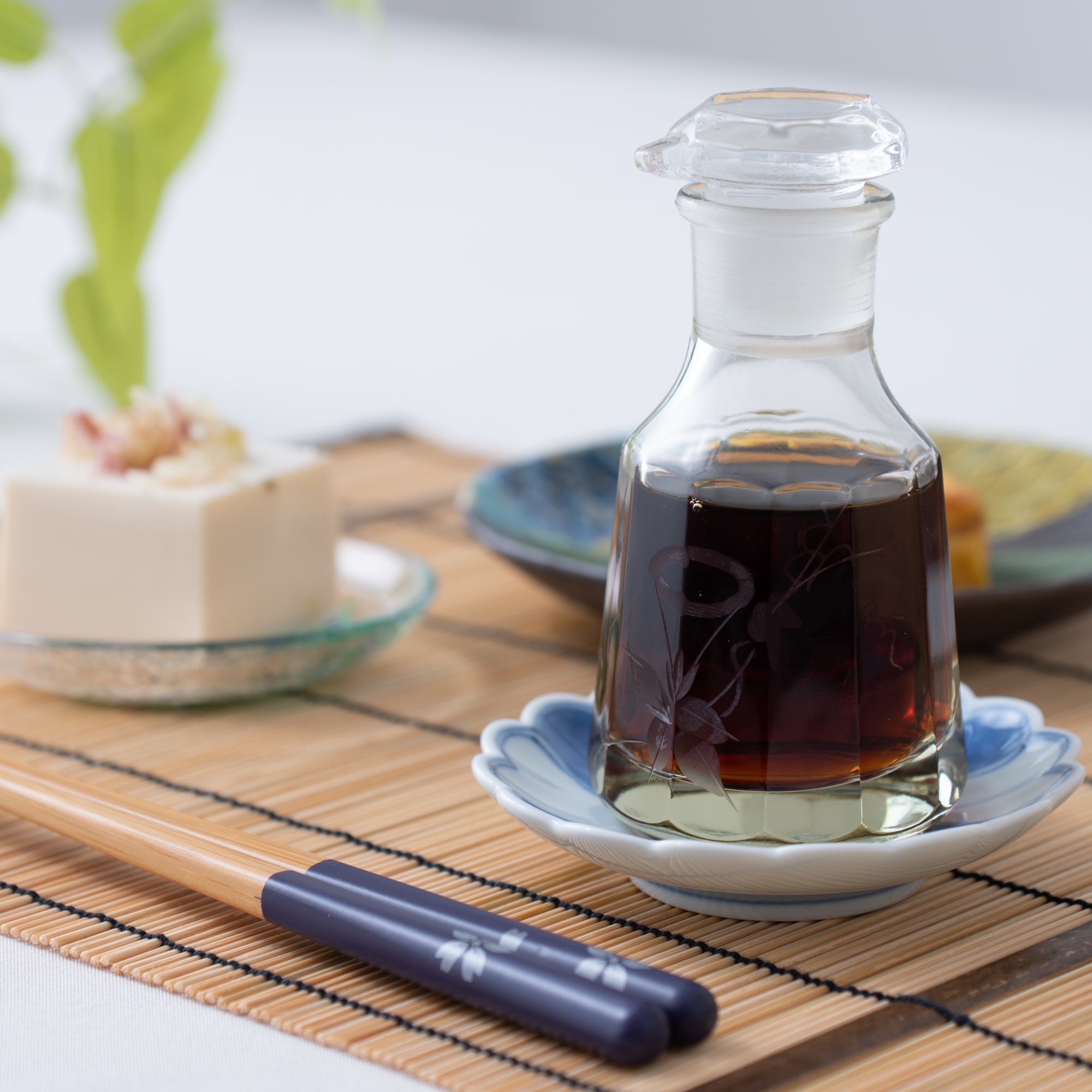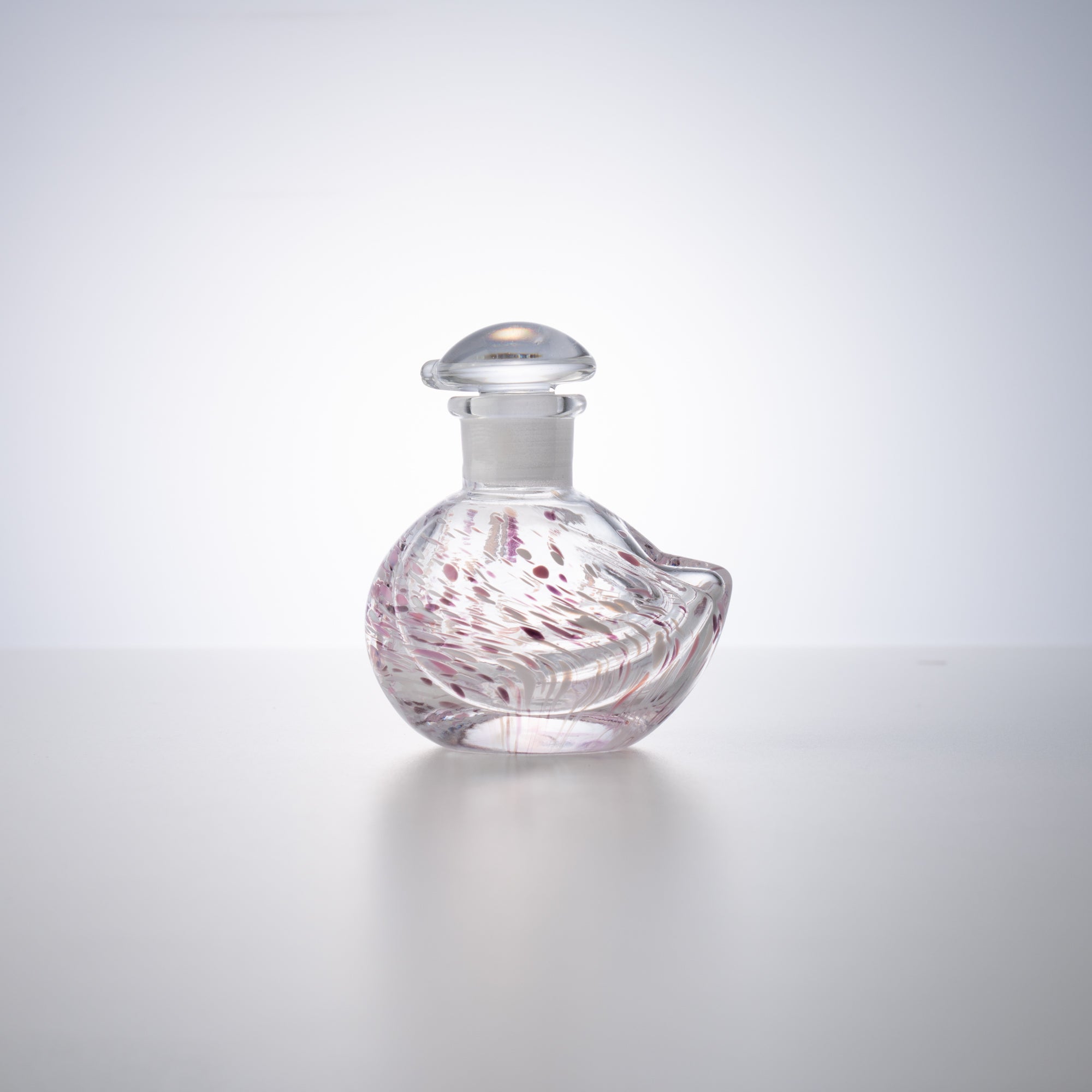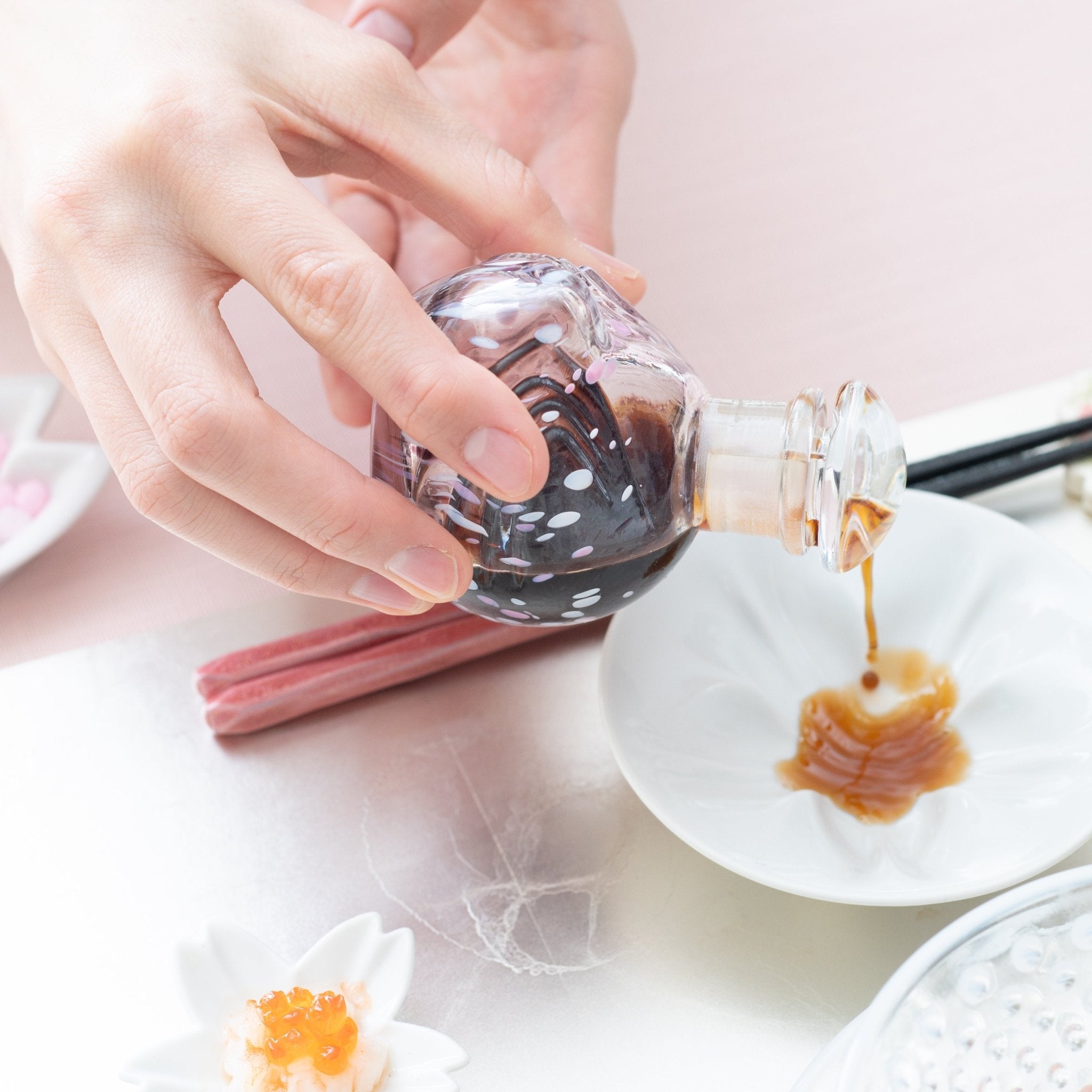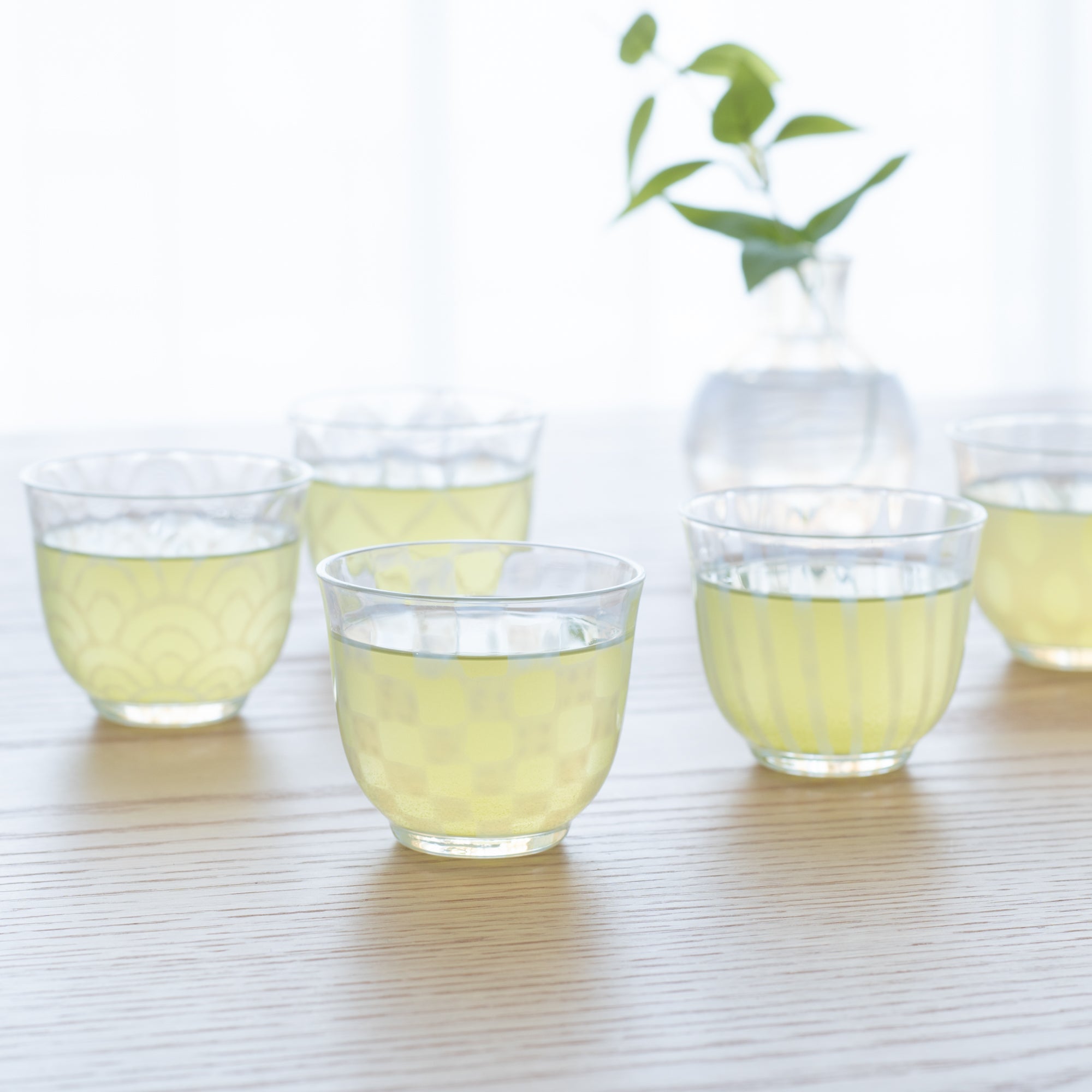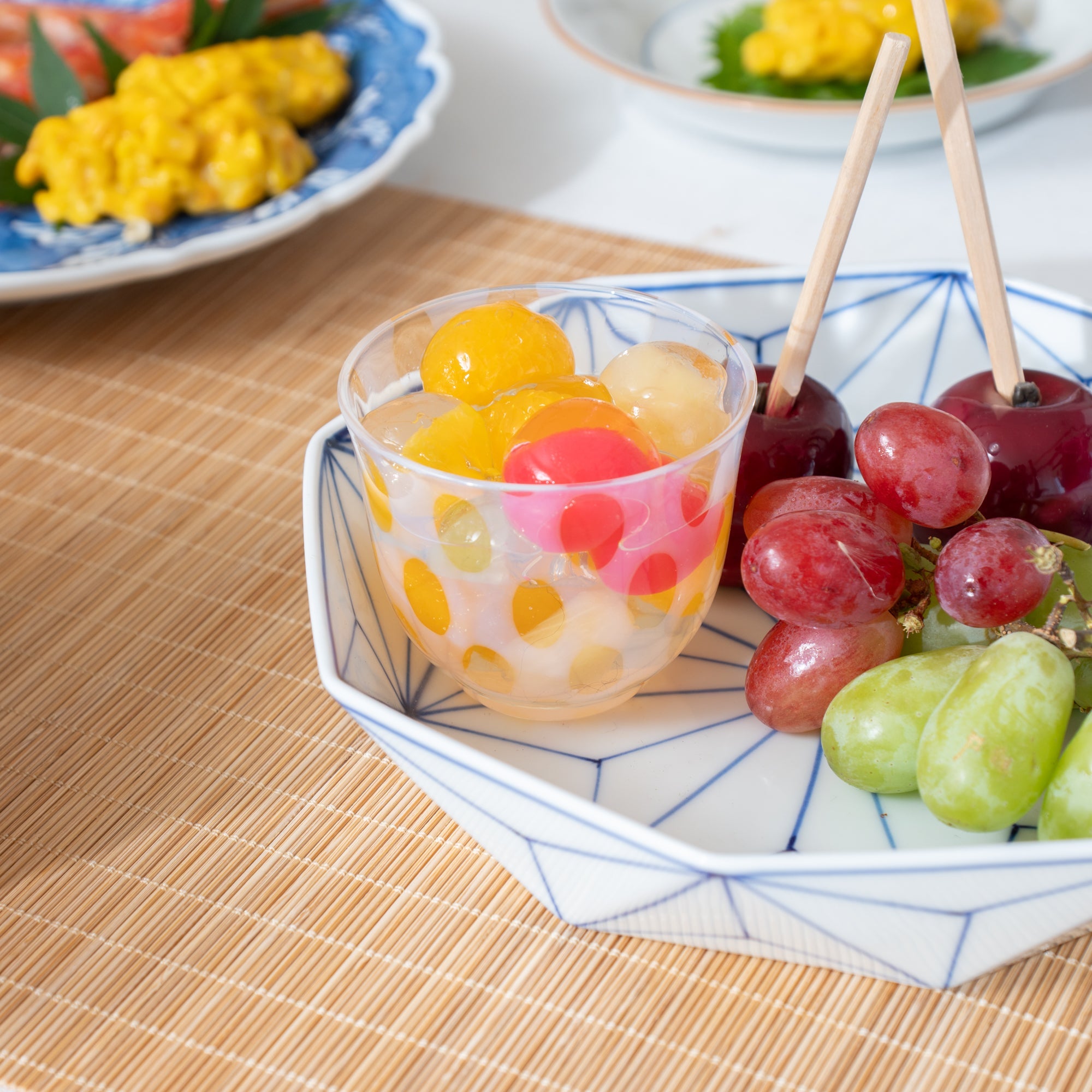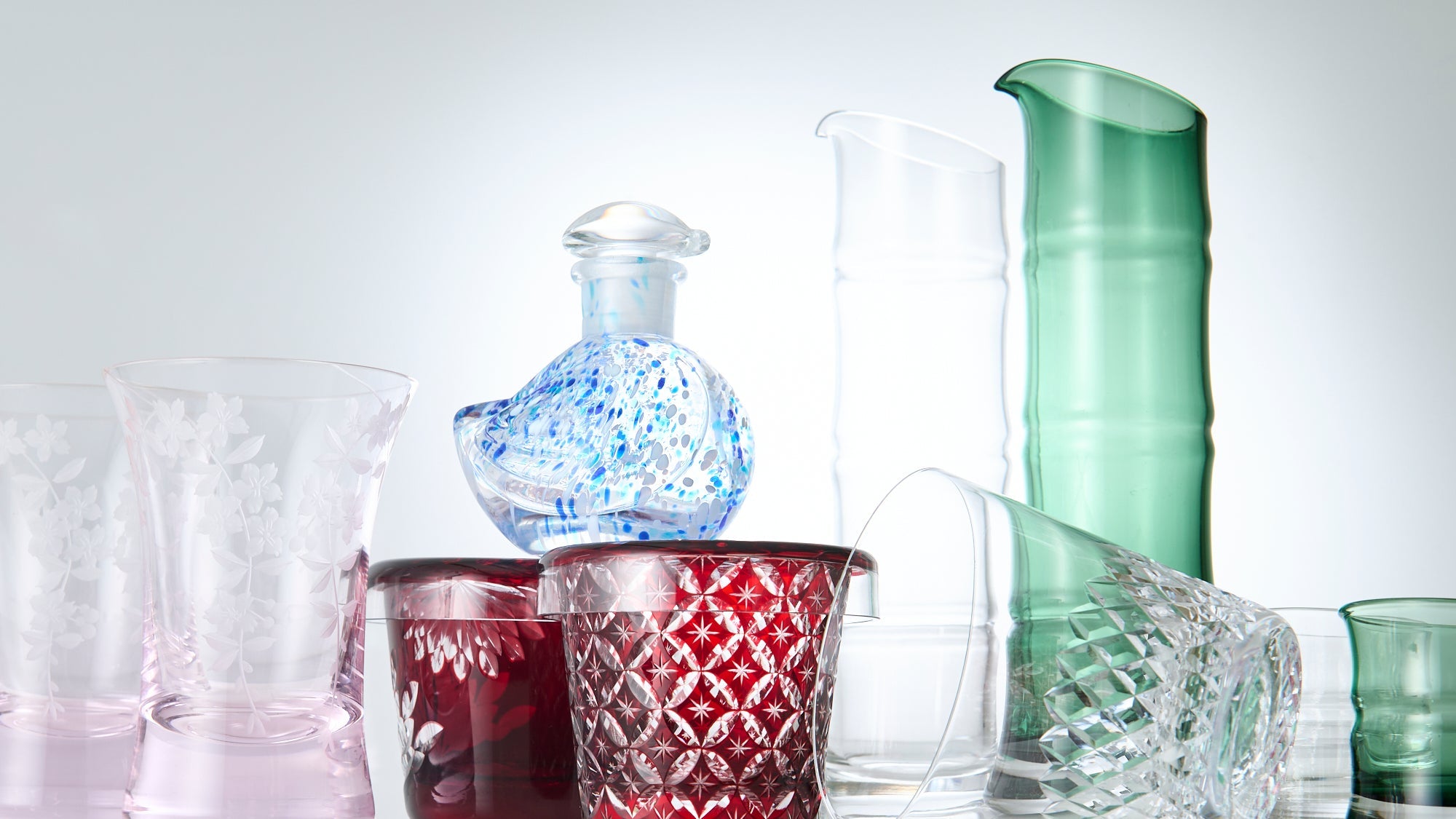
Hirota Glass
When Hirota Glass was founded, Japan was in the Meiji Era (1868 CE–1912 CE), a time marked by the Industrial Revolution and increasing Westernization of the townscapes.
During this era, Japanese and Western arts, crafts, architecture, and designs began to blend. By the Taisho Era (1912 CE–1926 CE), this fusion gave rise to "Taisho Romanticism," a unique aesthetic style of the time.
In 2002, Hirota Tatsuo, the third director of Hirota Glass, began reviving the classic glassware styles popular during the Taisho Era. Today, the exotic charm of Taisho Romanticism continues to be reflected in Hirota Glass's creations.
Series
Springtime in Kyoto is adorned by a delicate tapestry of sakura petals and leaves. Among these blossoms, the weeping cherry trees, or Gion-zakura, hold a special place as emblematic of the city's unique atmosphere. Green and pink hues pop against the yellowish cream-white base, evoking images of leaves and blossoms gently swaying and drooping down gracefully. Immerse yourself in these intricate paintings that capture the essence of Kyoto's sakura.

In the 1980s, Hirota Glass, an Edo glassmaker, designed the Taisho Roman series. The "milky white glass" manufacturing method, popular during the Meiji (1868 CE–1912 CE) and Taisho (1912 CE–1926 CE) eras, was revived for this series through a process of trial and error.
Today, with the exception of antique stores, it is rare to encounter glassware that employs this technique.
The milky-white patterns are not painted on the glass but are created by exposing the glass to rapid changes in temperature during the molding process, using a material that contains a natural ingredient called bone ash.
Enjoy the transient yet stunning opalescent hues, crafted by the artisan's precise temperature control.
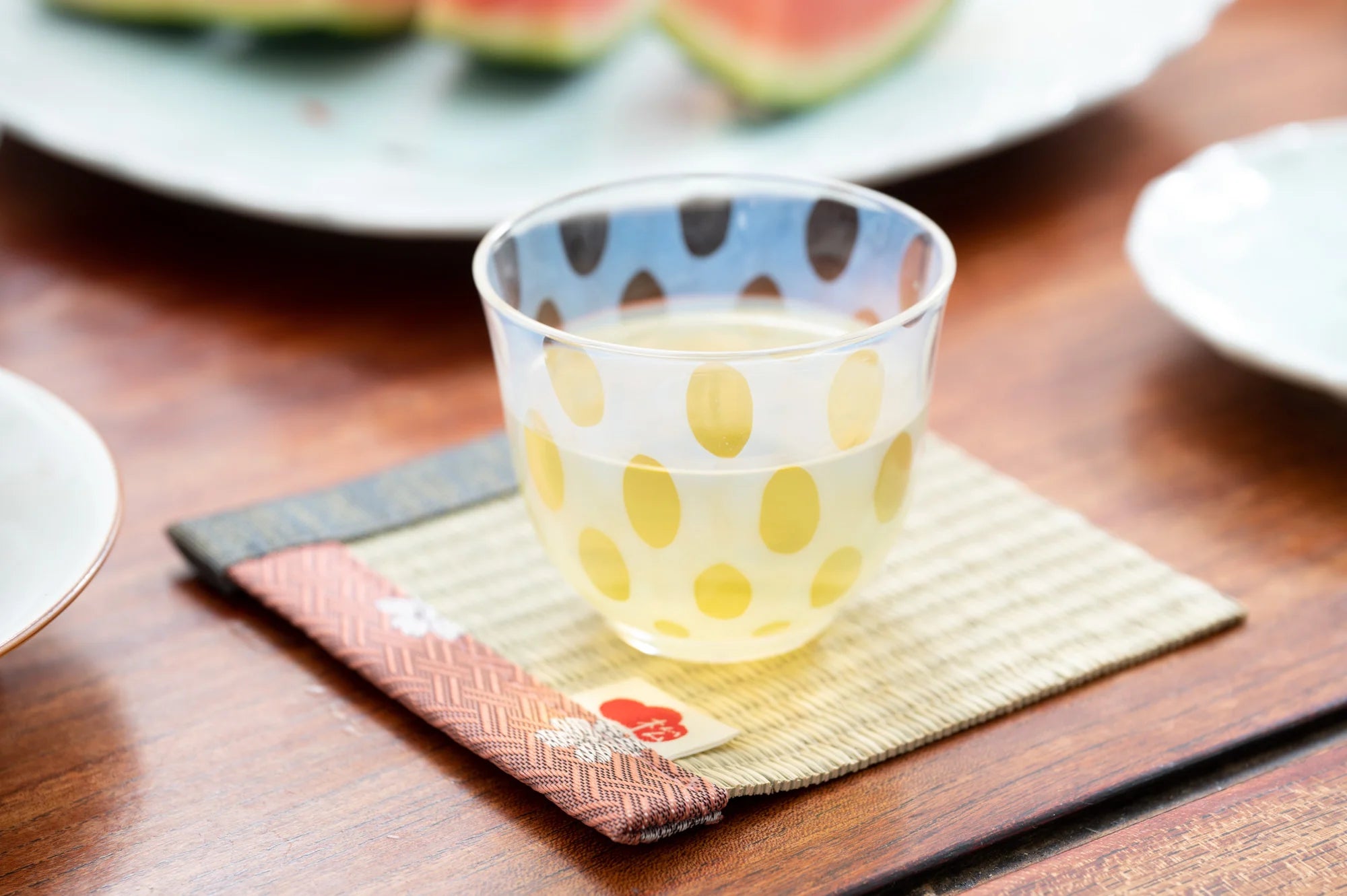
Taisho Romanticism and Hirota Glass
The Taisho Era, spanning a mere 15 years, left an outsized mark on Japanese history with the birth of a distinct cultural identity—Taisho Bunka, "Taisho Culture."
This era coincided with the global ripple effects of the Industrial Revolution, propelling Japan towards a period of remarkable growth. Logistics, industry, and commerce boomed, fueled by advancements in transportation. Railroads and buses wove their way through cities, while telephones, newspapers, and magazines became the new engines of cultural and informational exchange.
Additionally, Taisho Democracy, a term referring to the democratic and liberal movements that gained popularity among the middle class, focused on improving the social status of women. The ideas of freedom and liberation spread, making literature, music, and art fashionable with the elegant expressions unique to this era.
In art and design, Taisho Romanticism emerged as a fusion of Western influences and traditional Japanese expressions. This style is characterized by graceful yet decadent designs, creating a bittersweet atmosphere reminiscent of the Jazz Age in the 1920s.
Hirota Glass continues to preserve and embody the designs of Taisho Romanticism to this day.
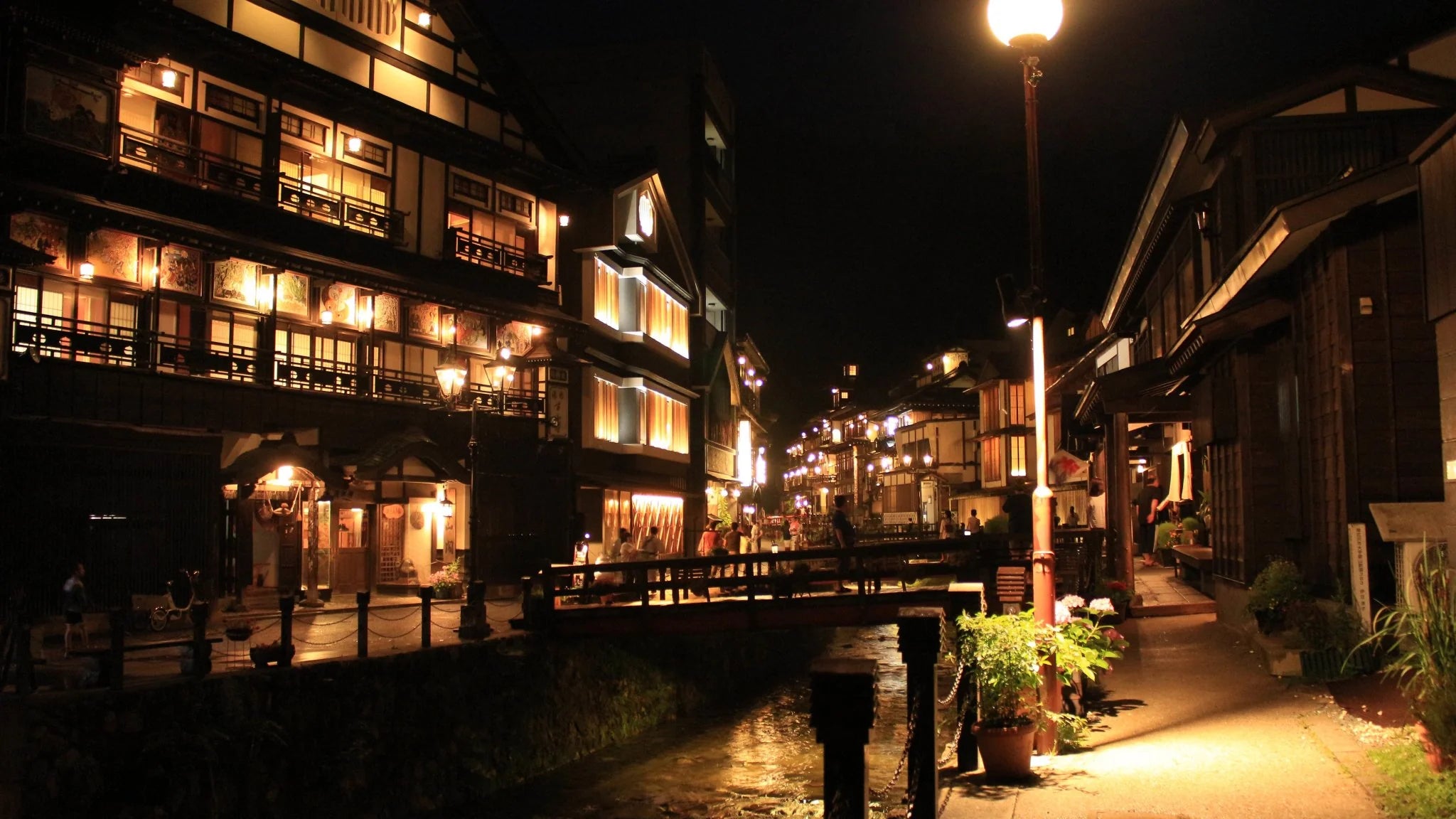
Inspired by the shape ofarare, meaning hail, this series showcases glasskobachibowls and plates adorned with an ornate arrangement of glass droplets. The timeless arare pattern, beloved in Japan for centuries, lends a unique bumpy texture. This intricately crafted surface catches the light, shimmering with soft hues that evoke a sense of nostalgia.
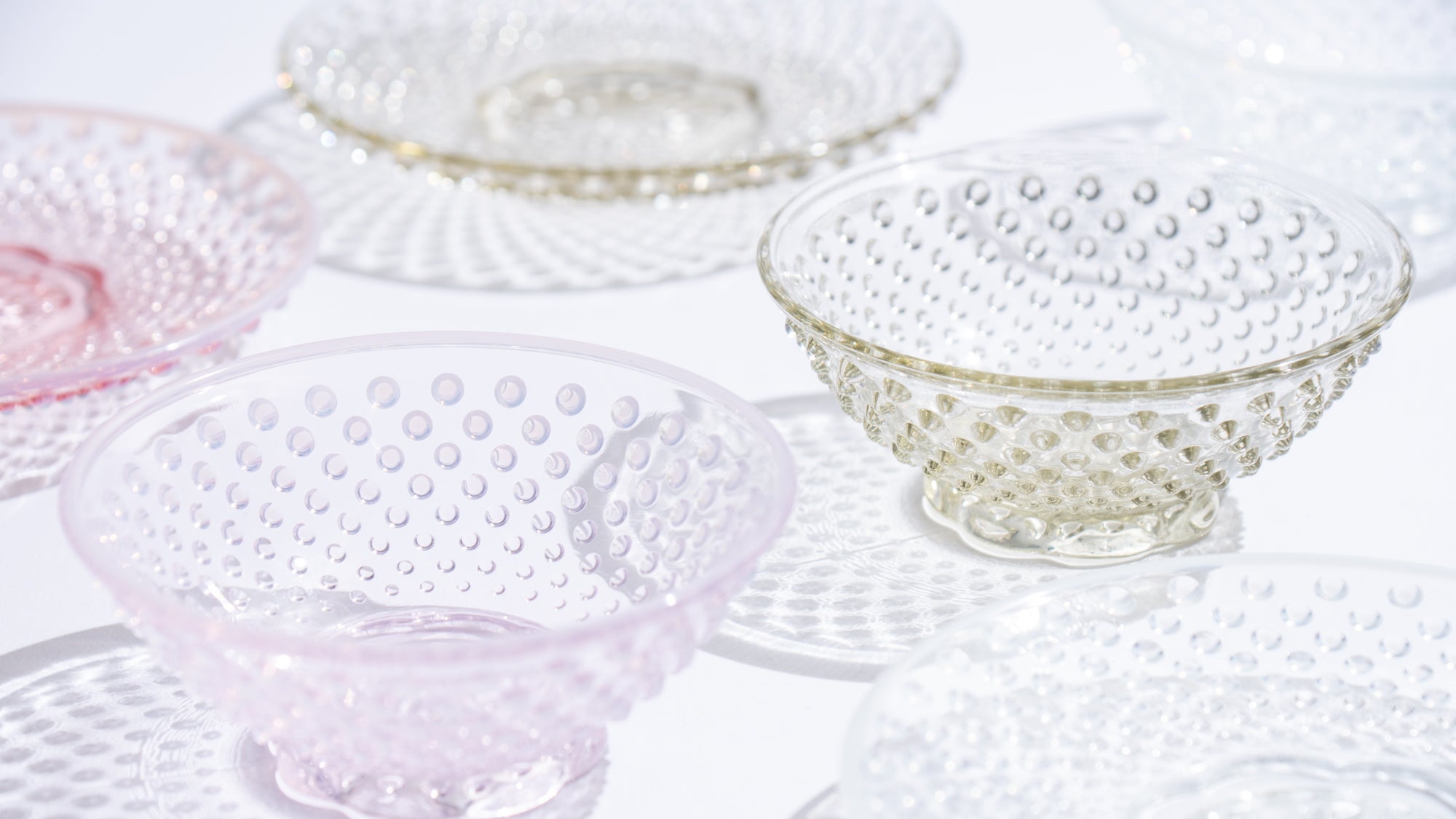
Origin & Other Makers
Filters


